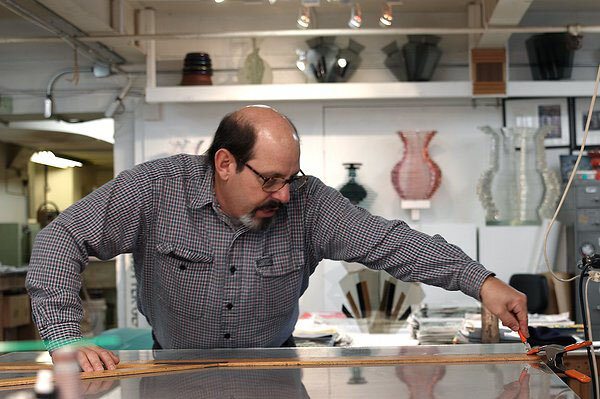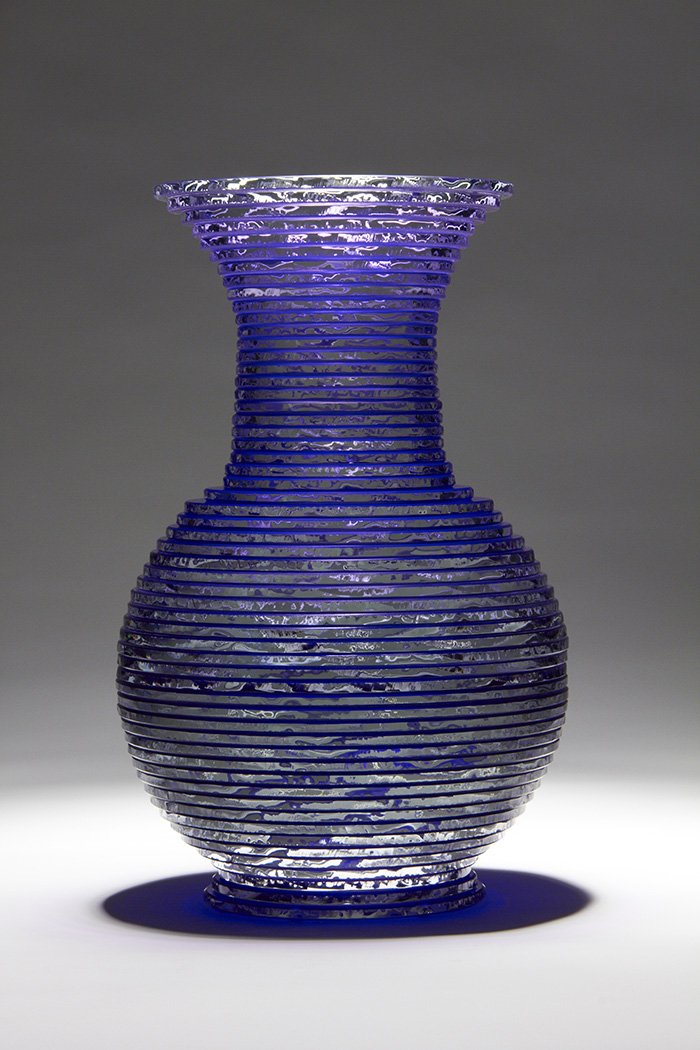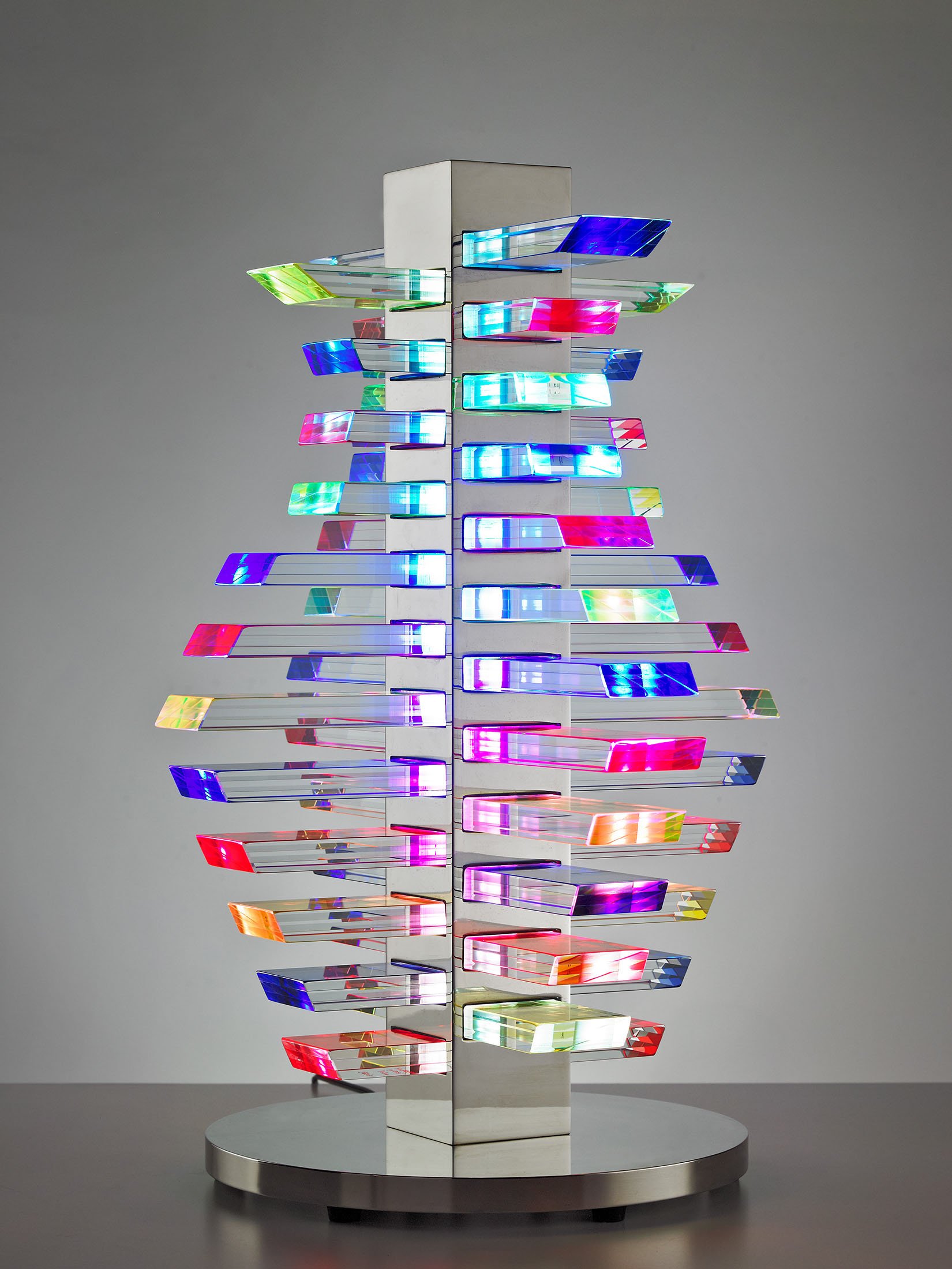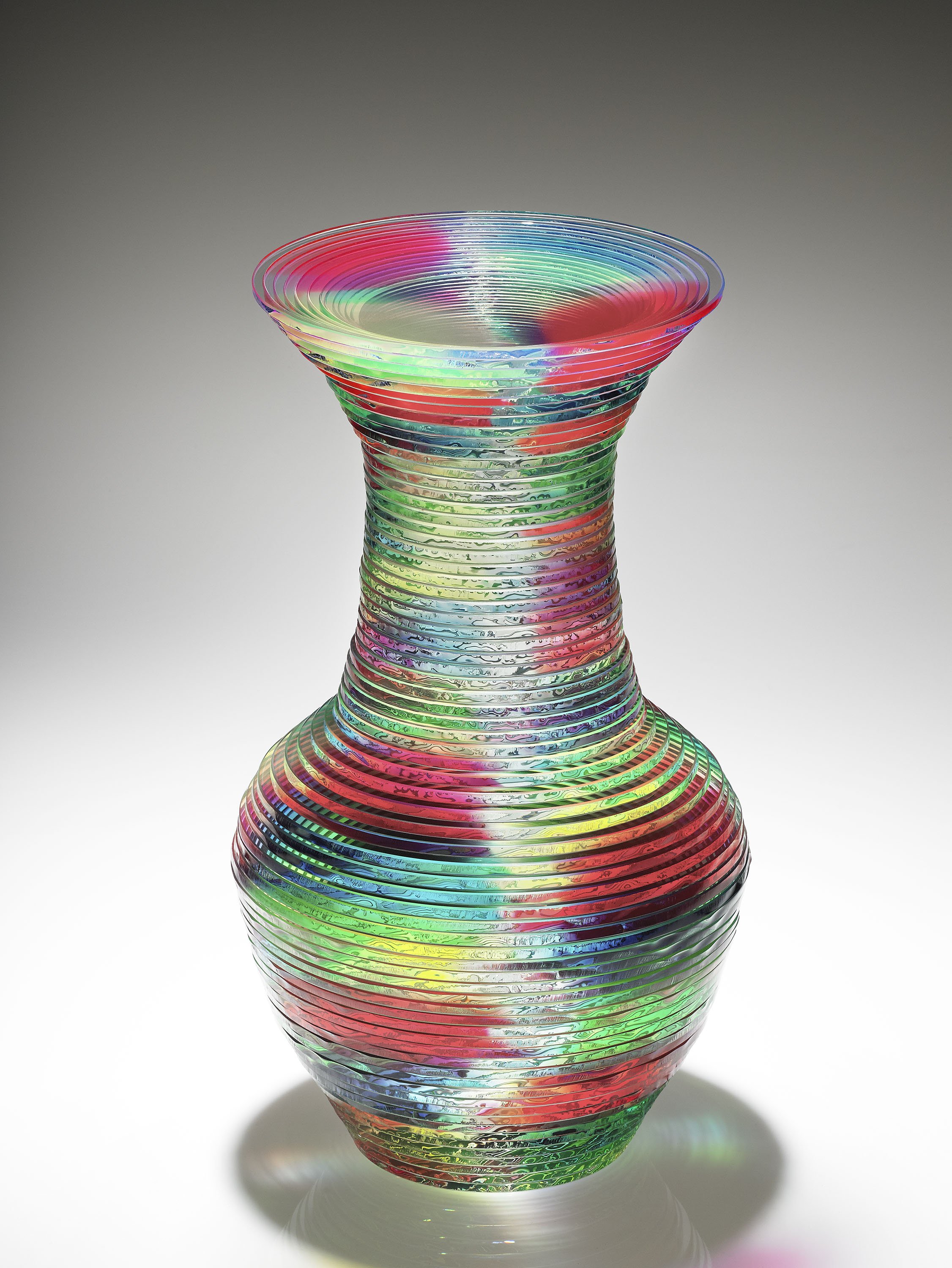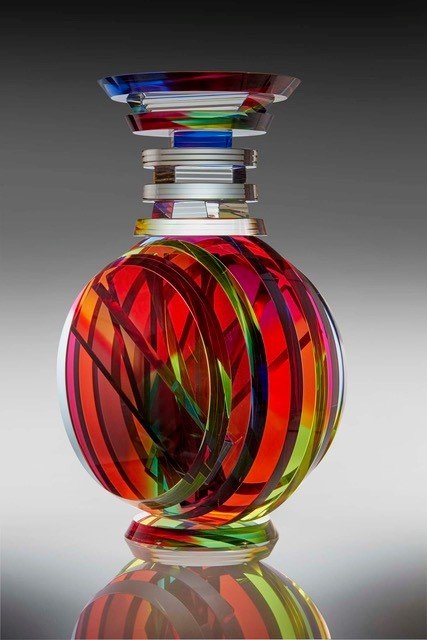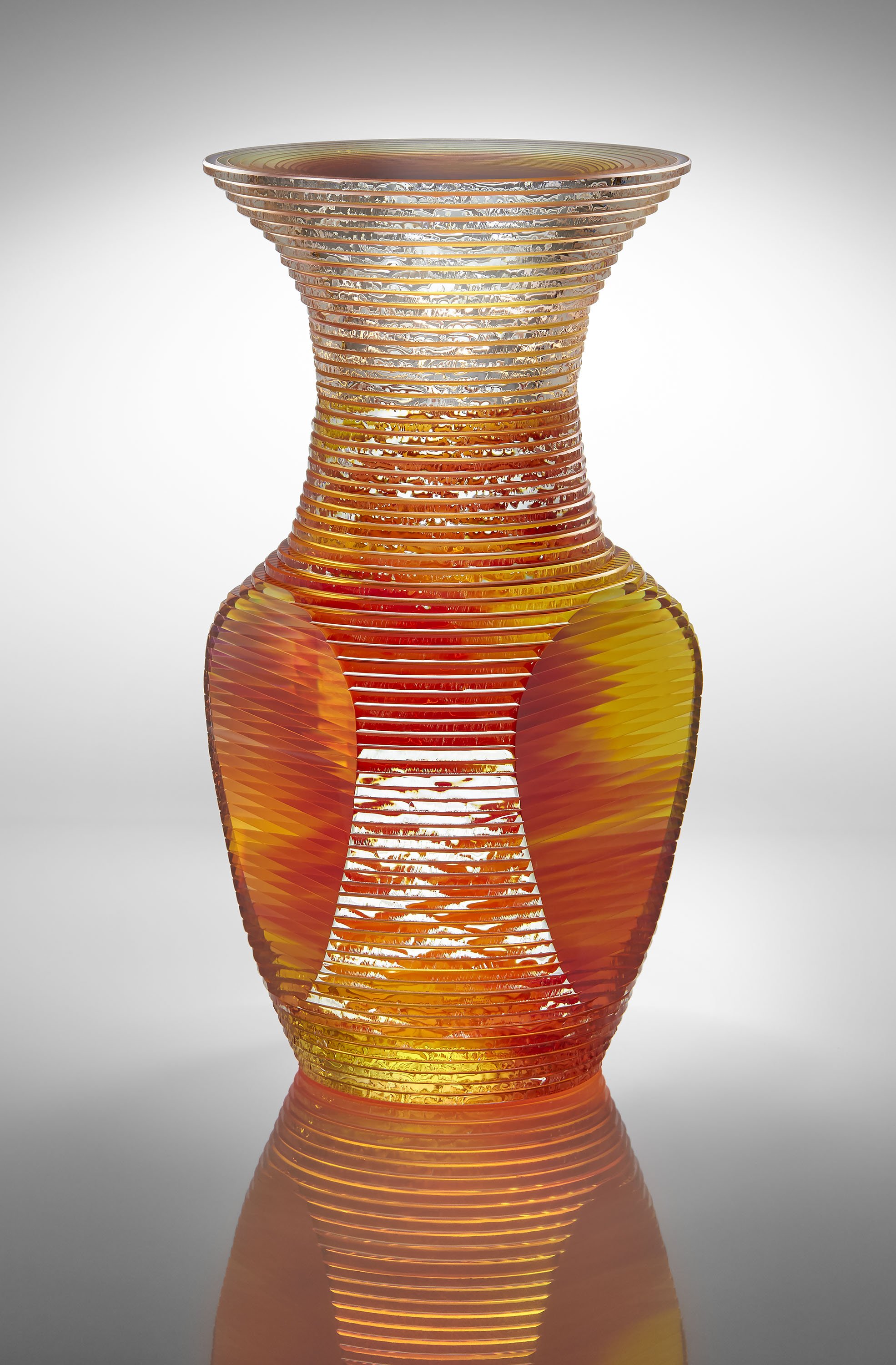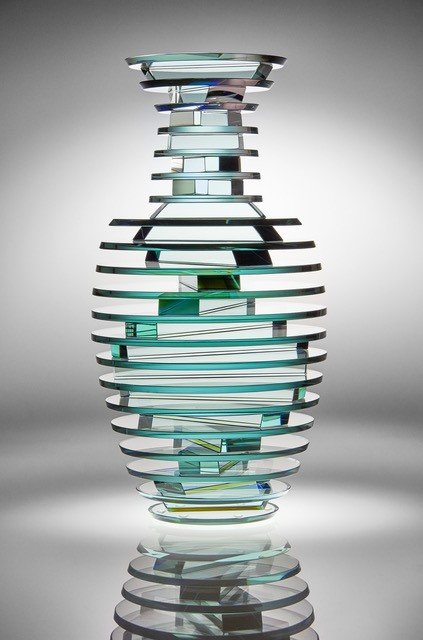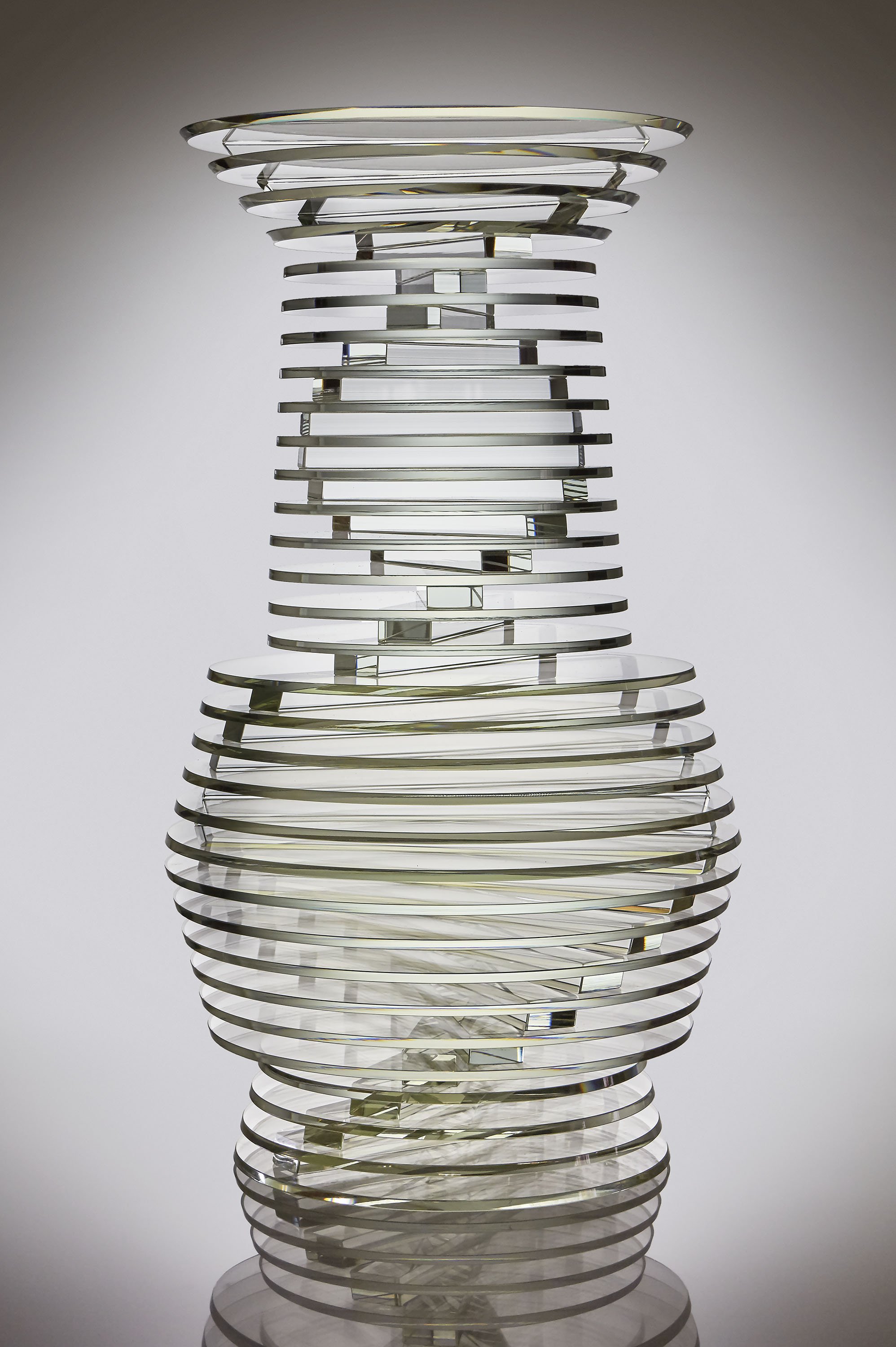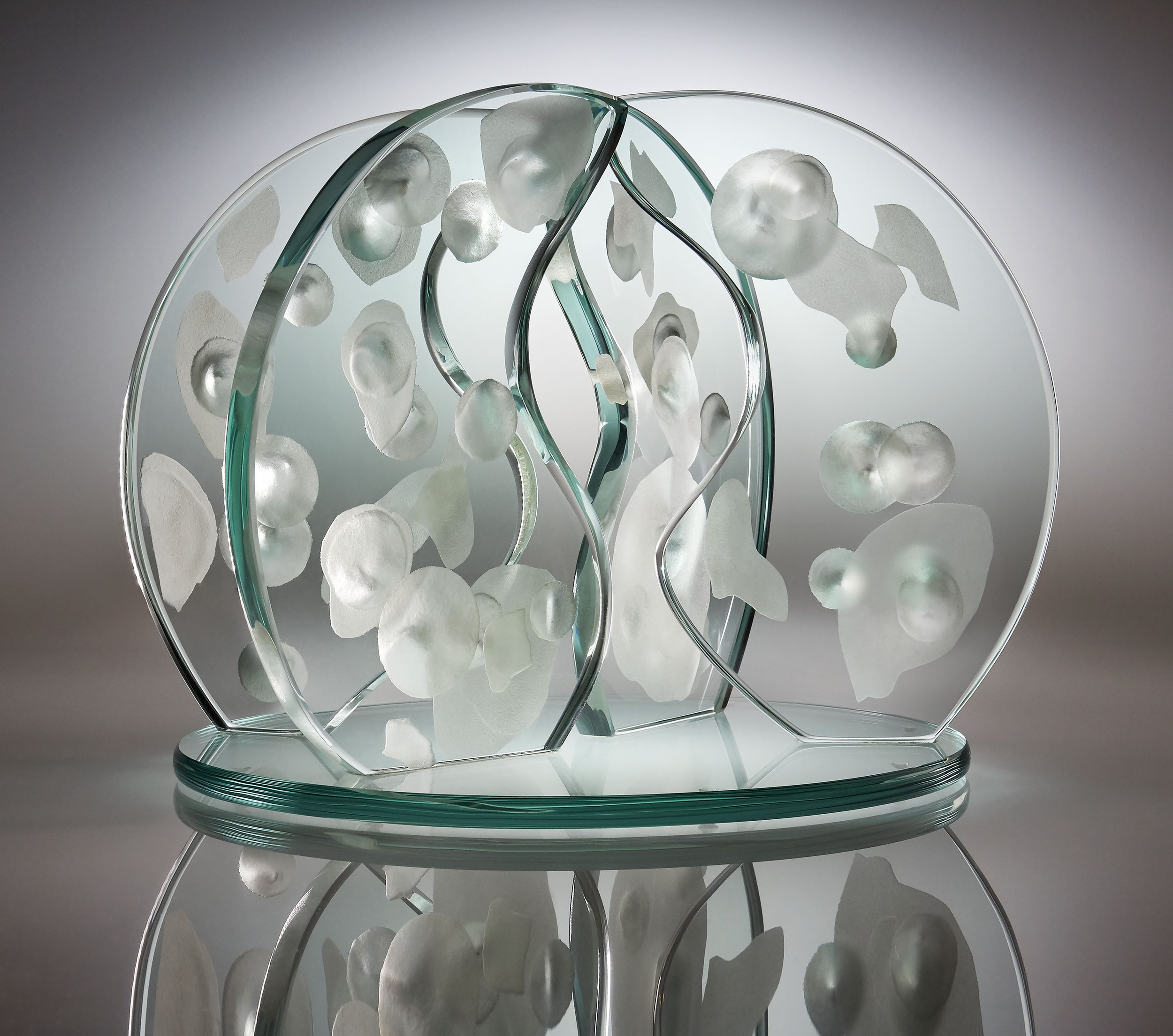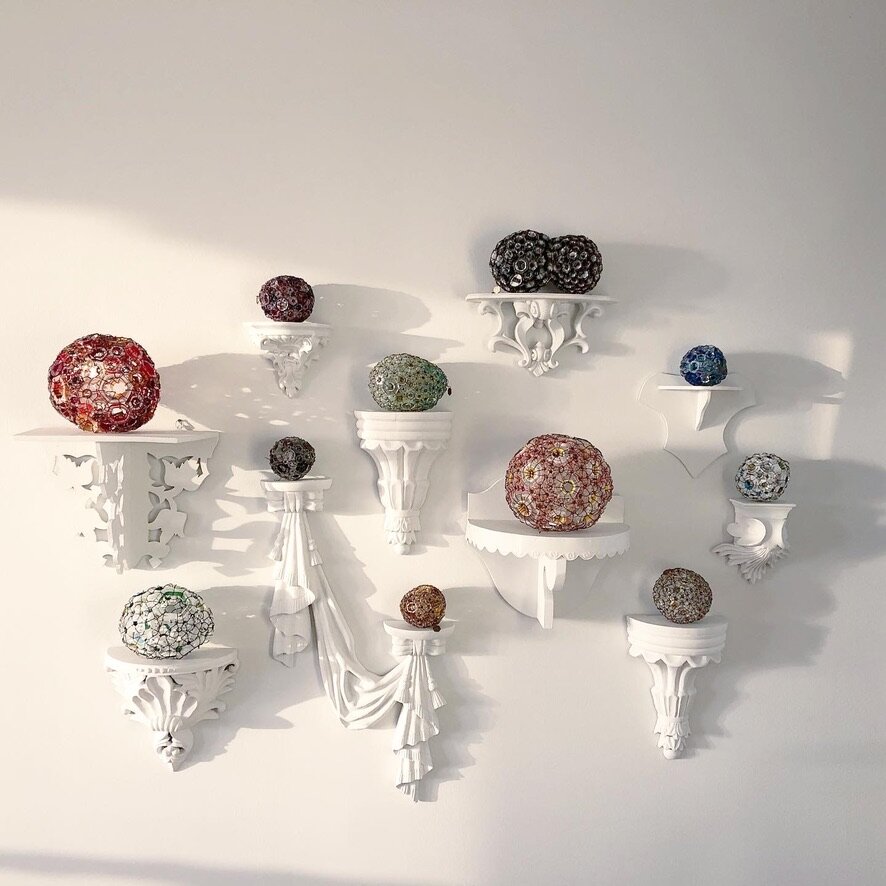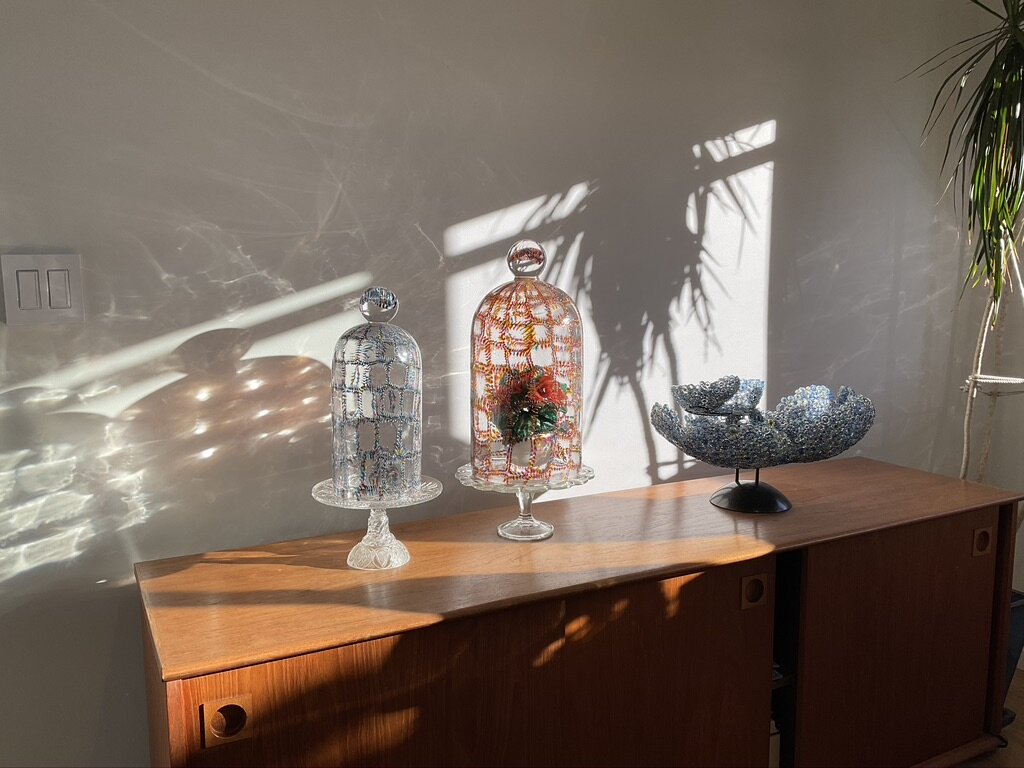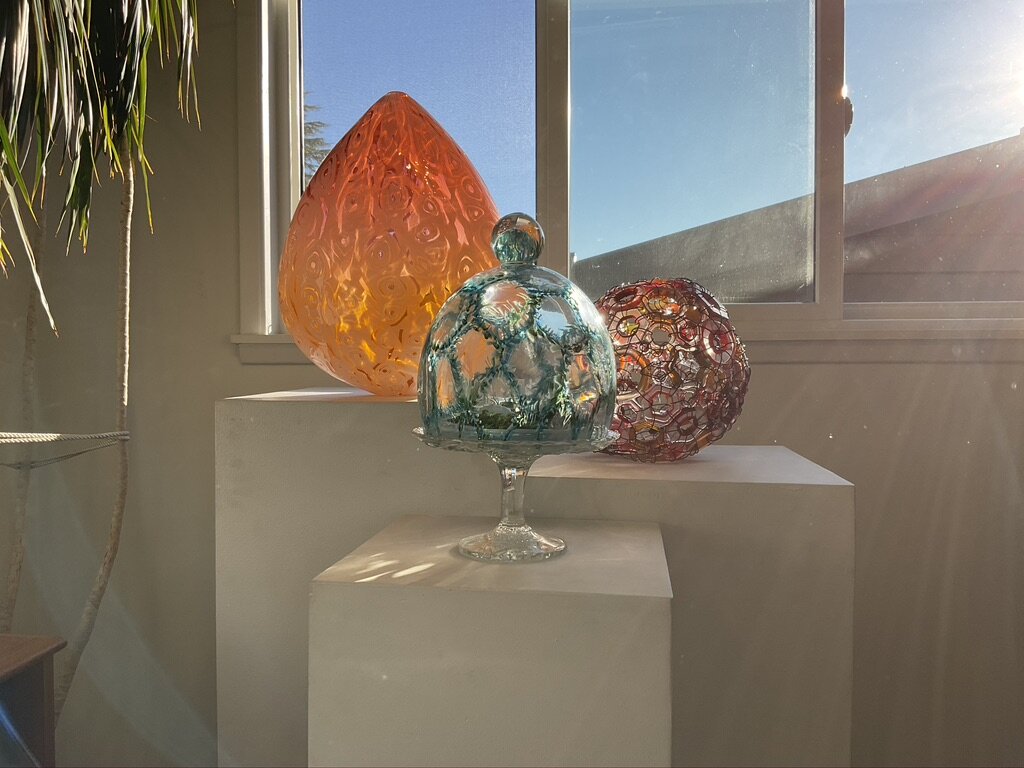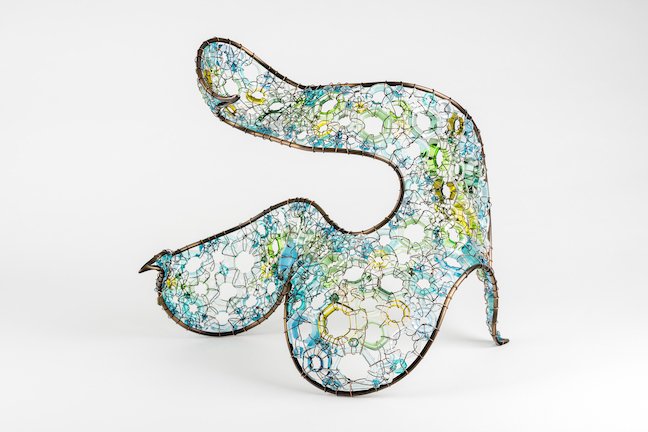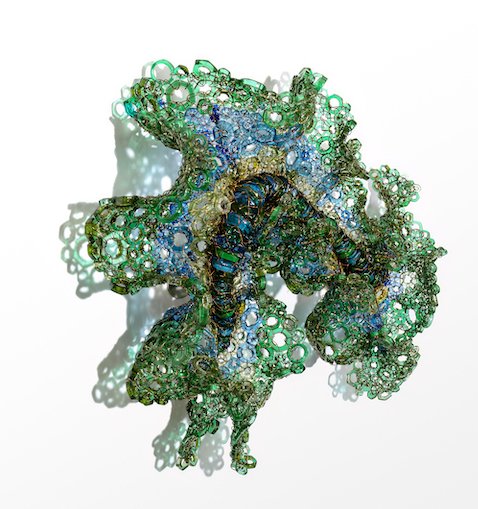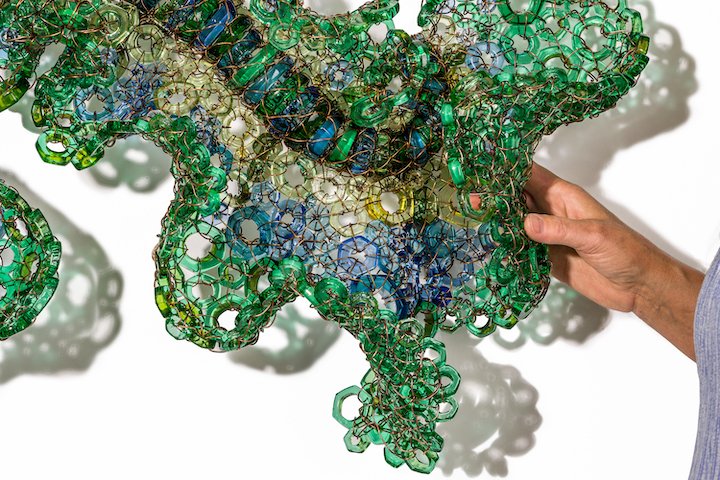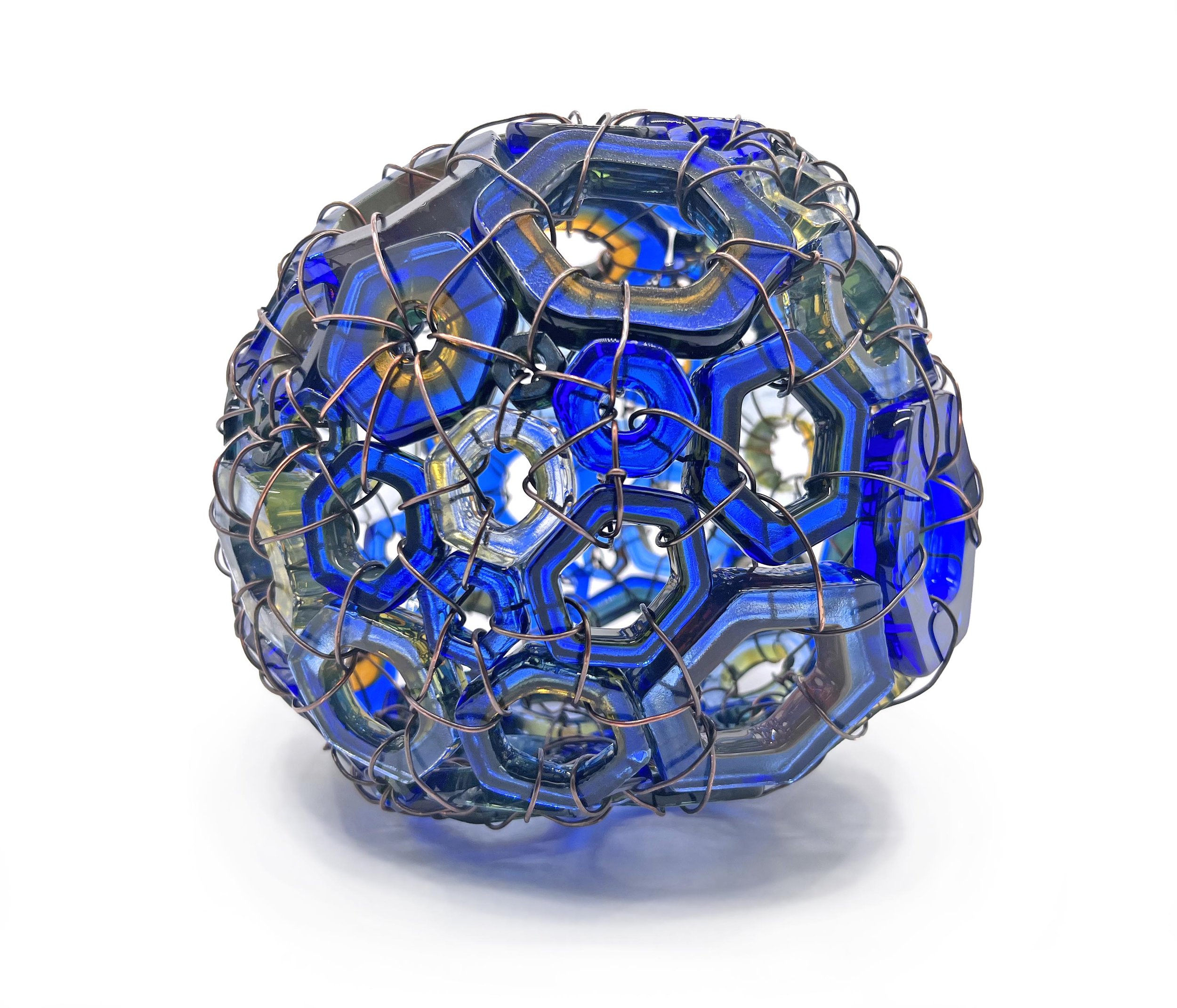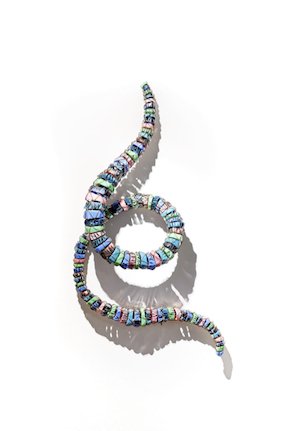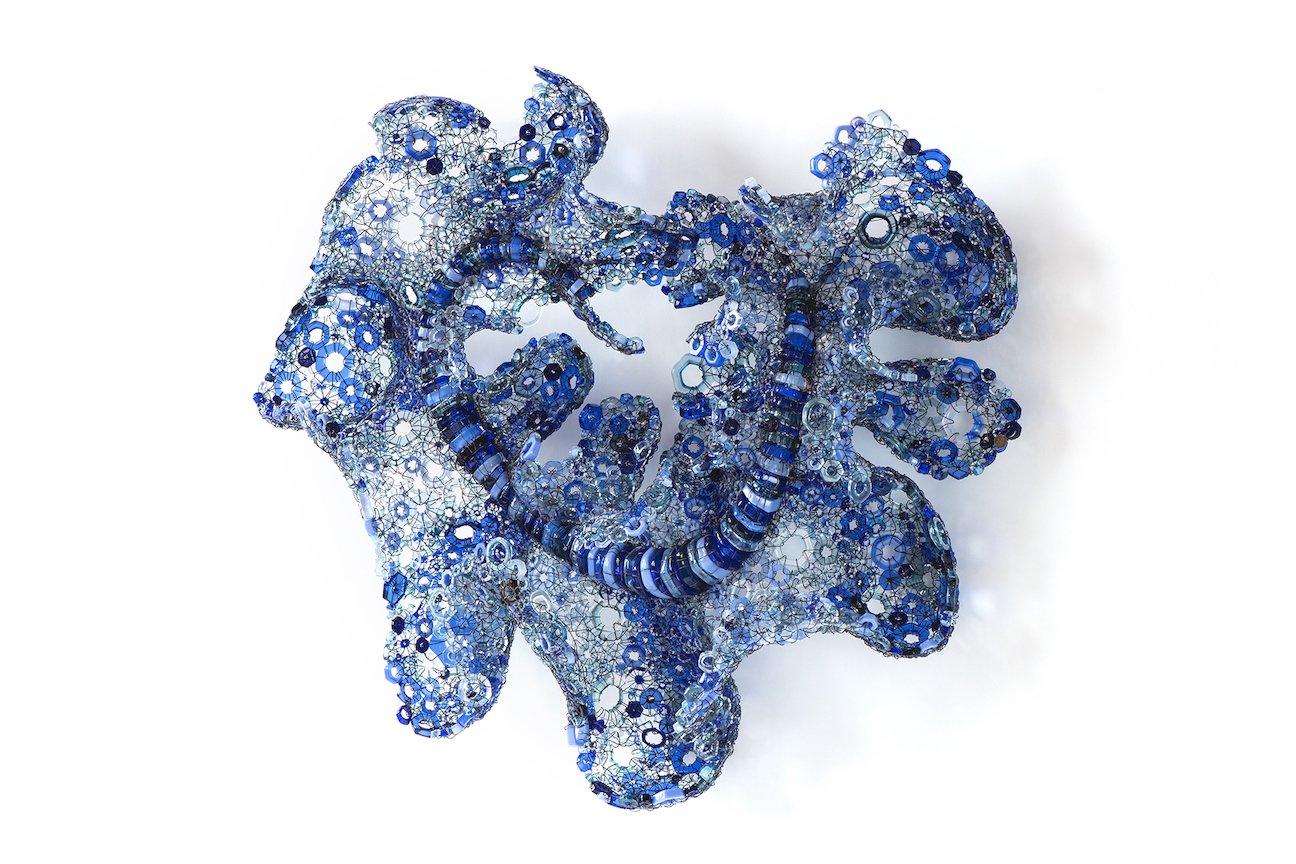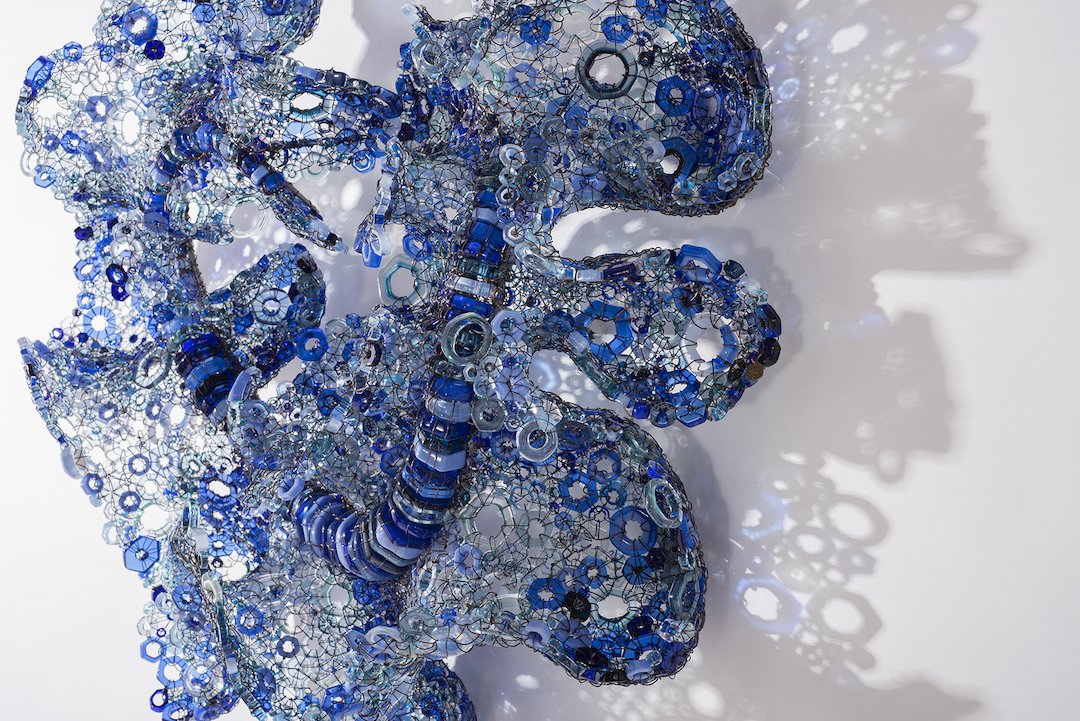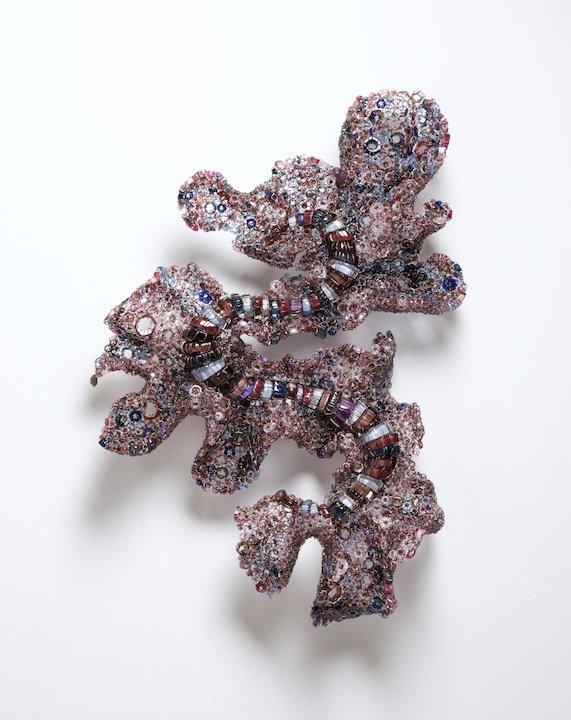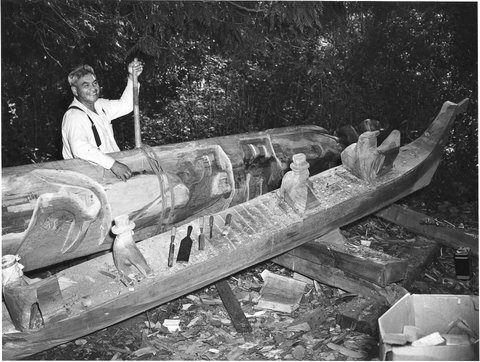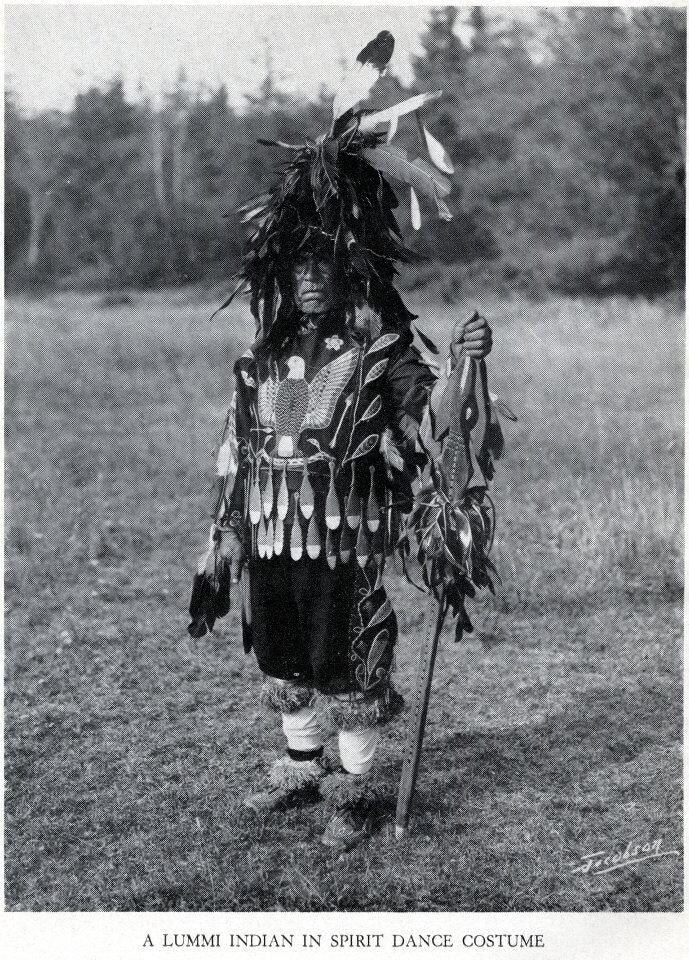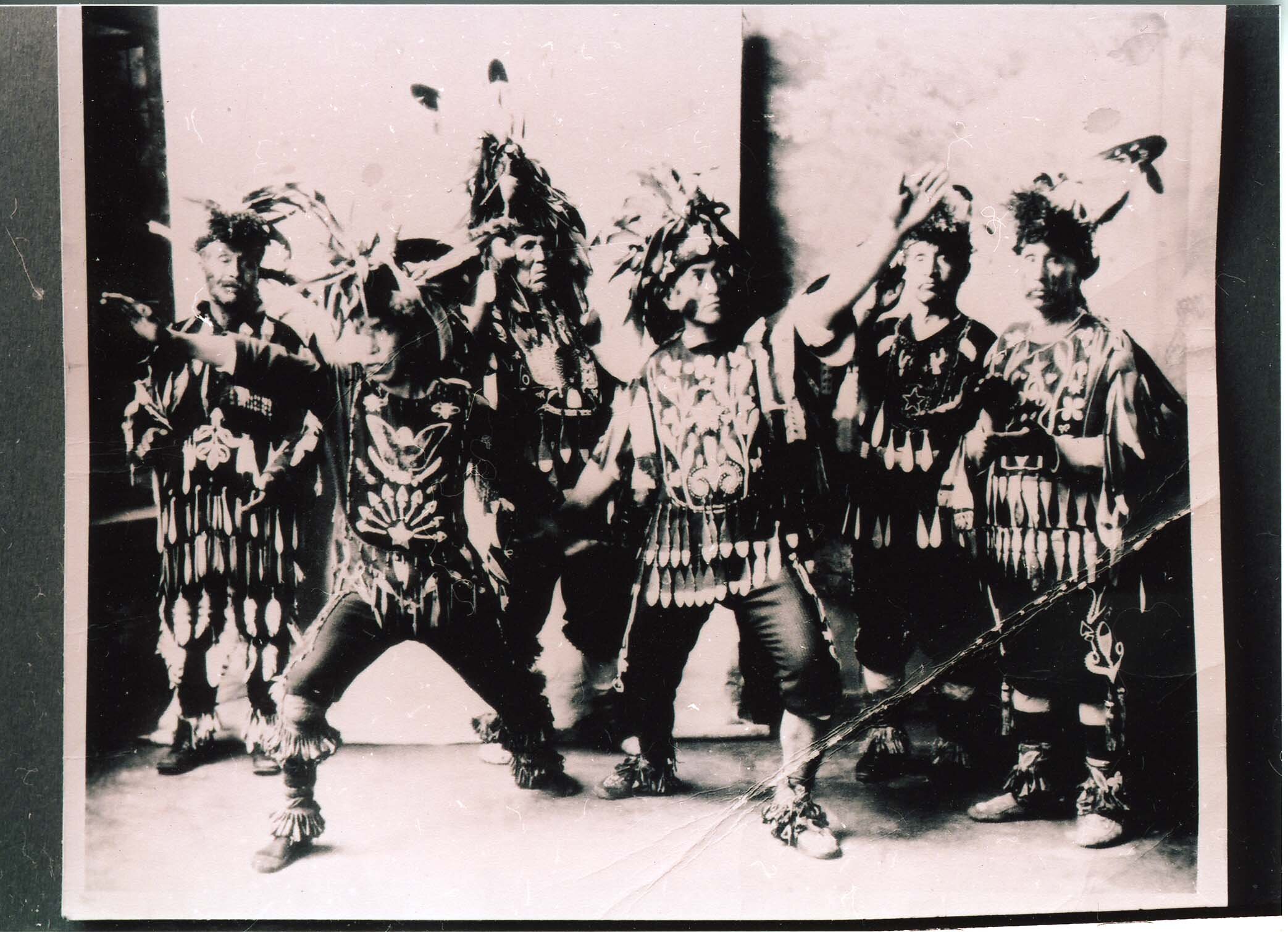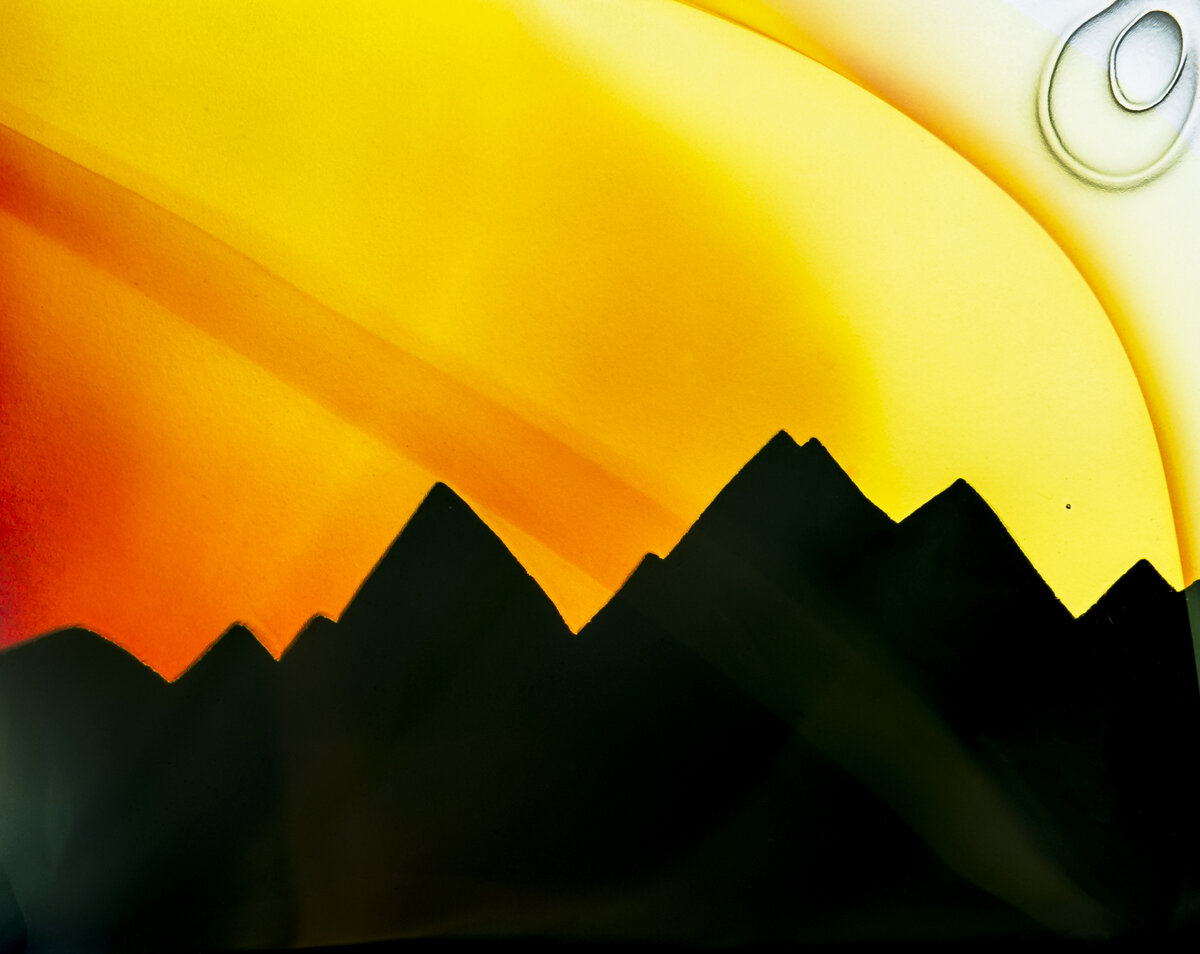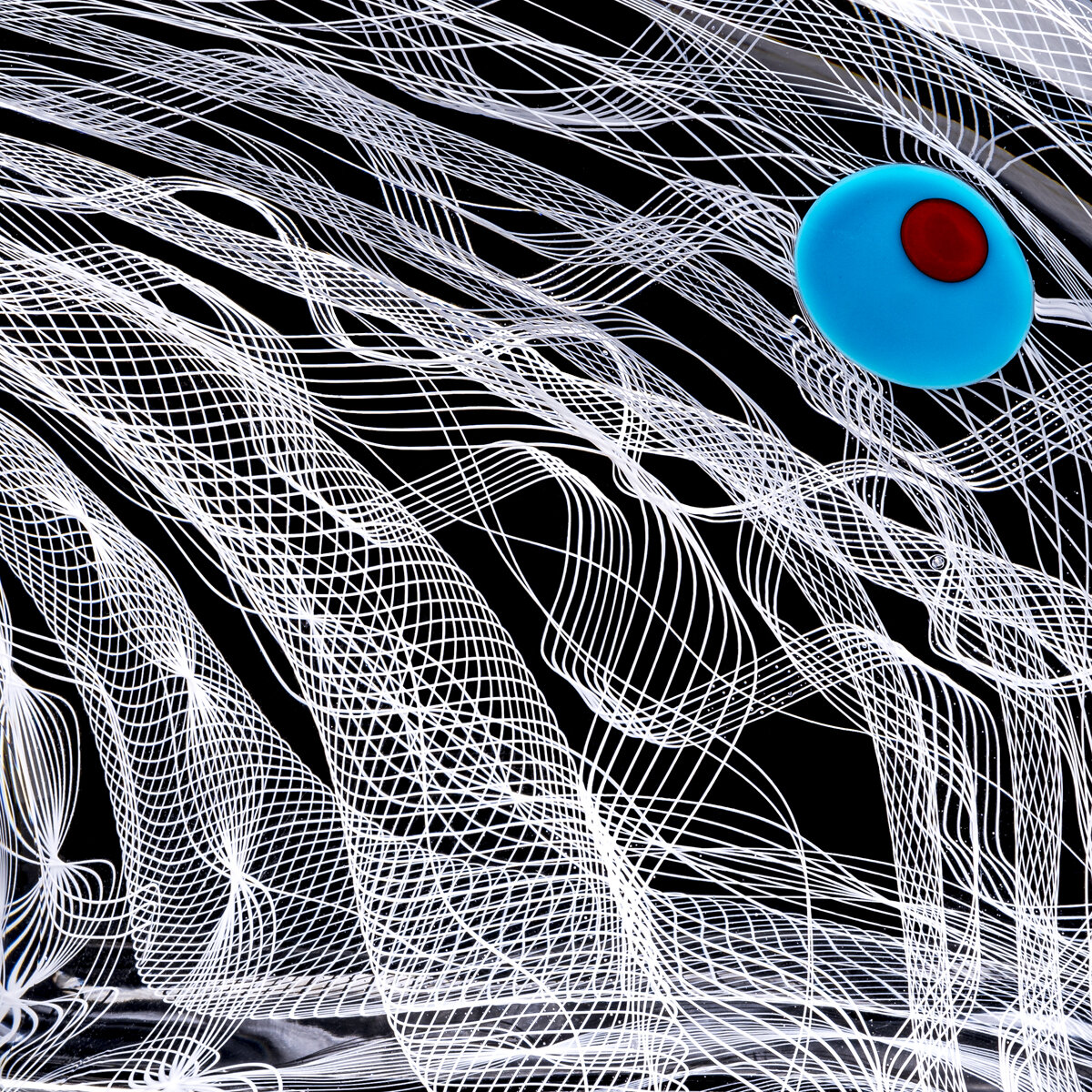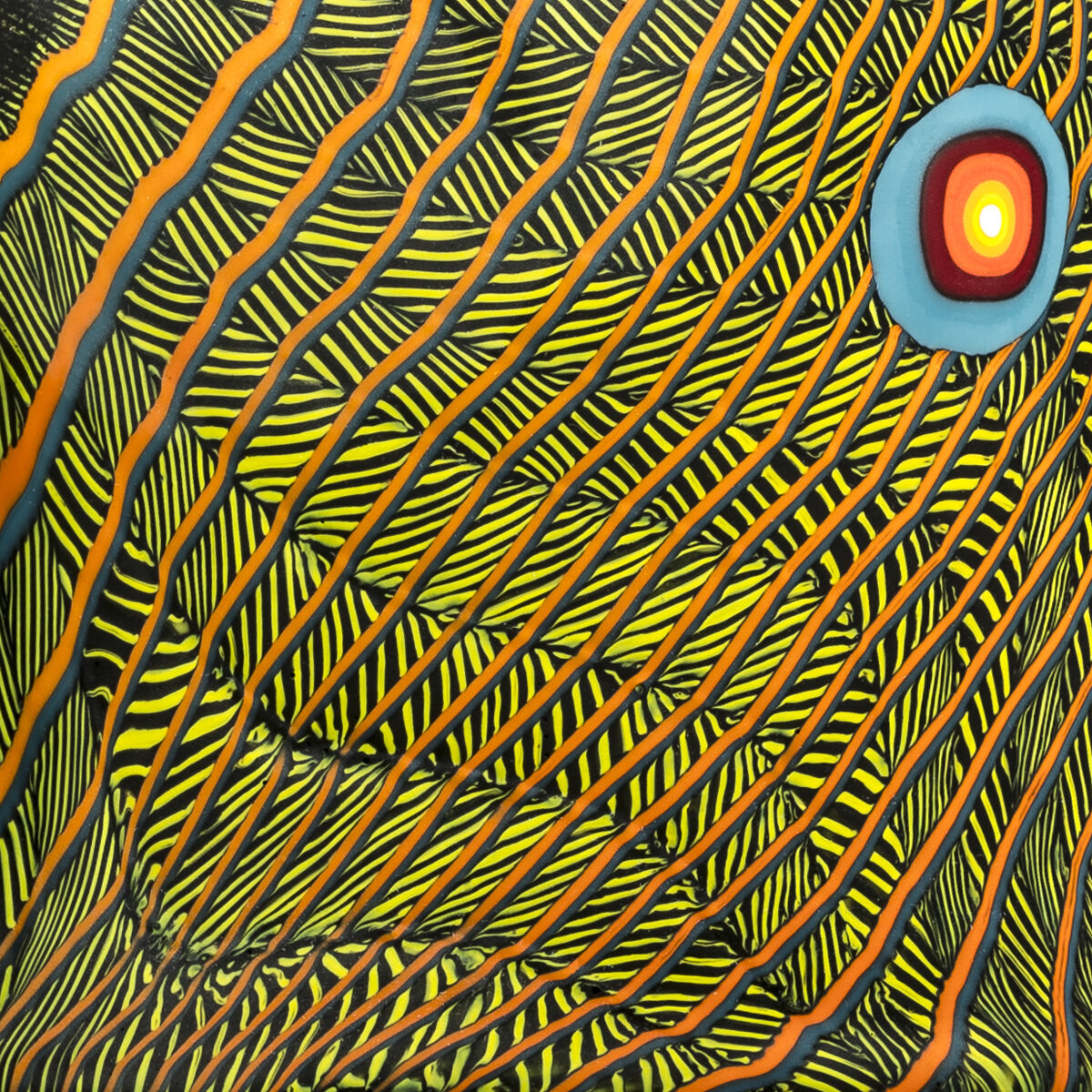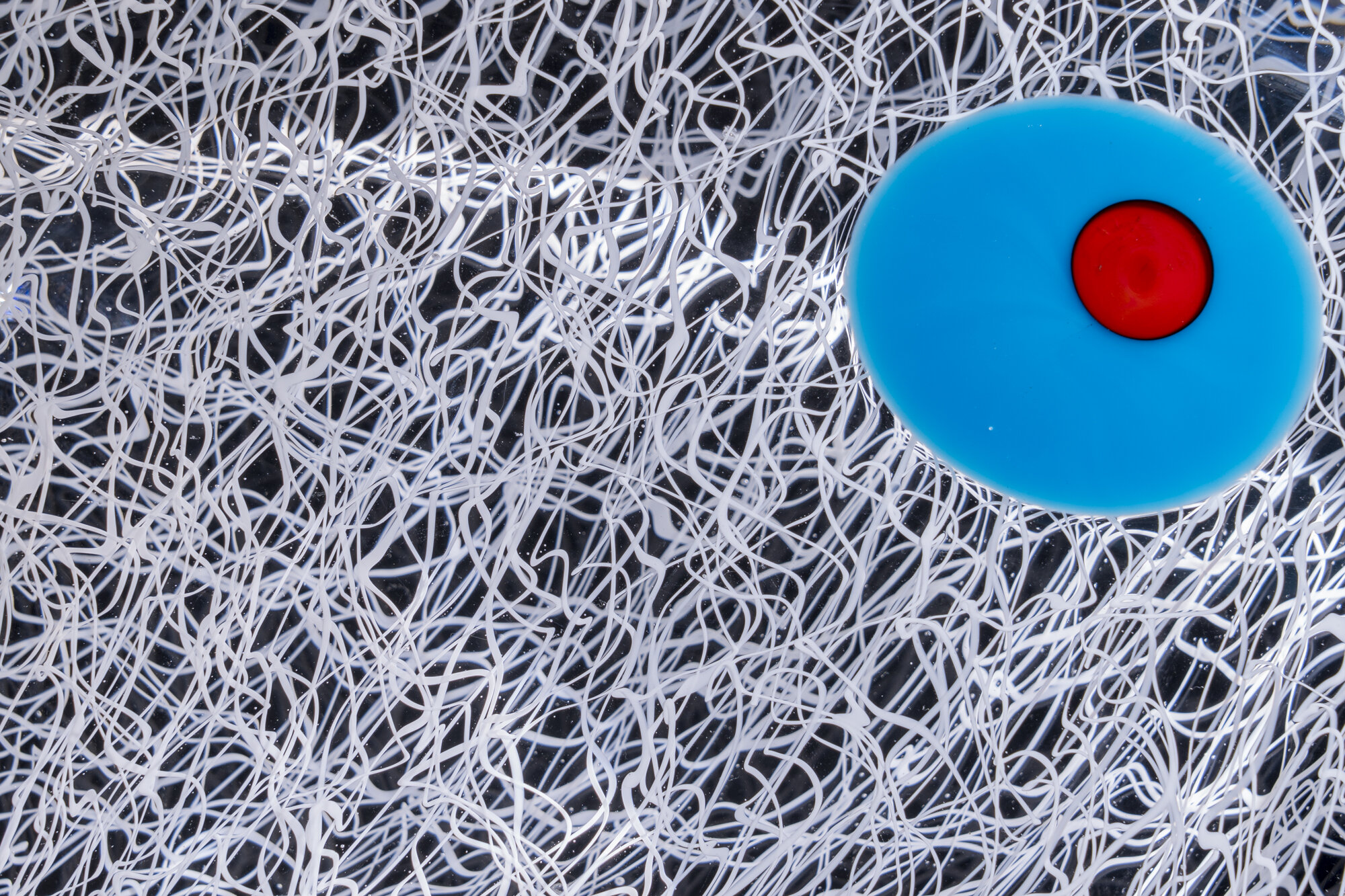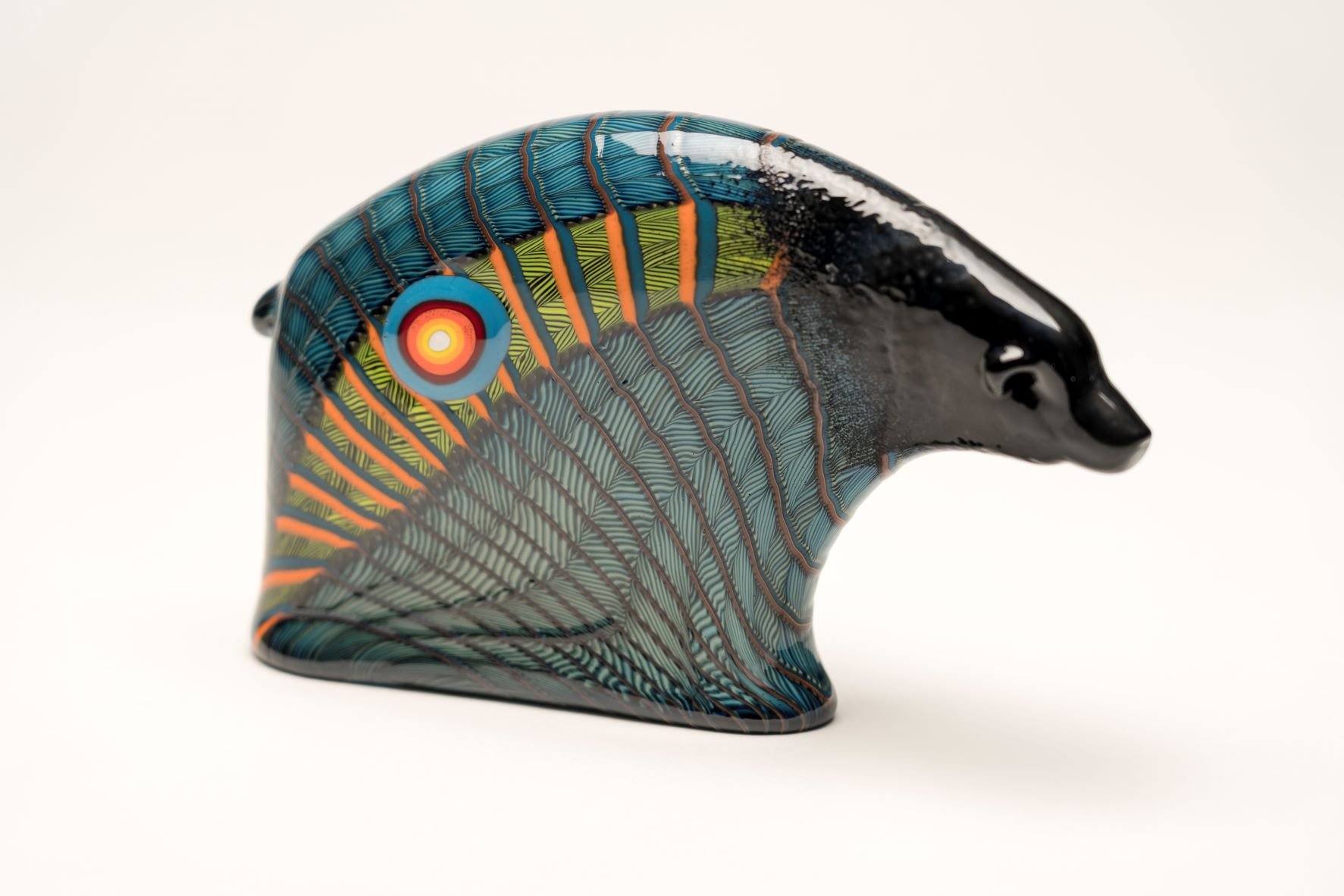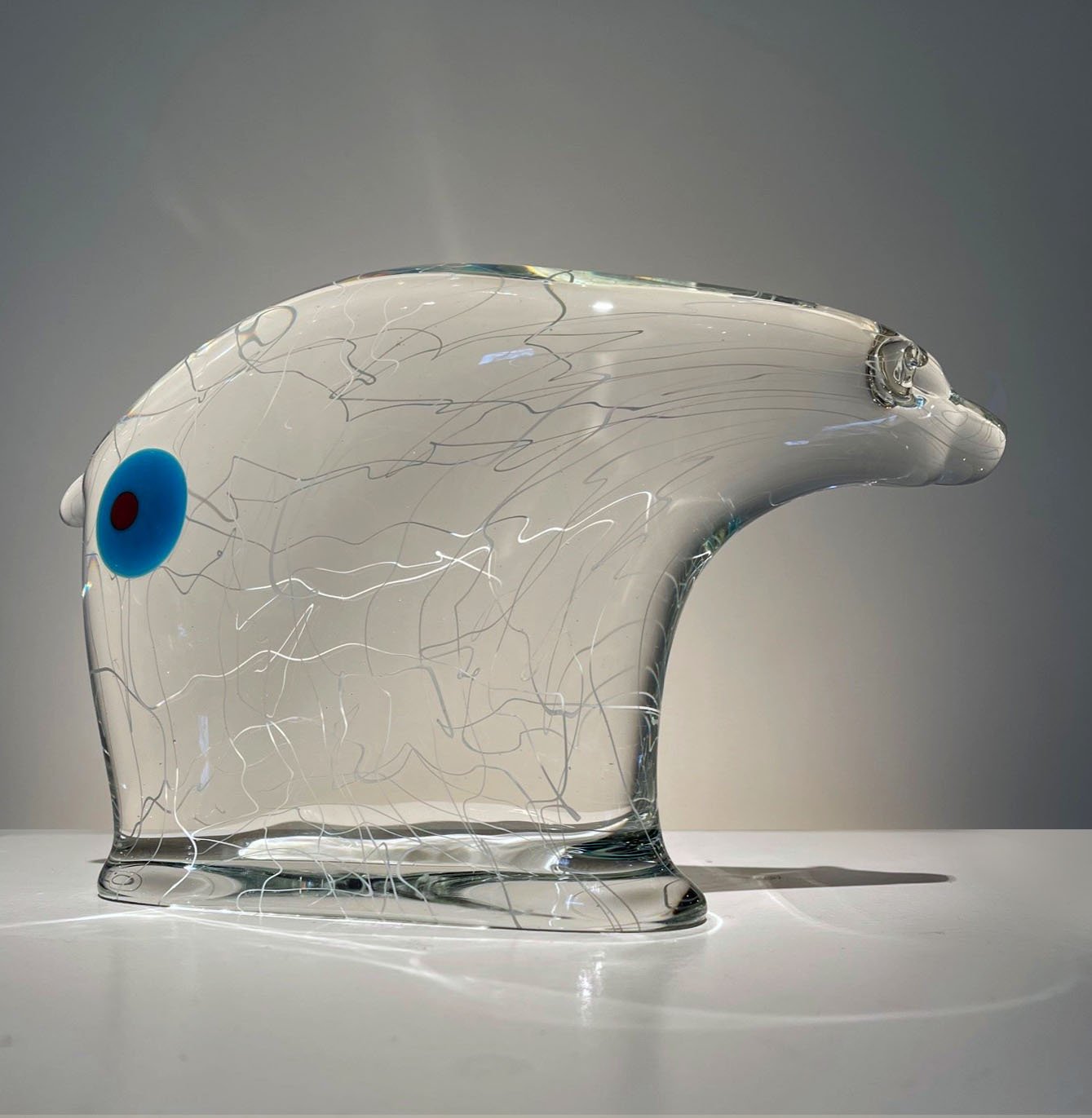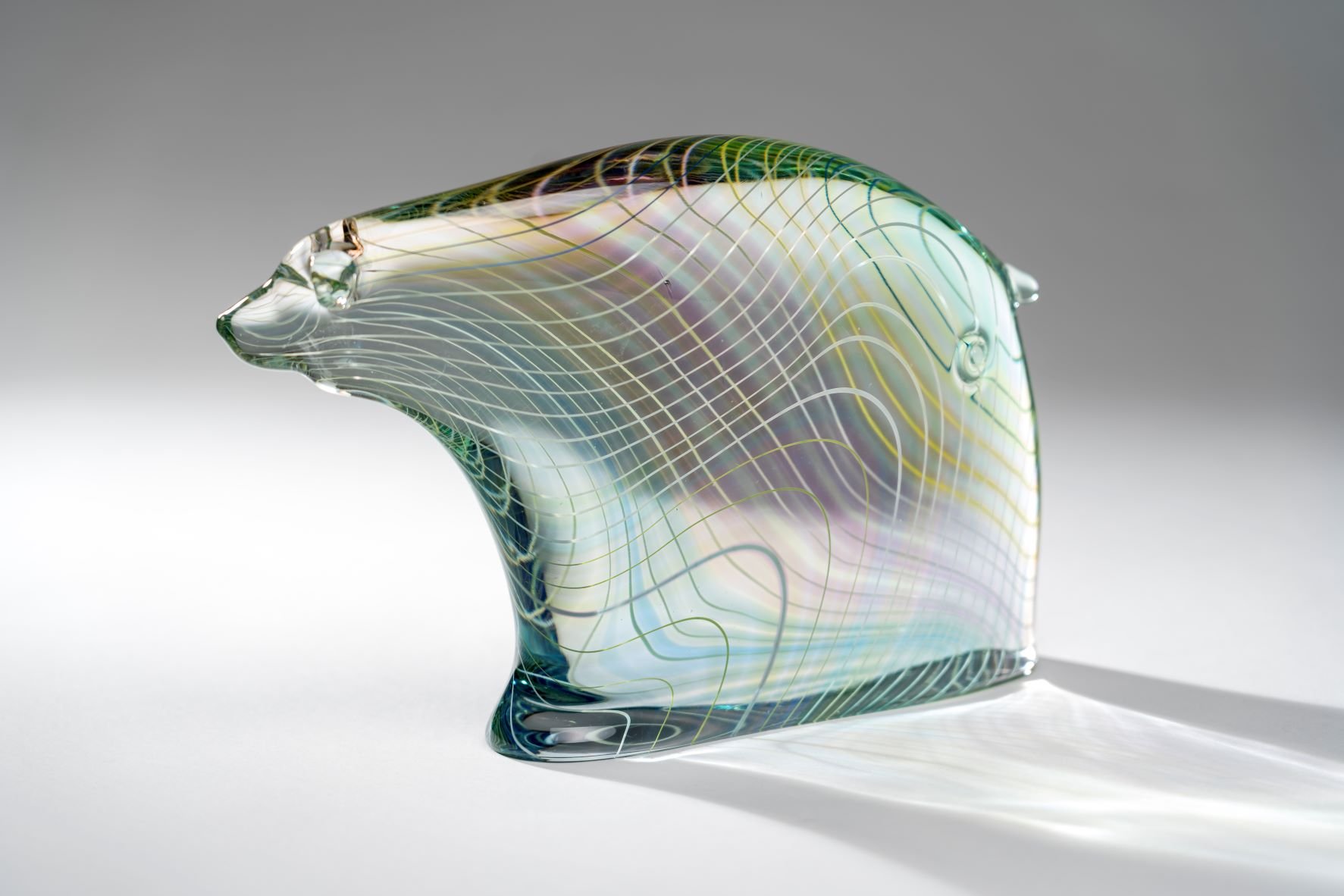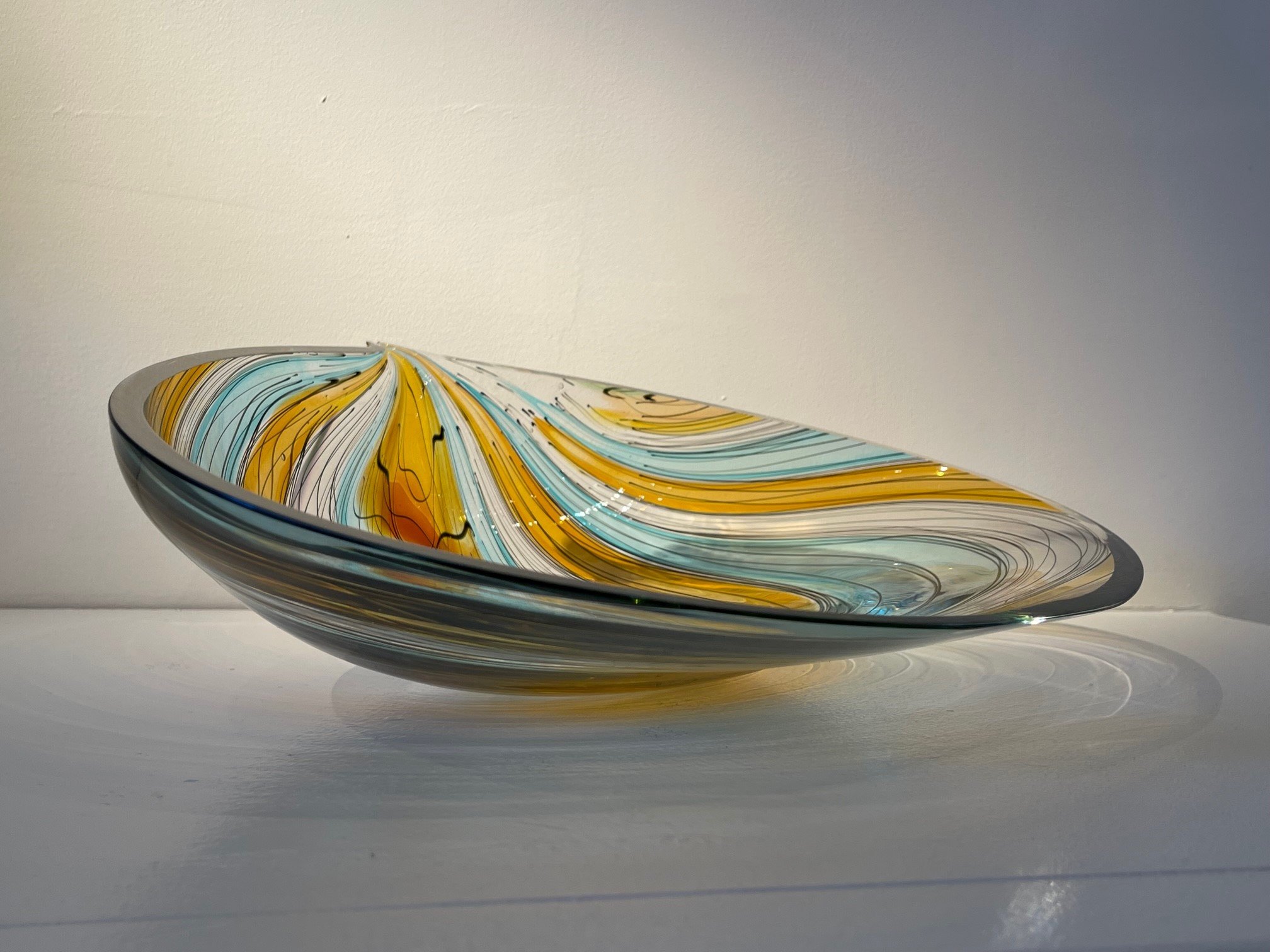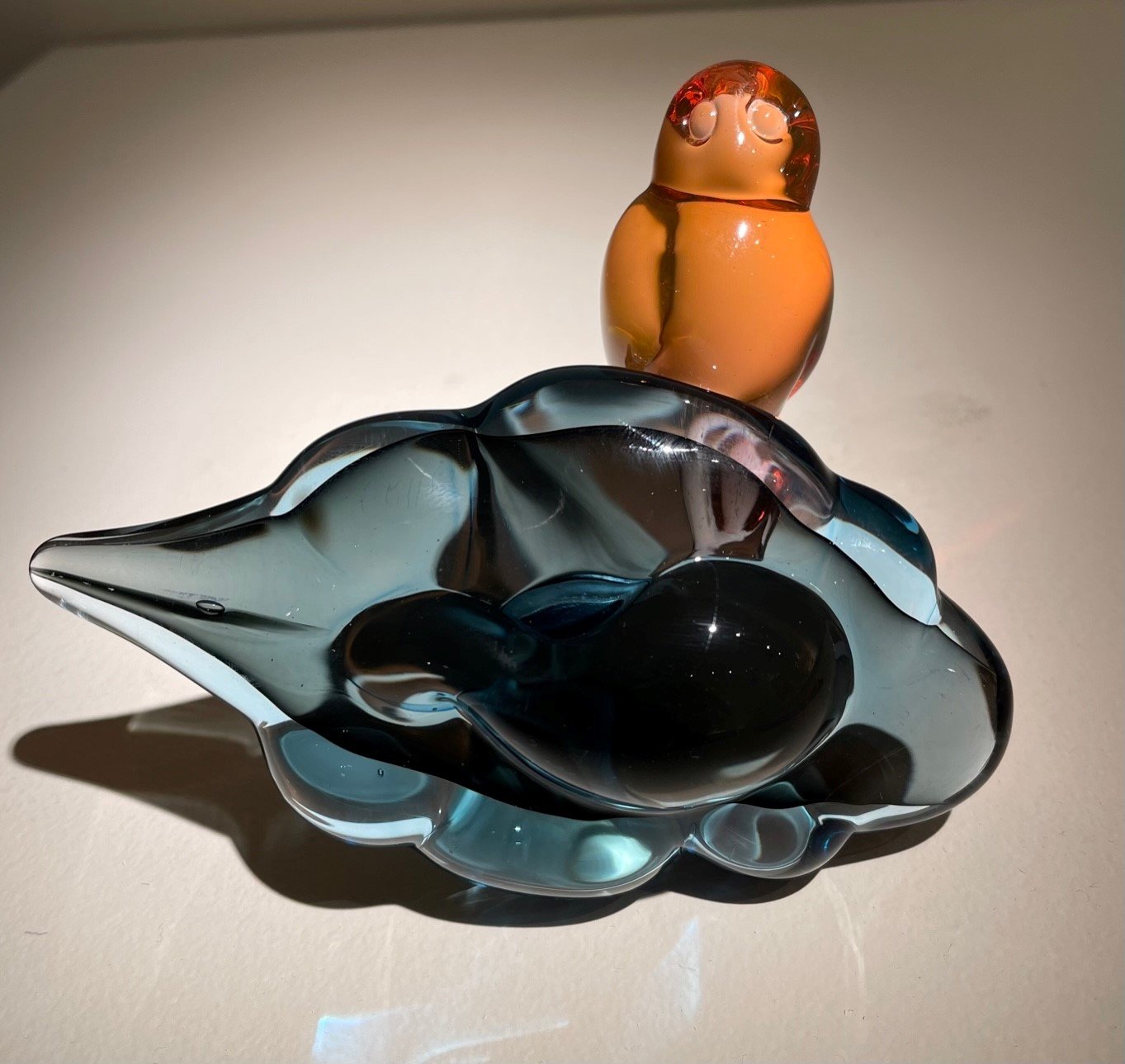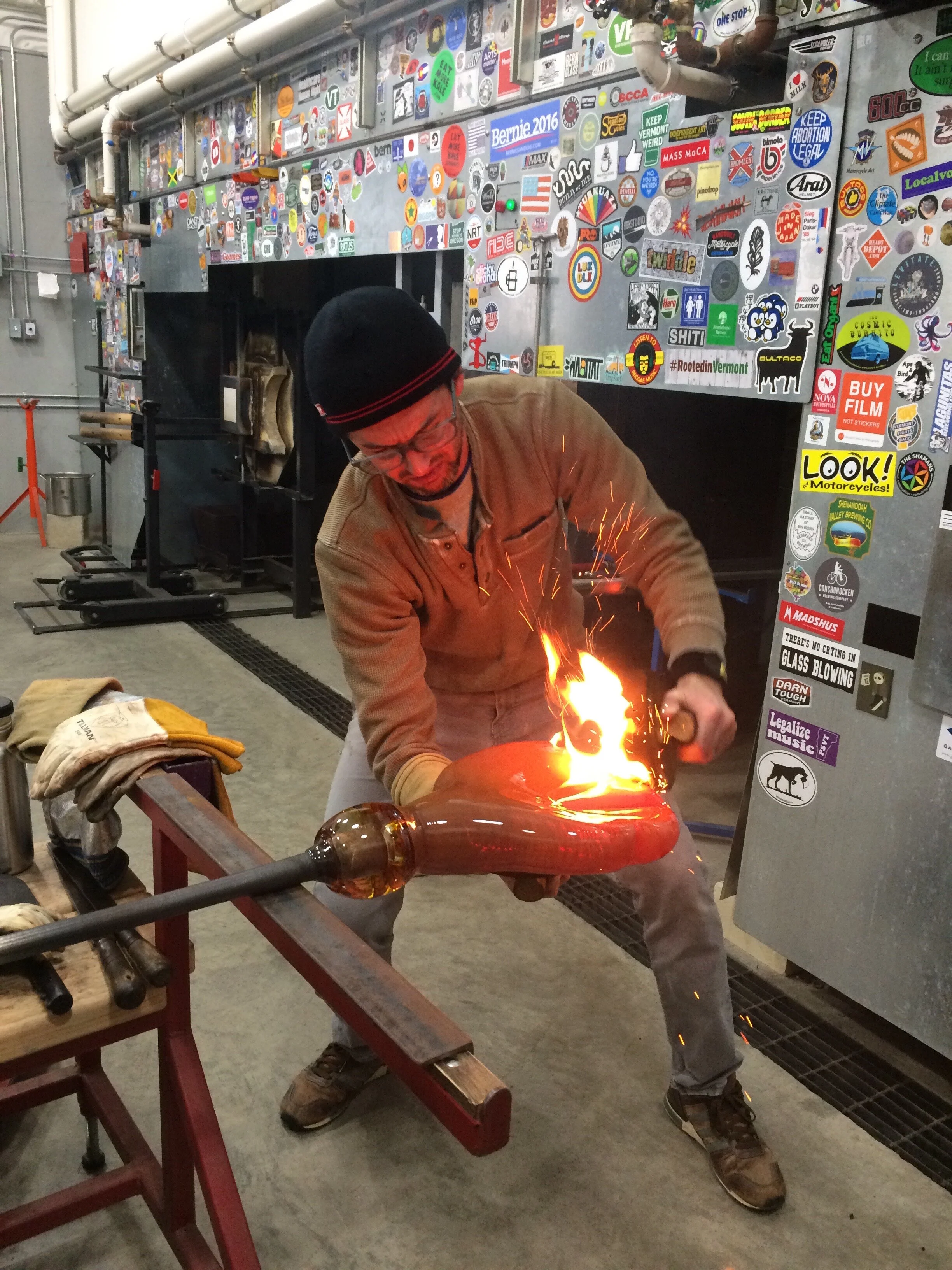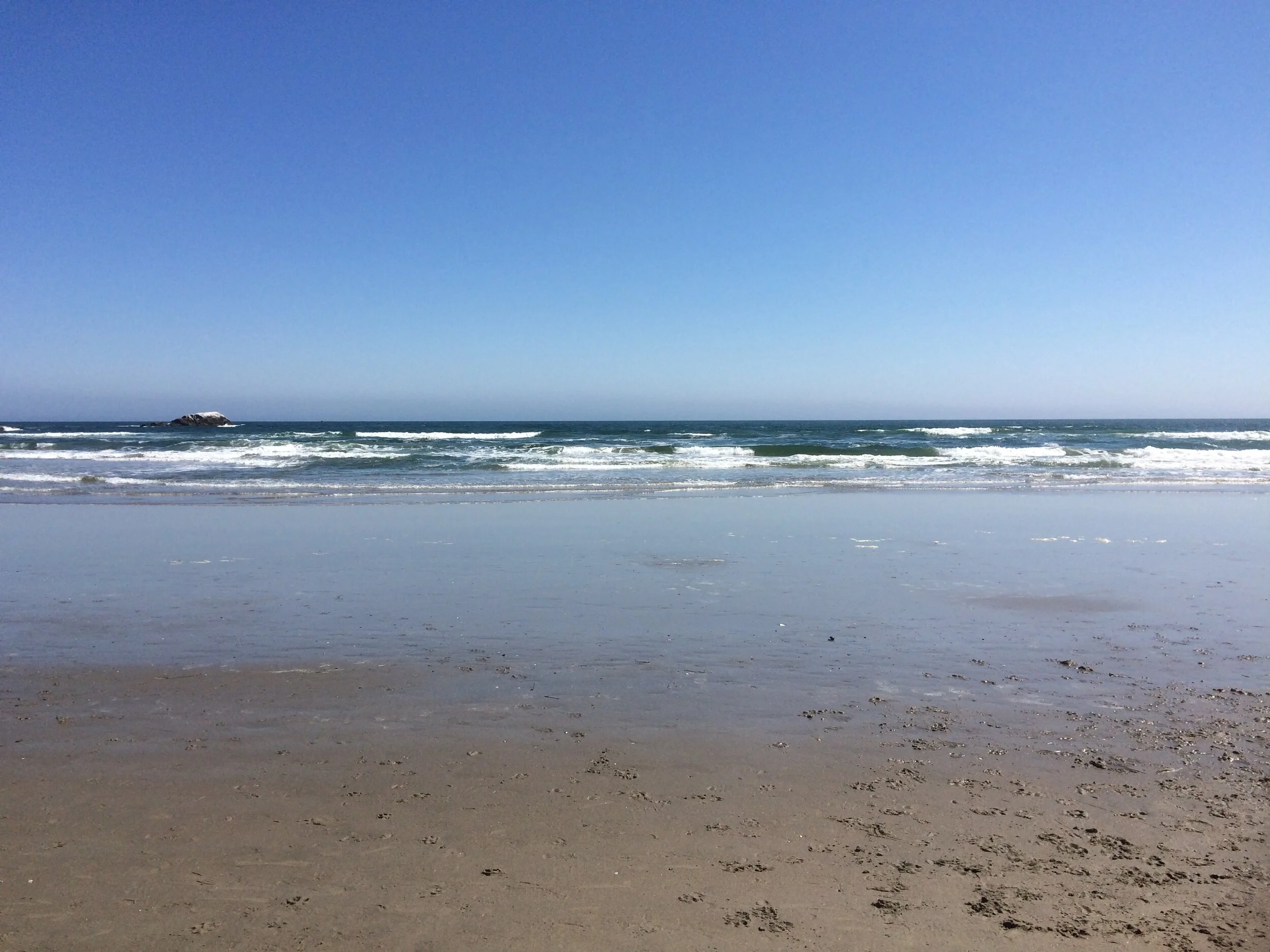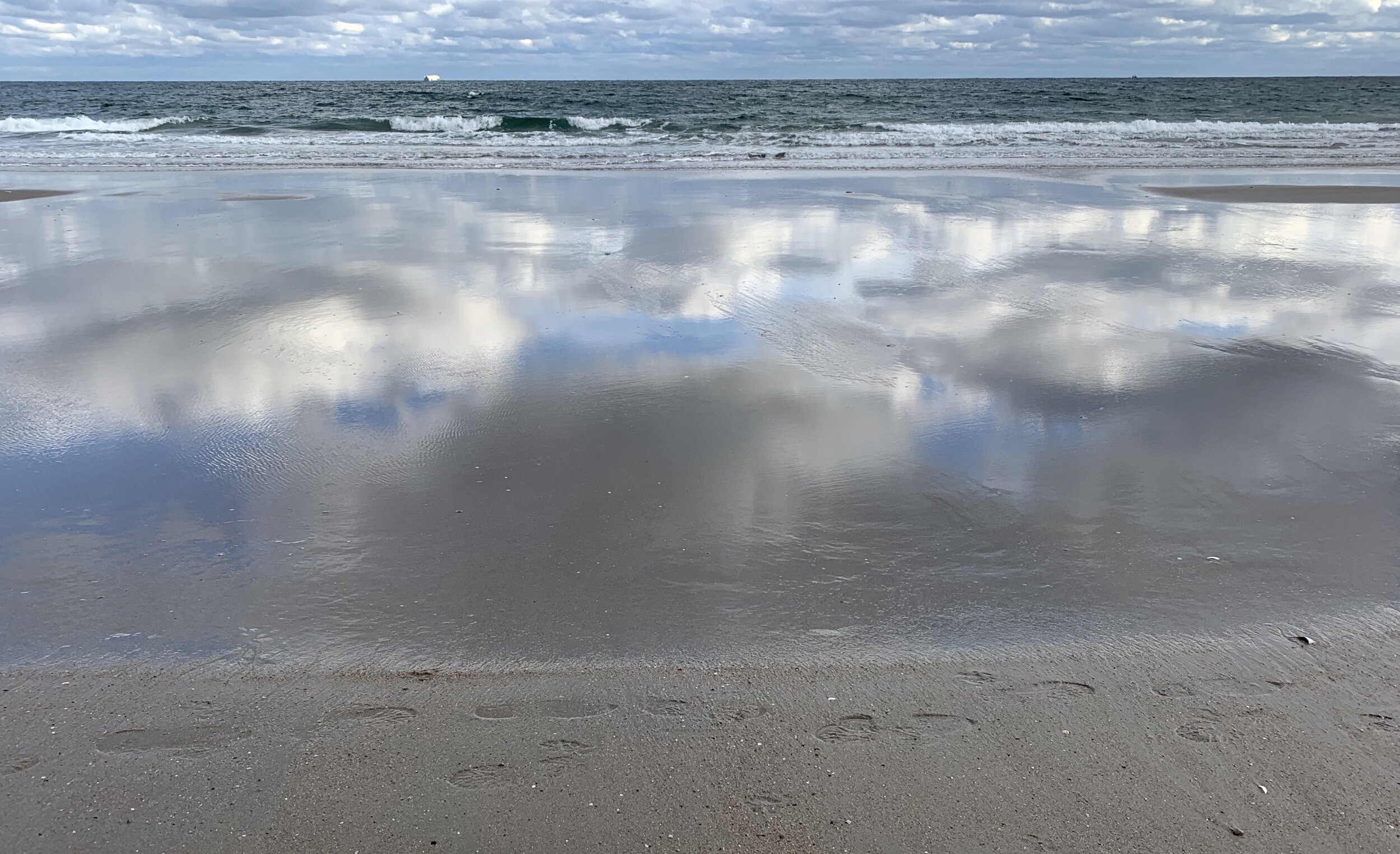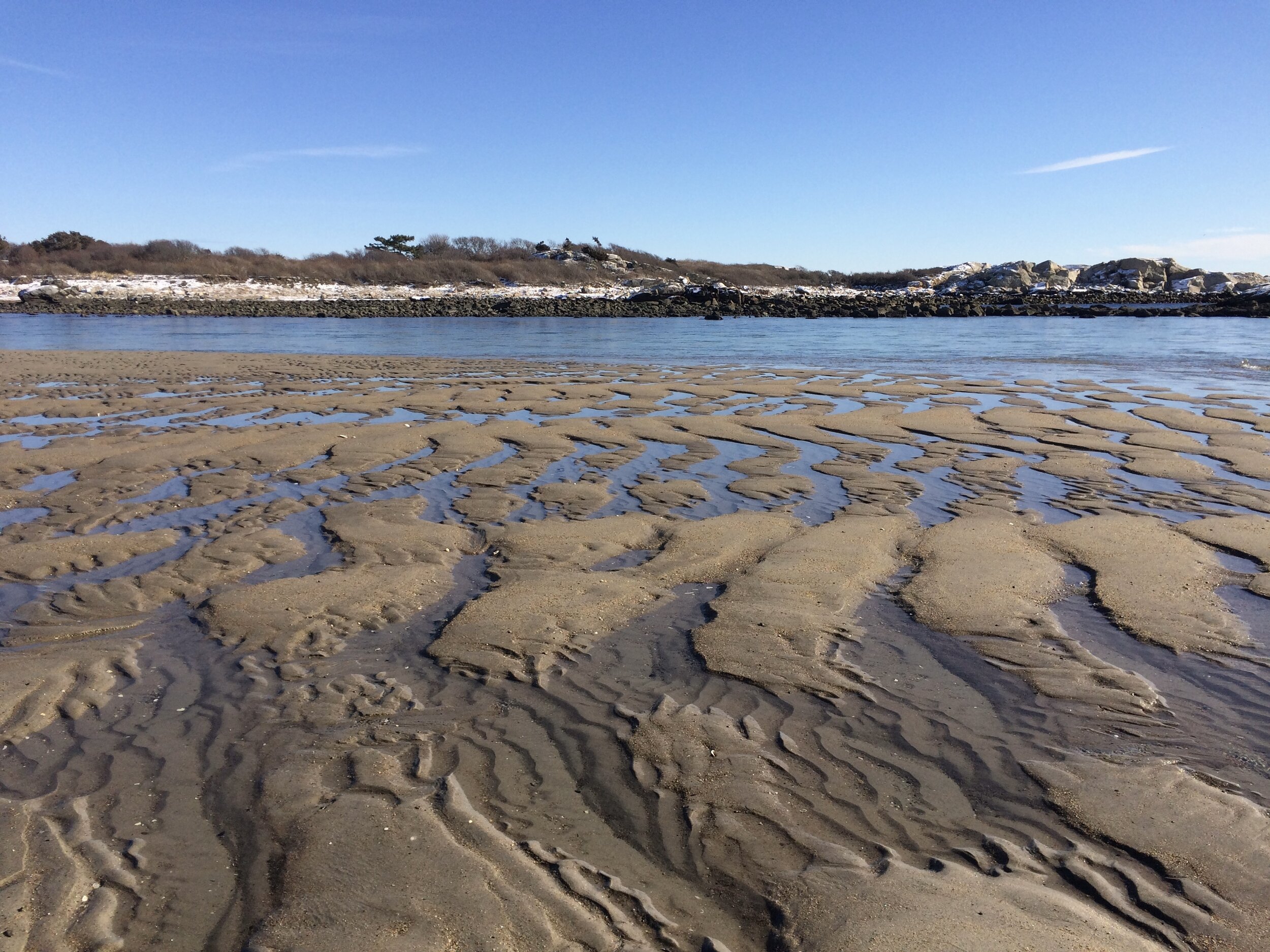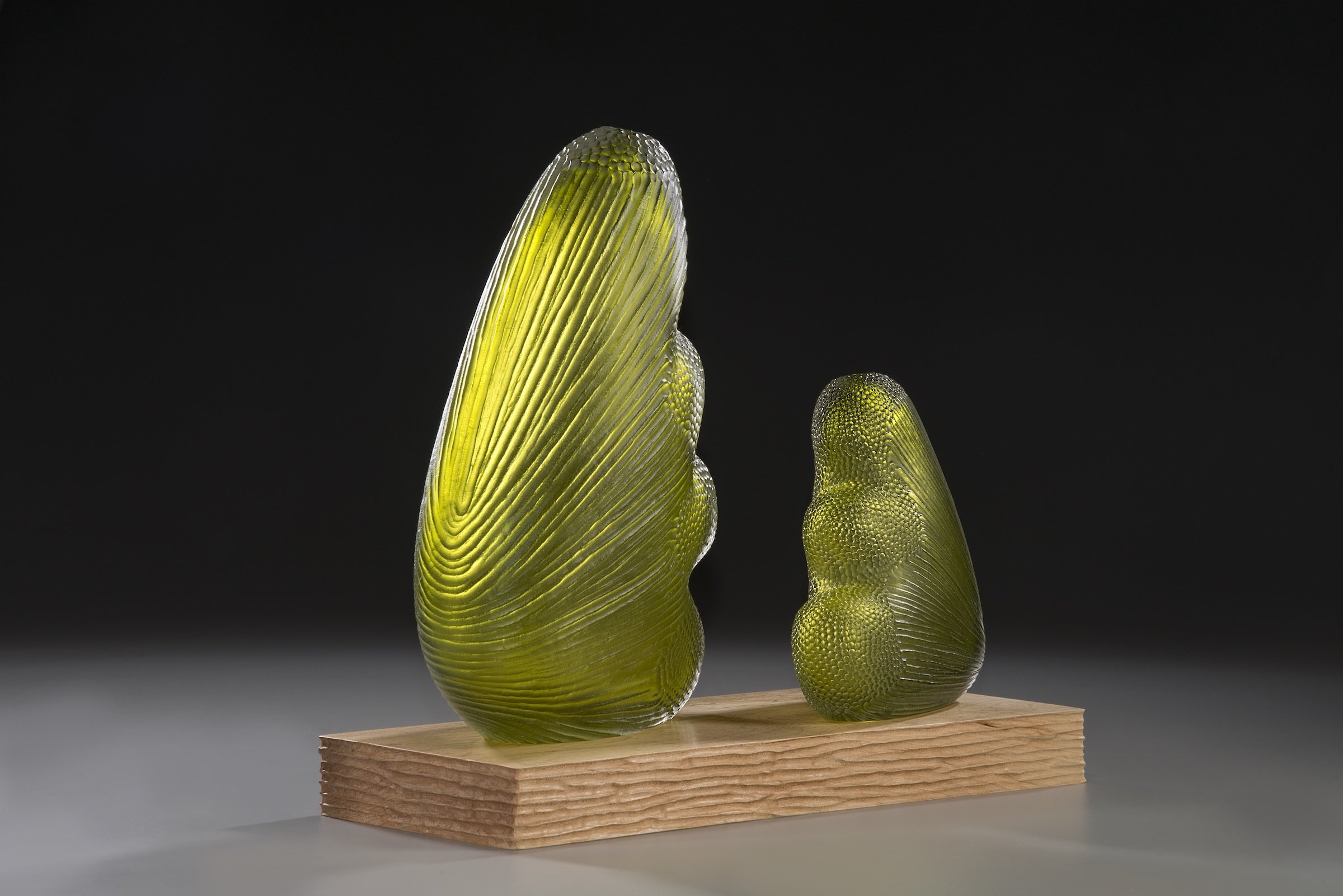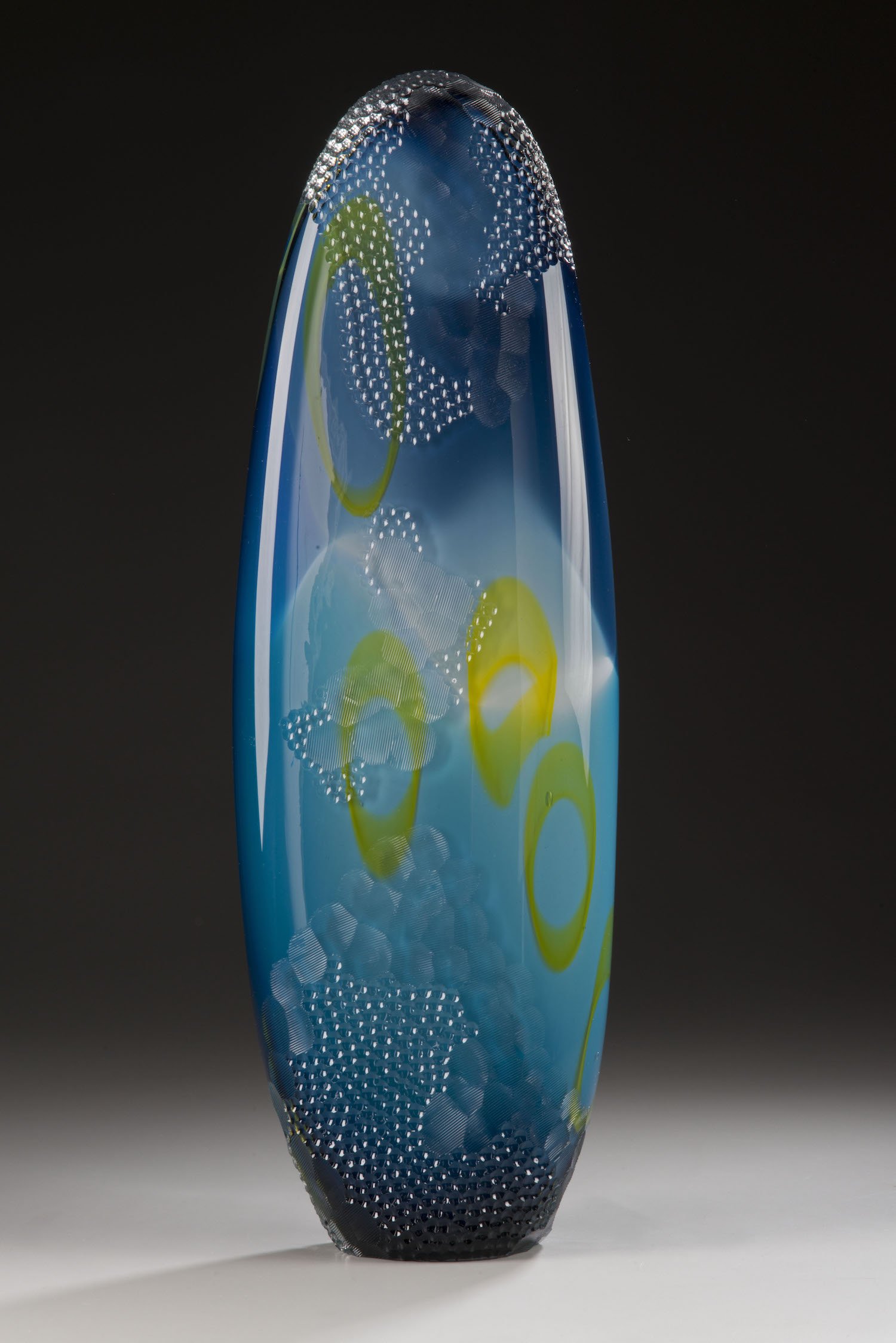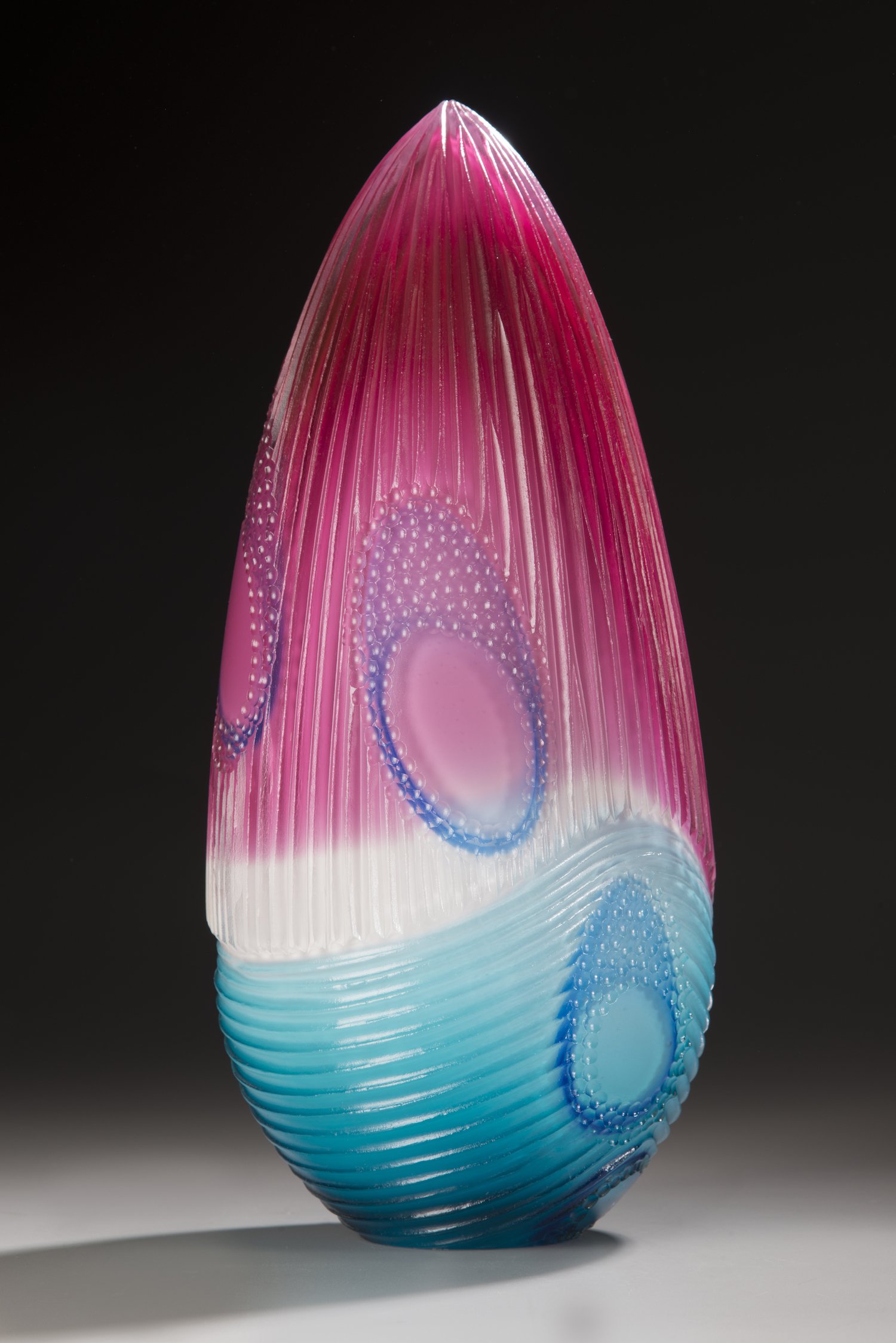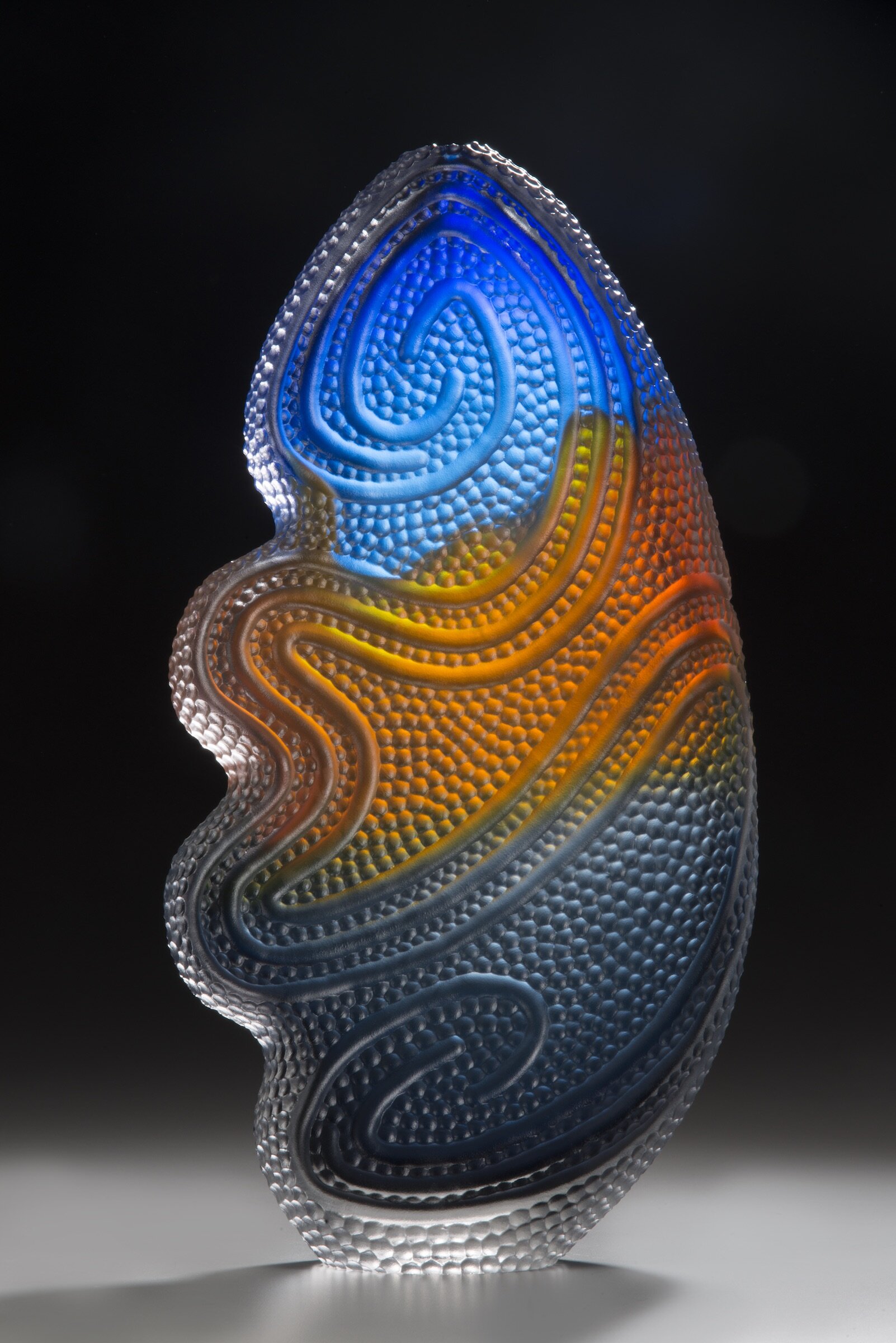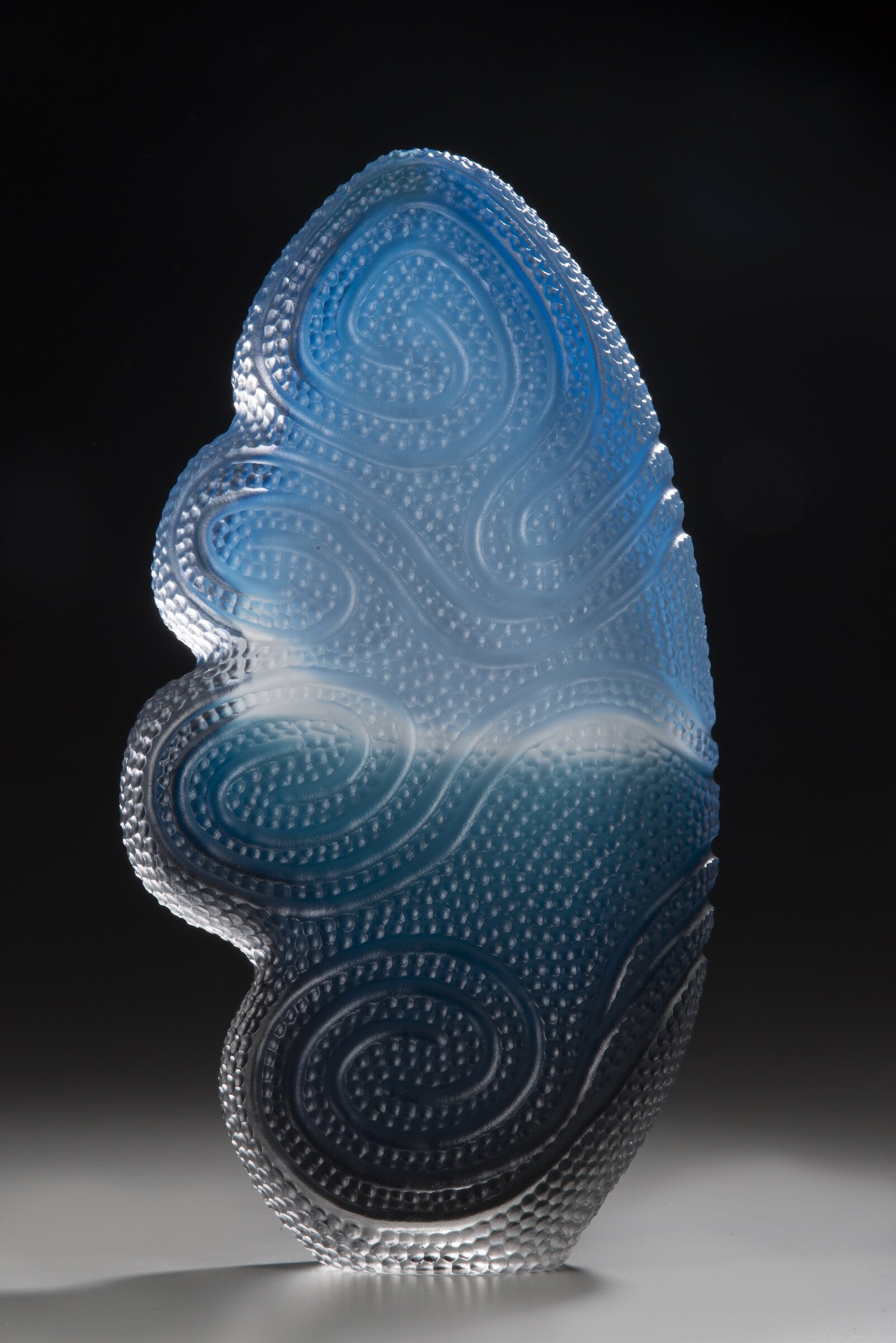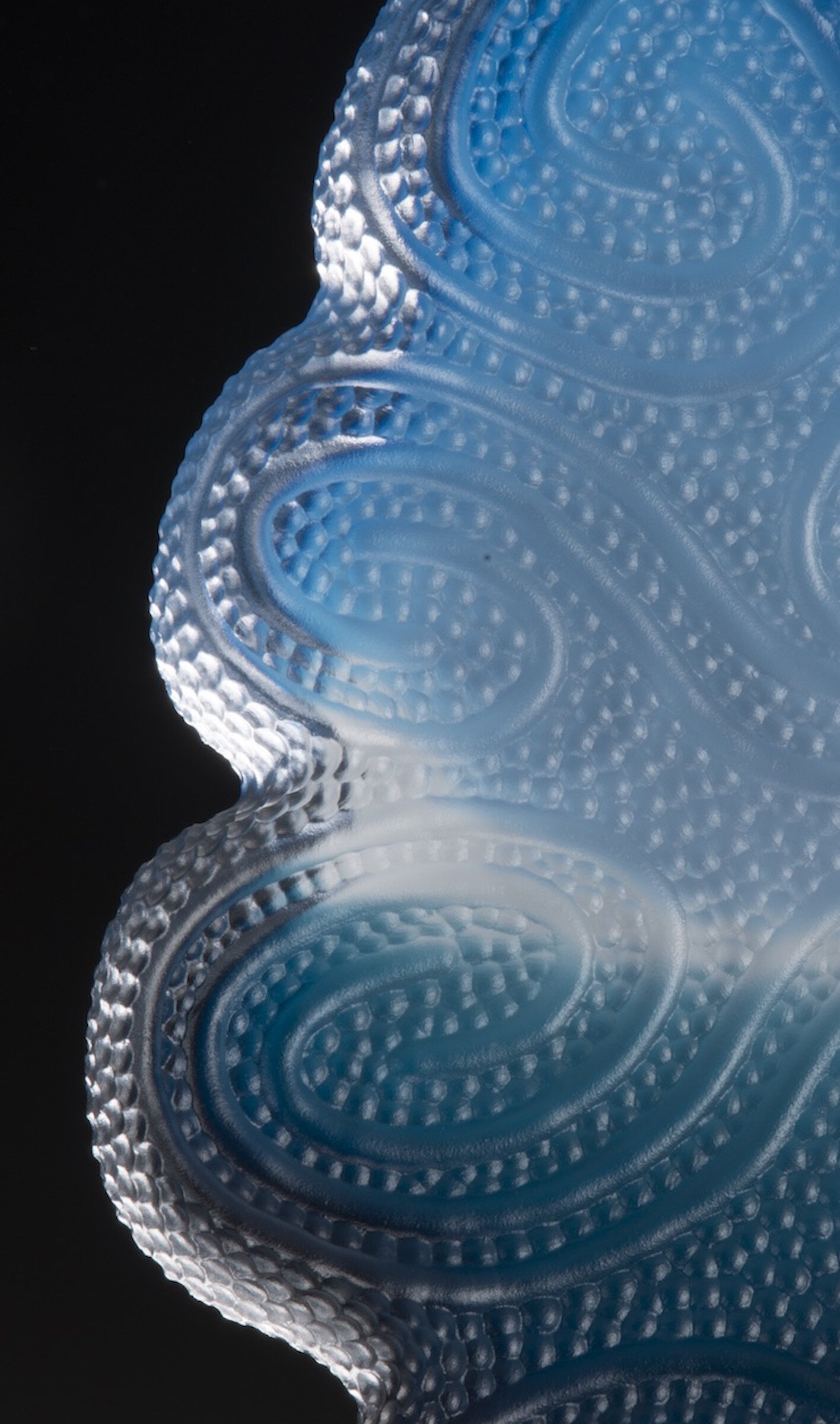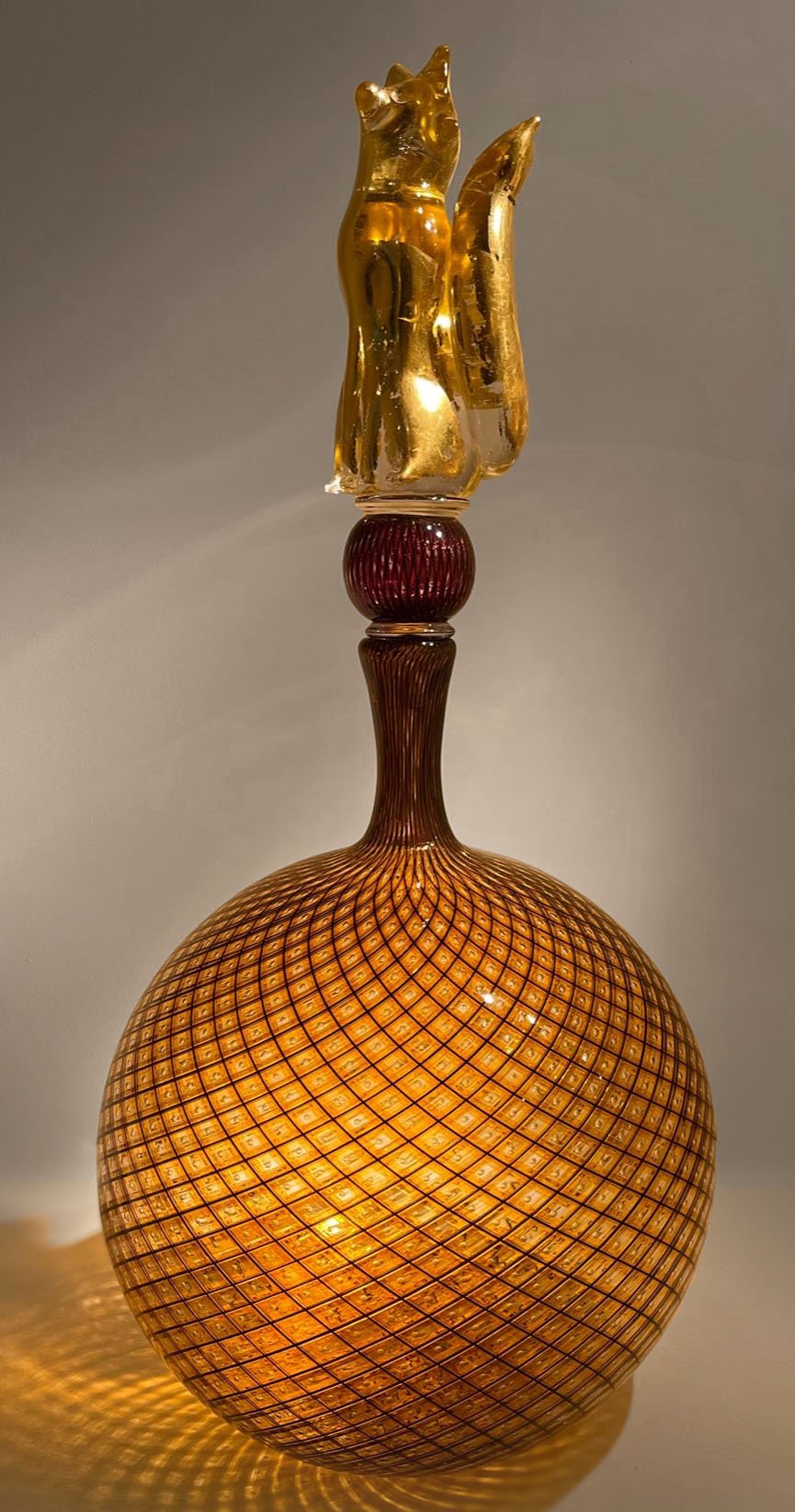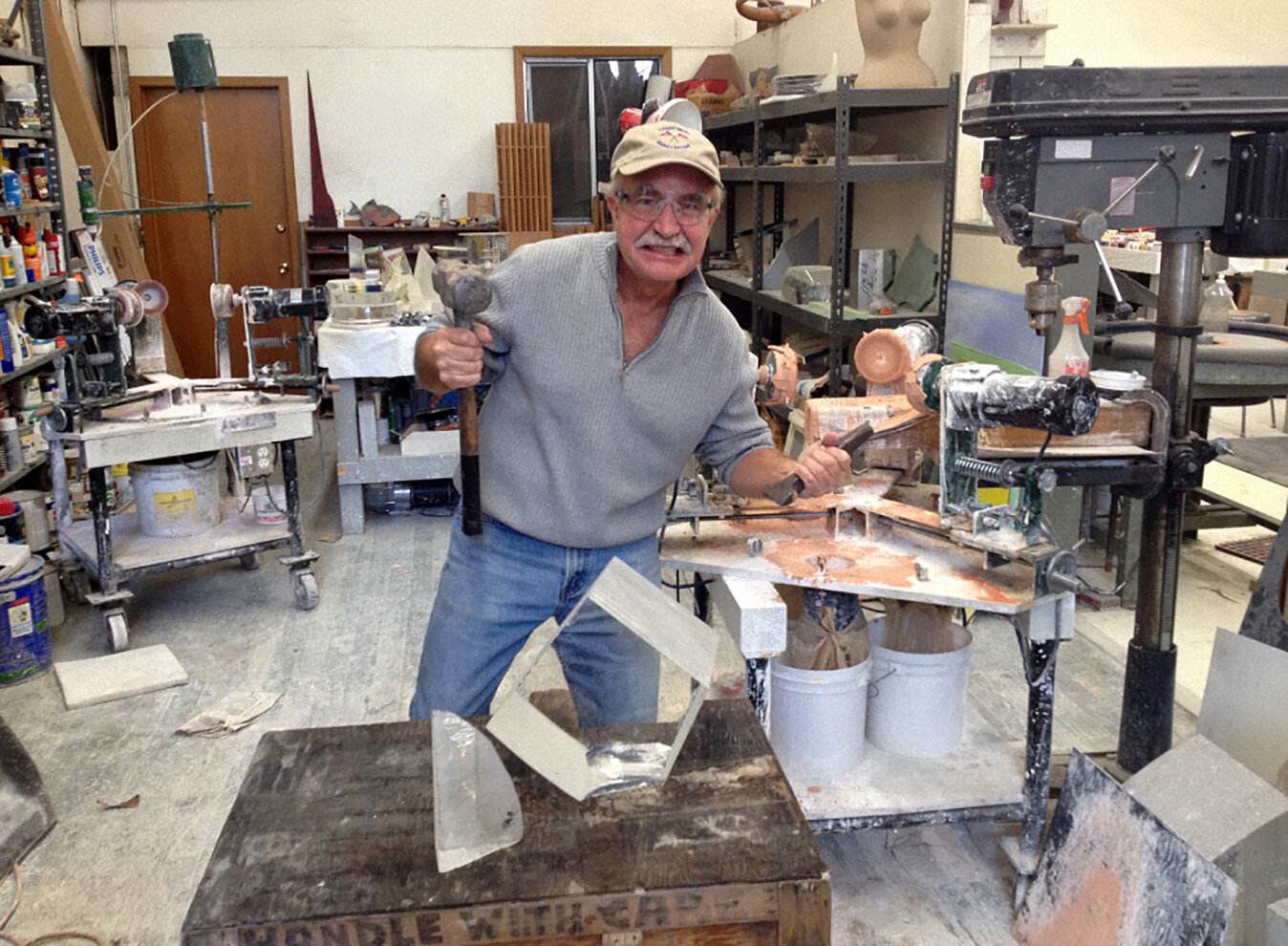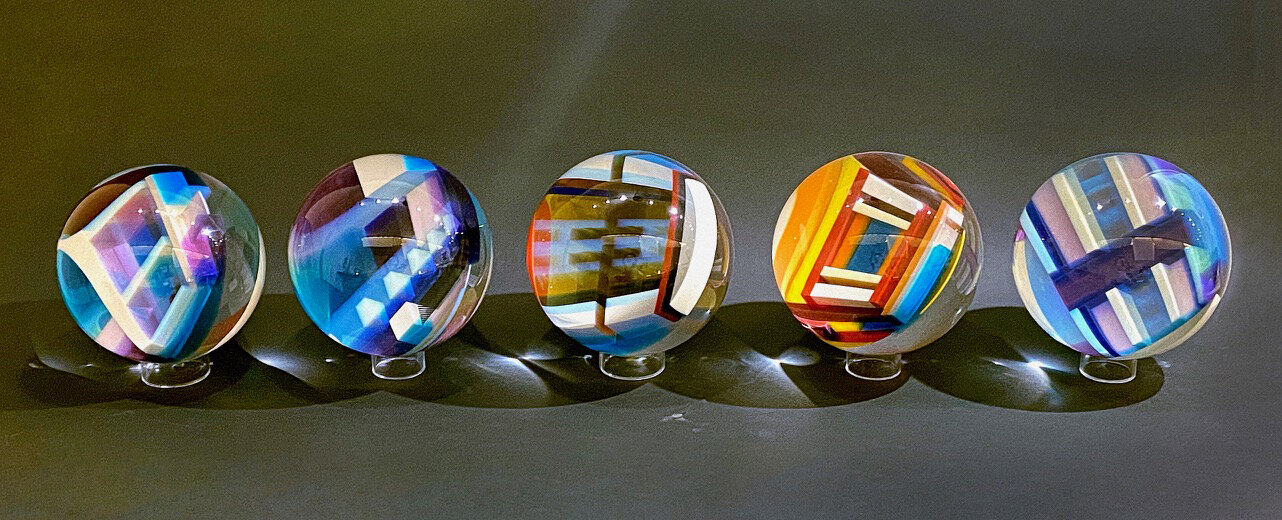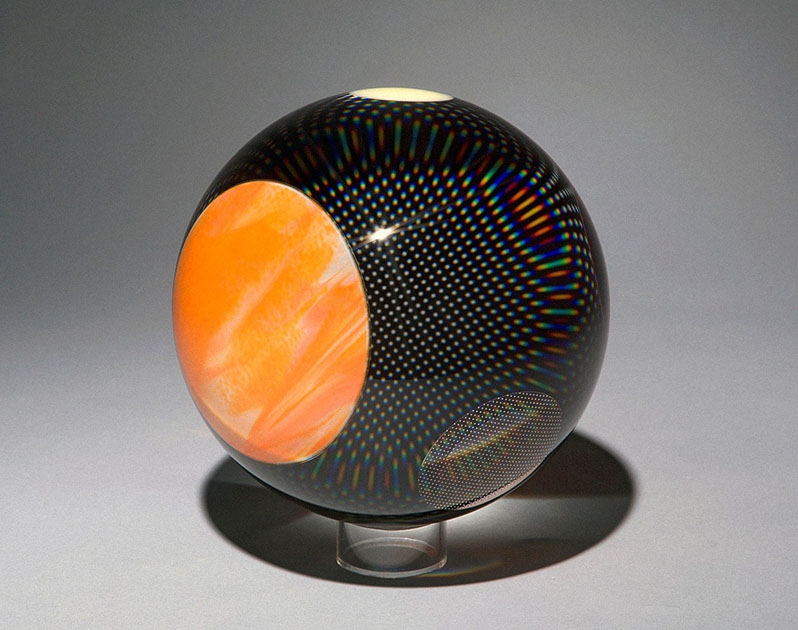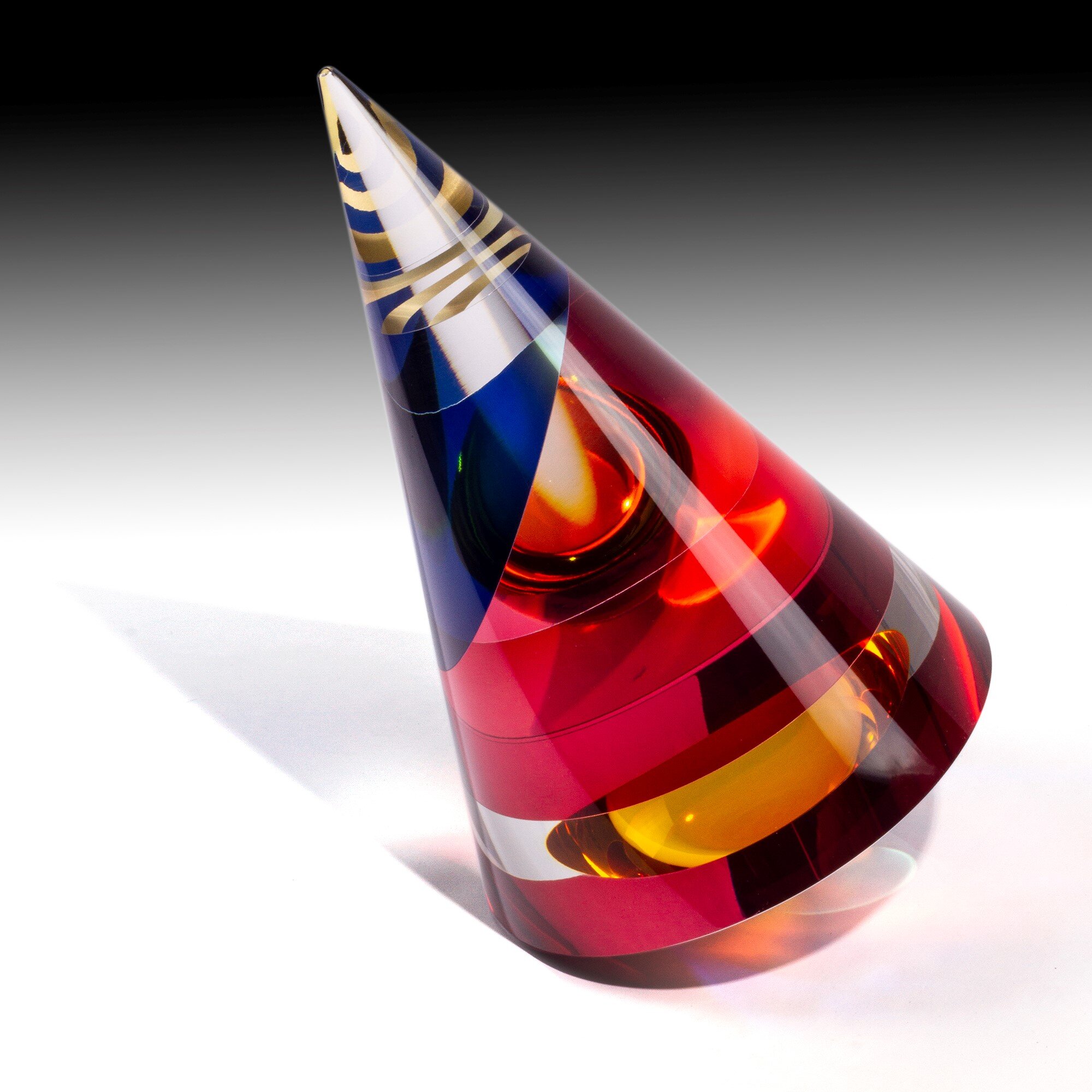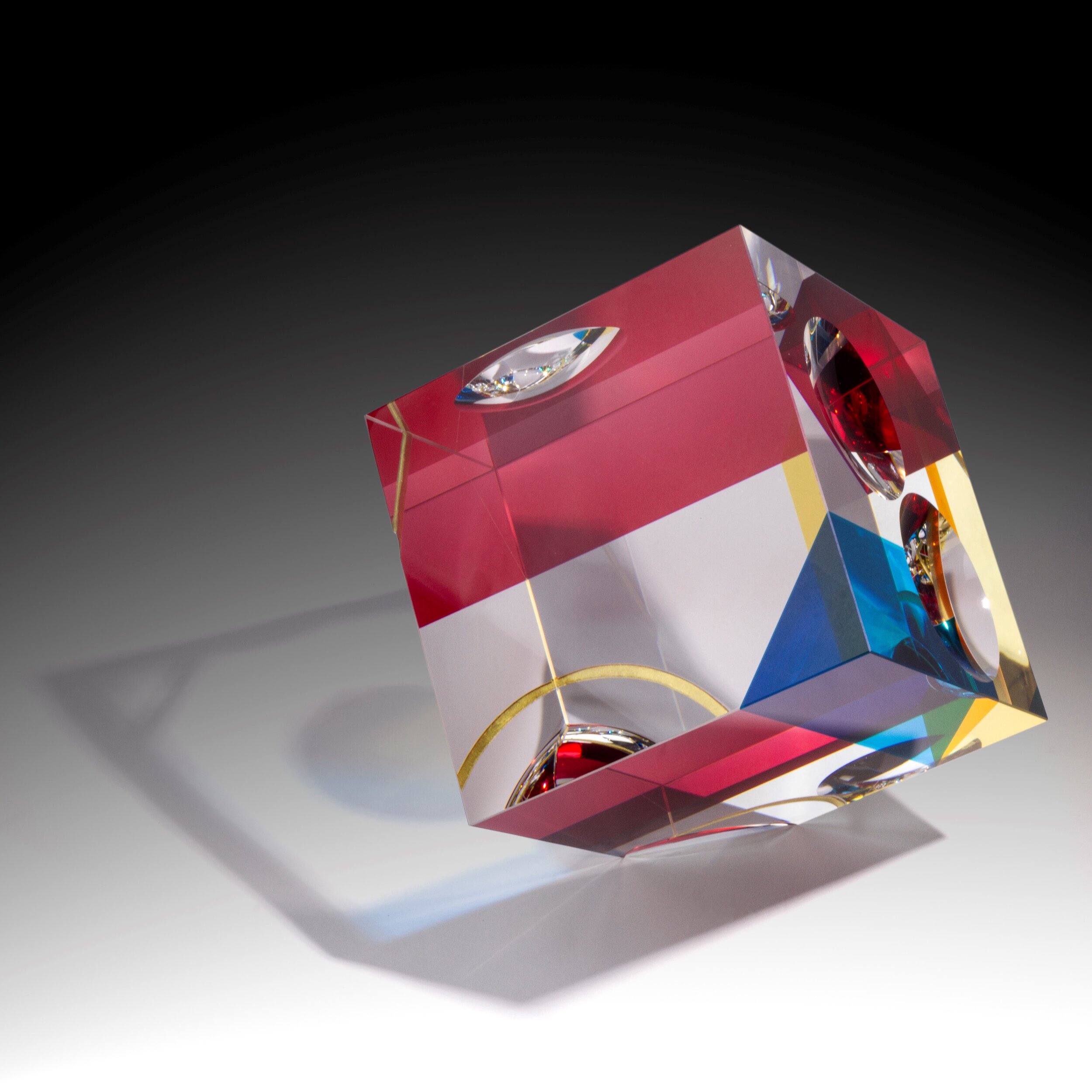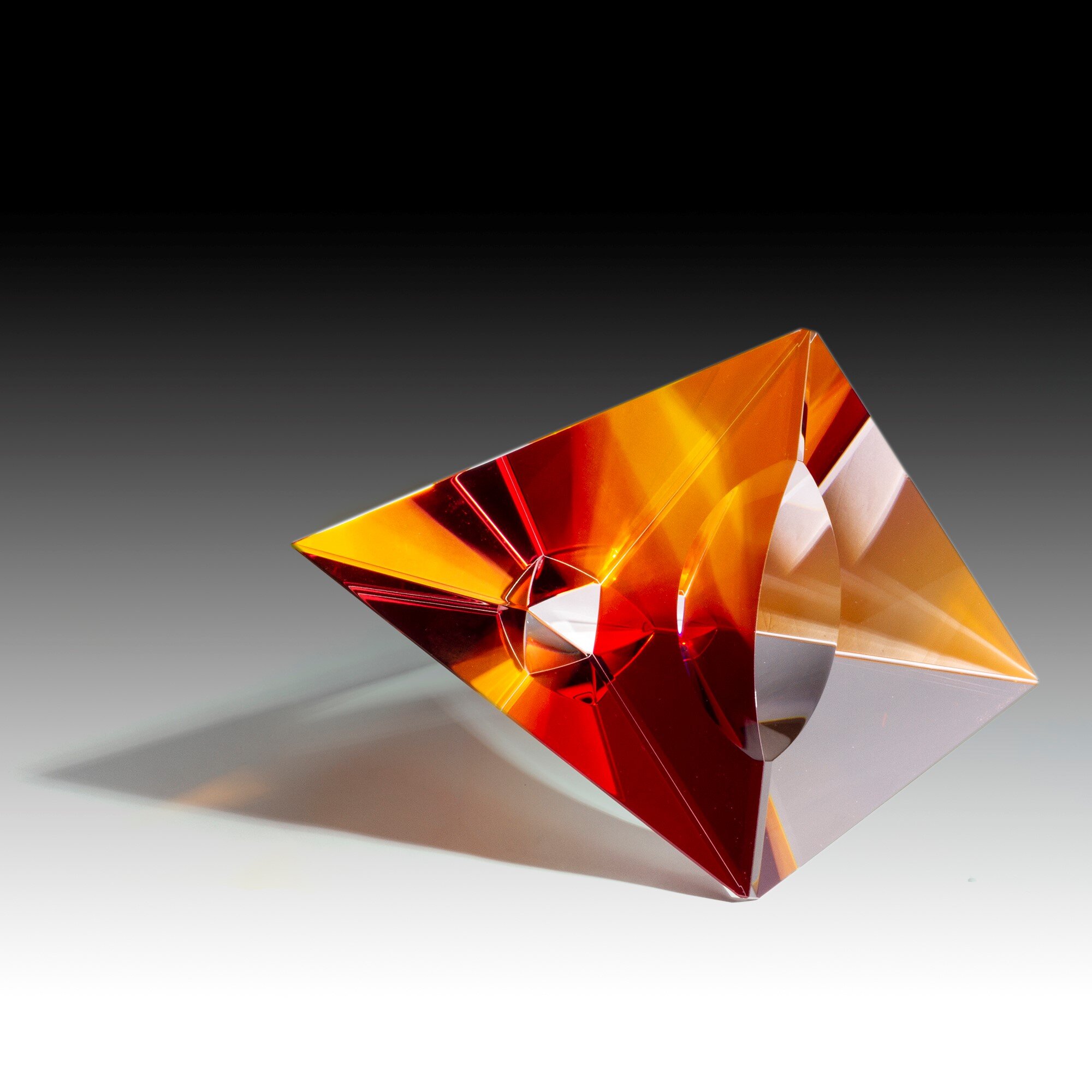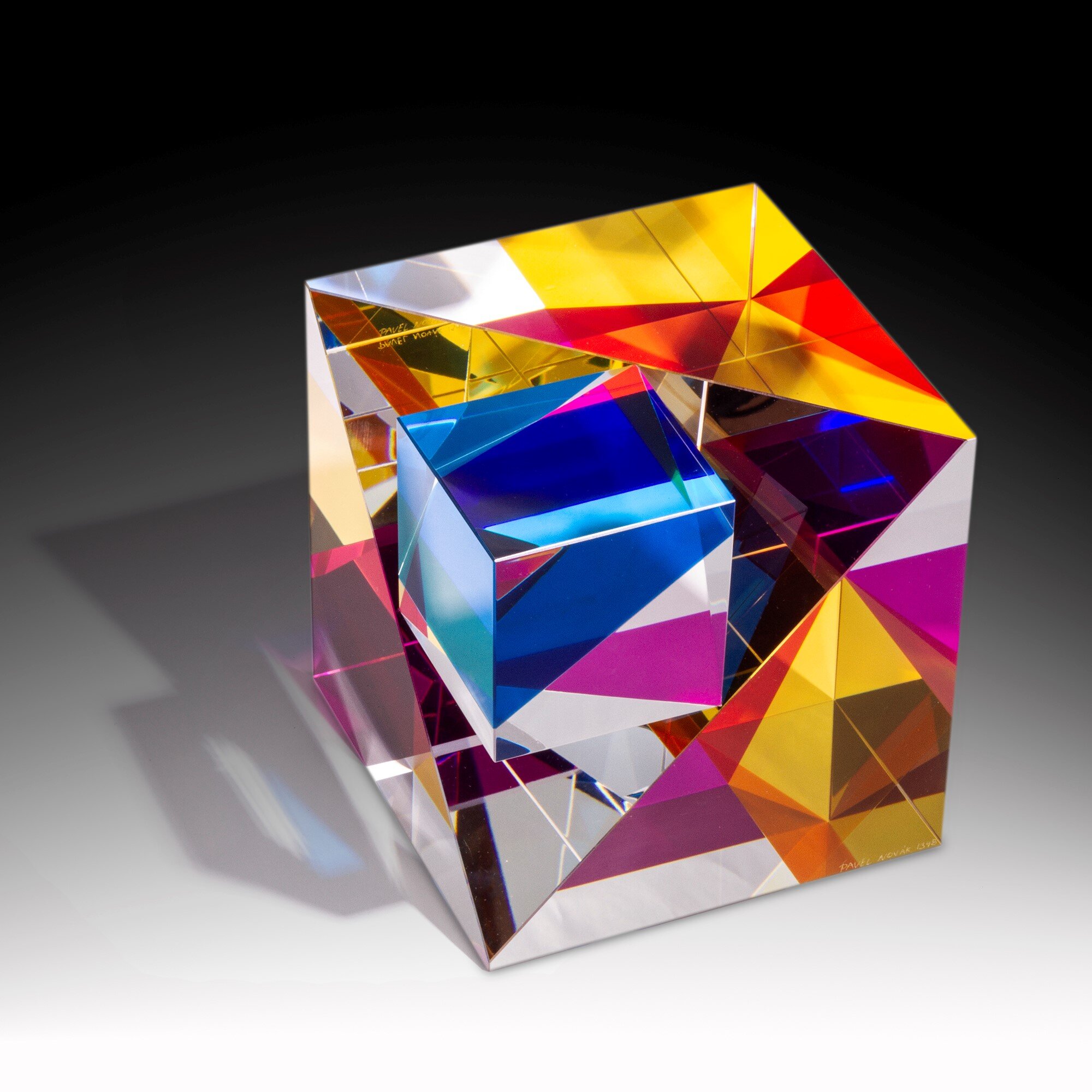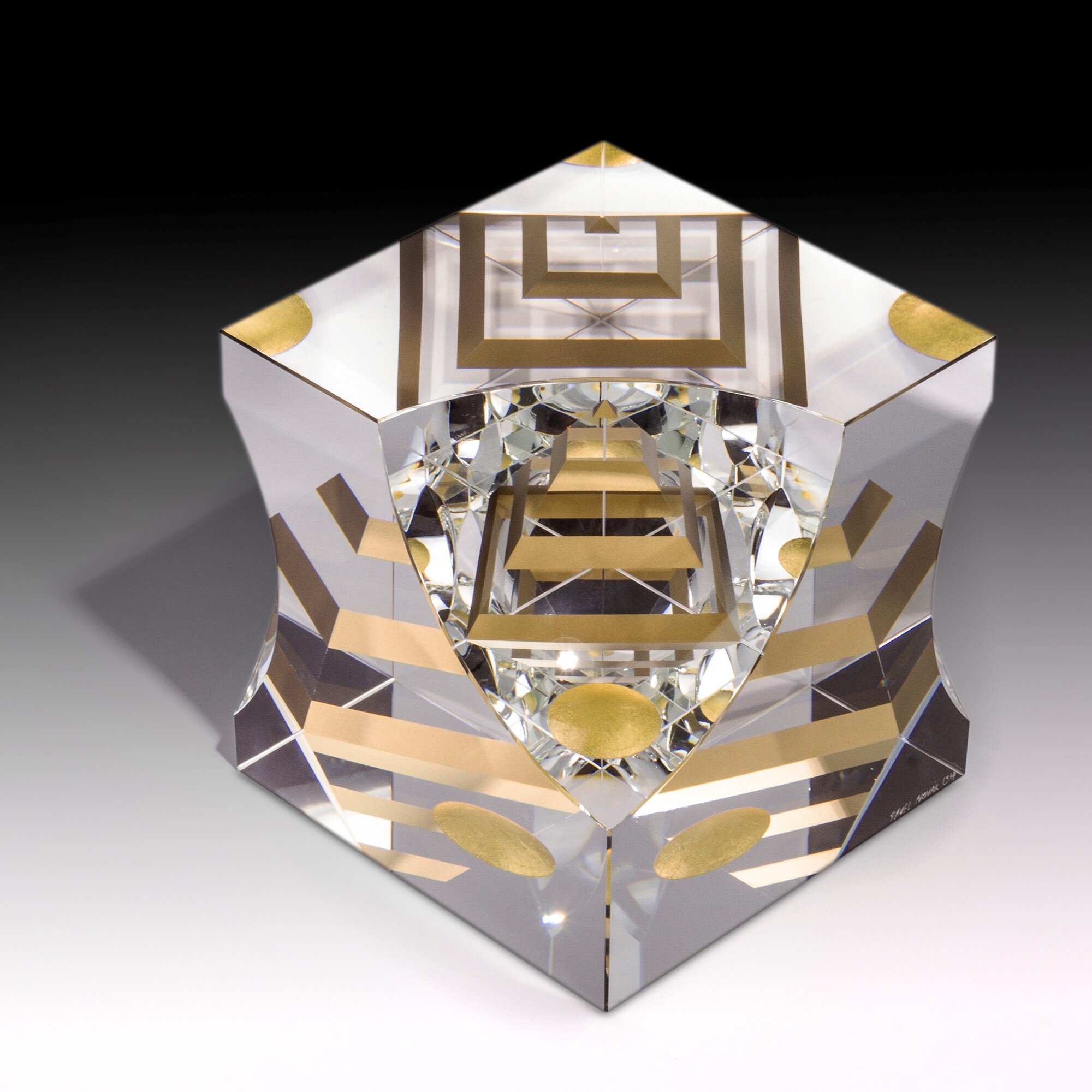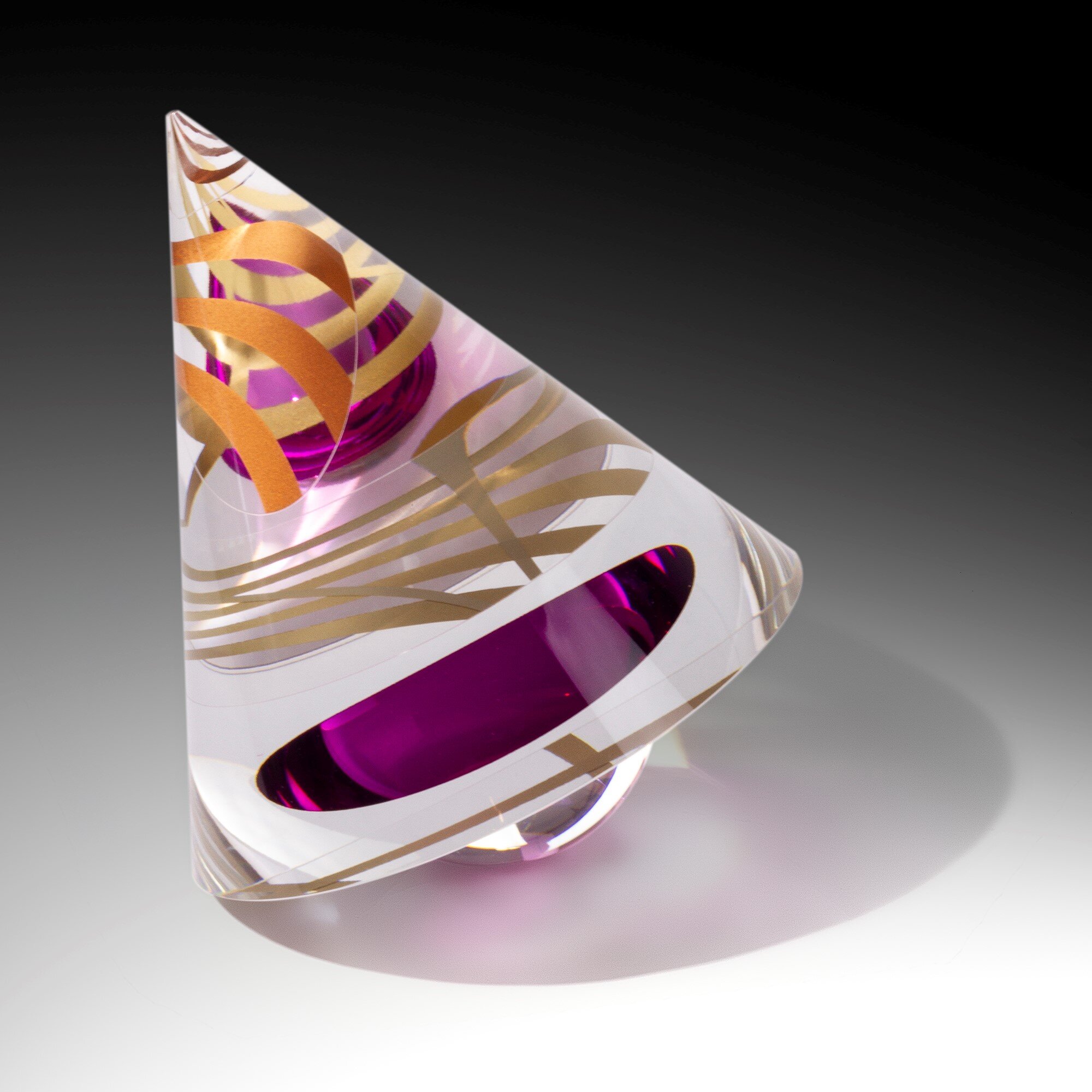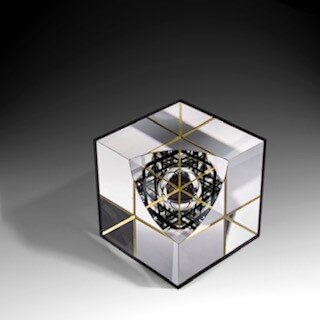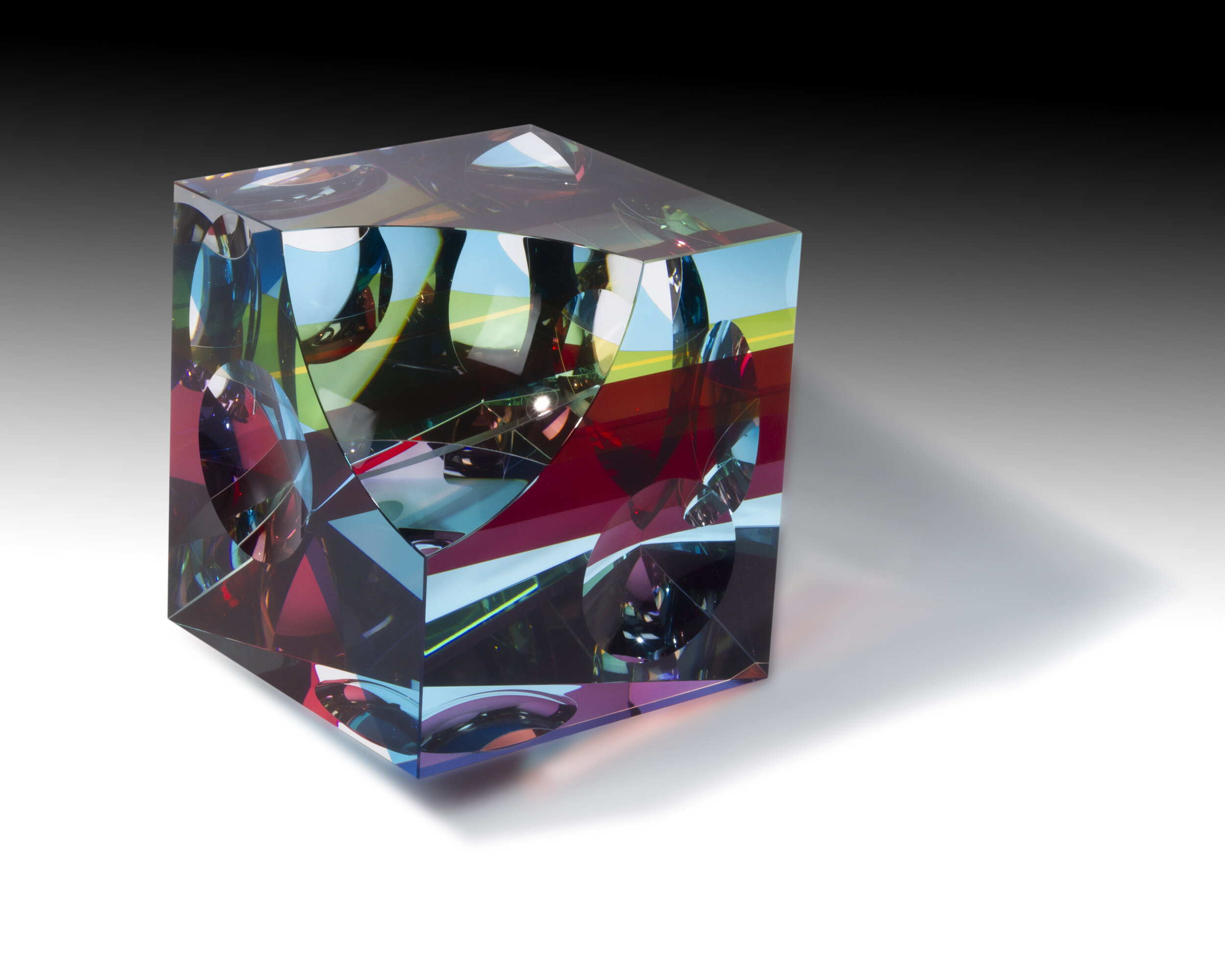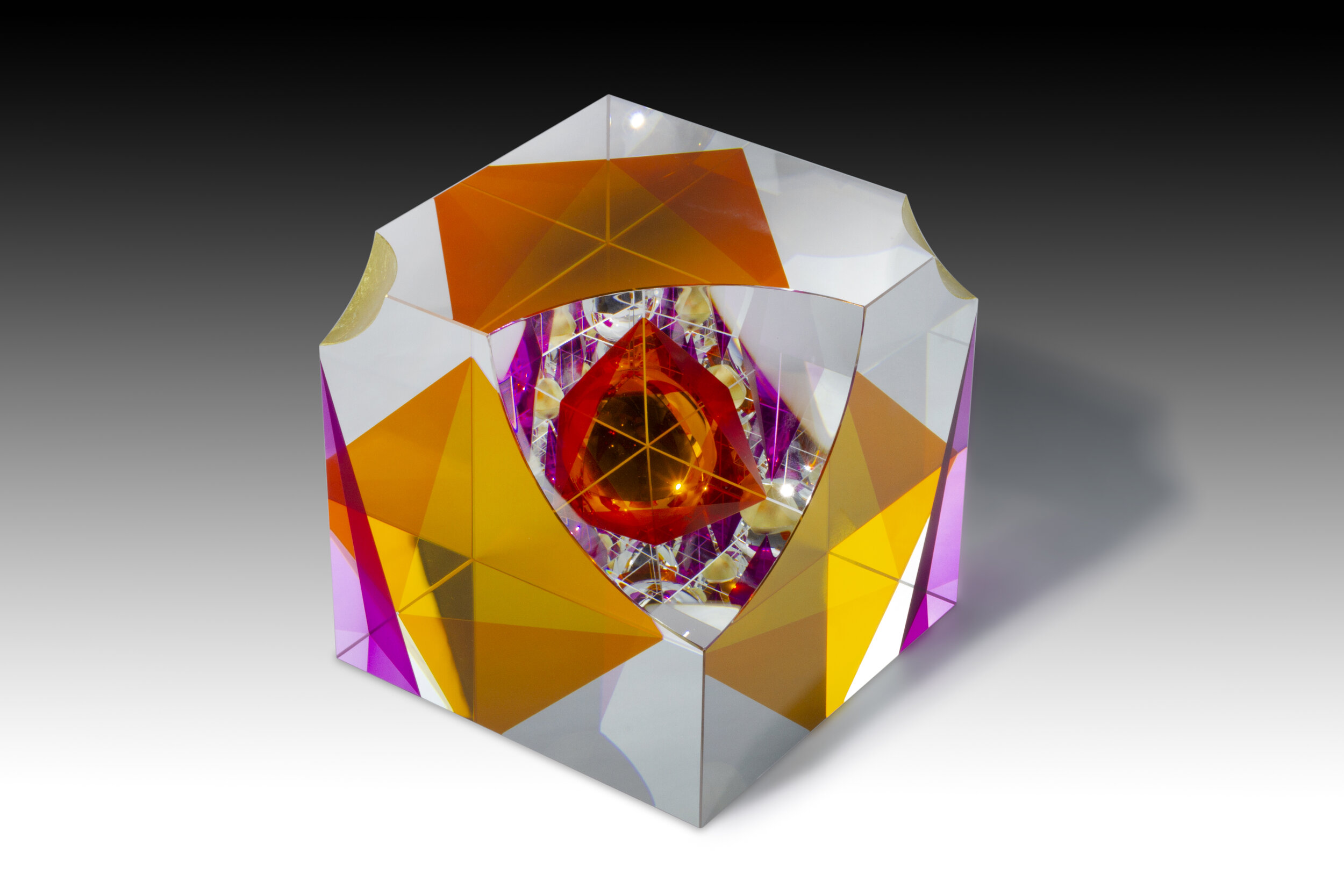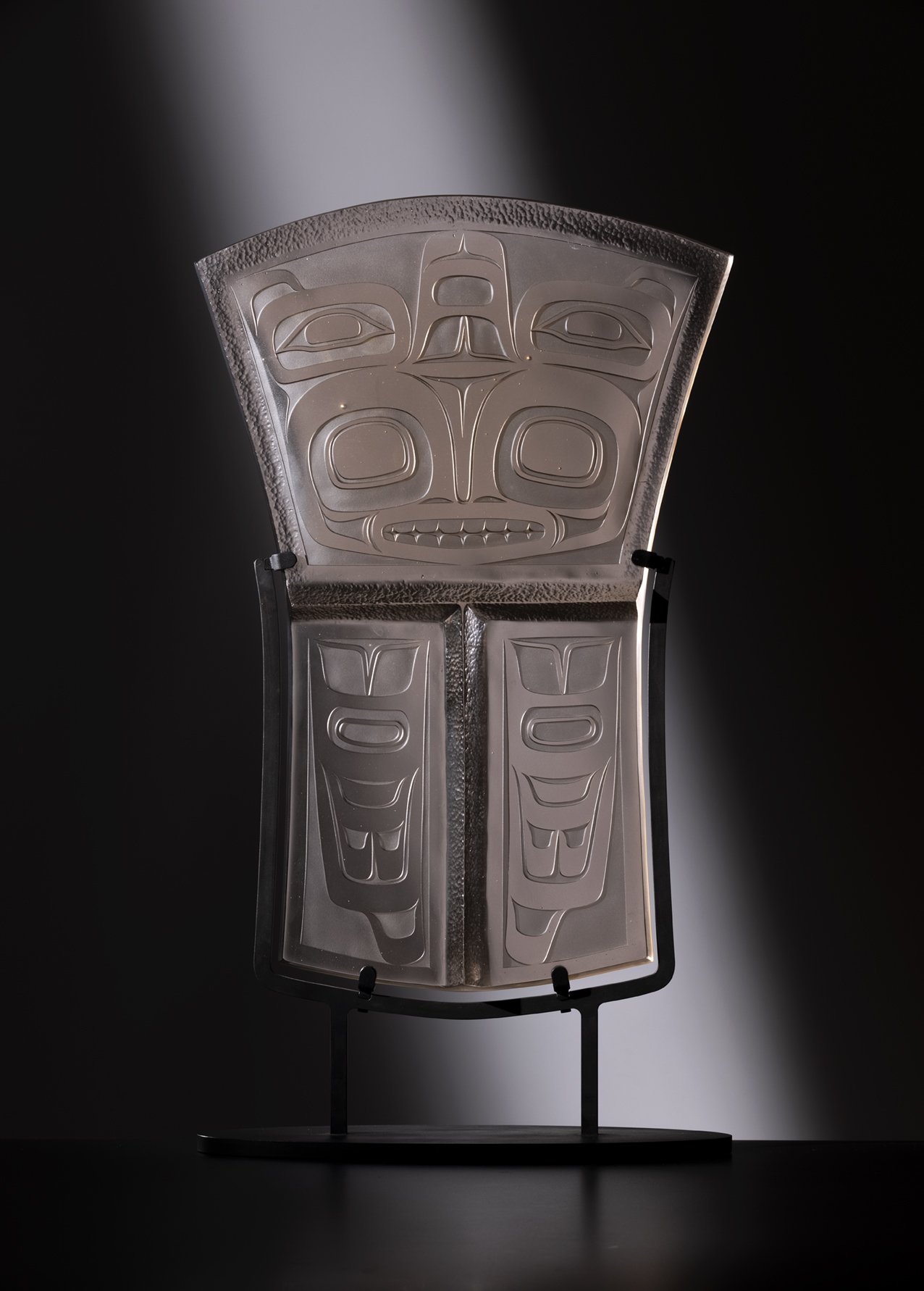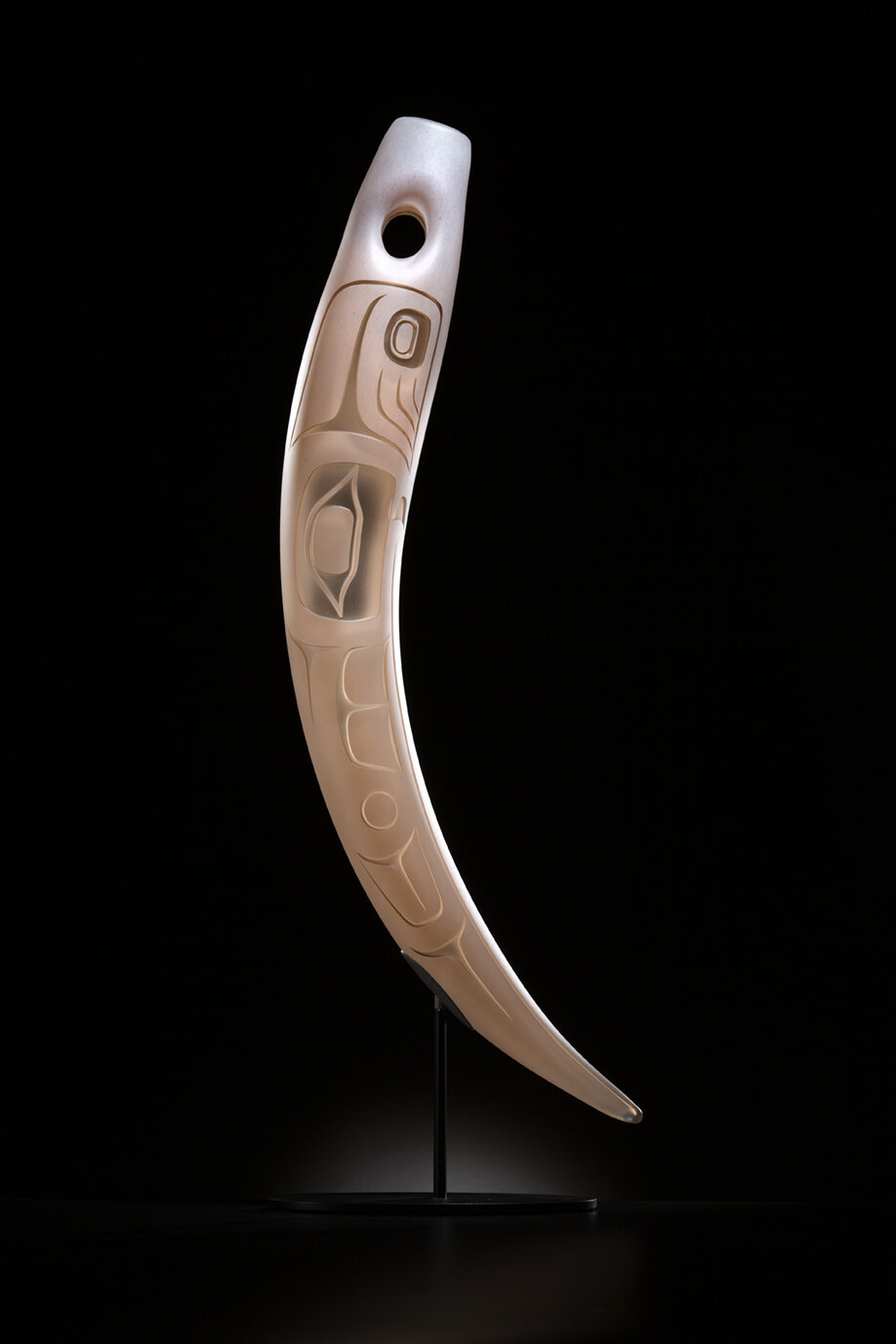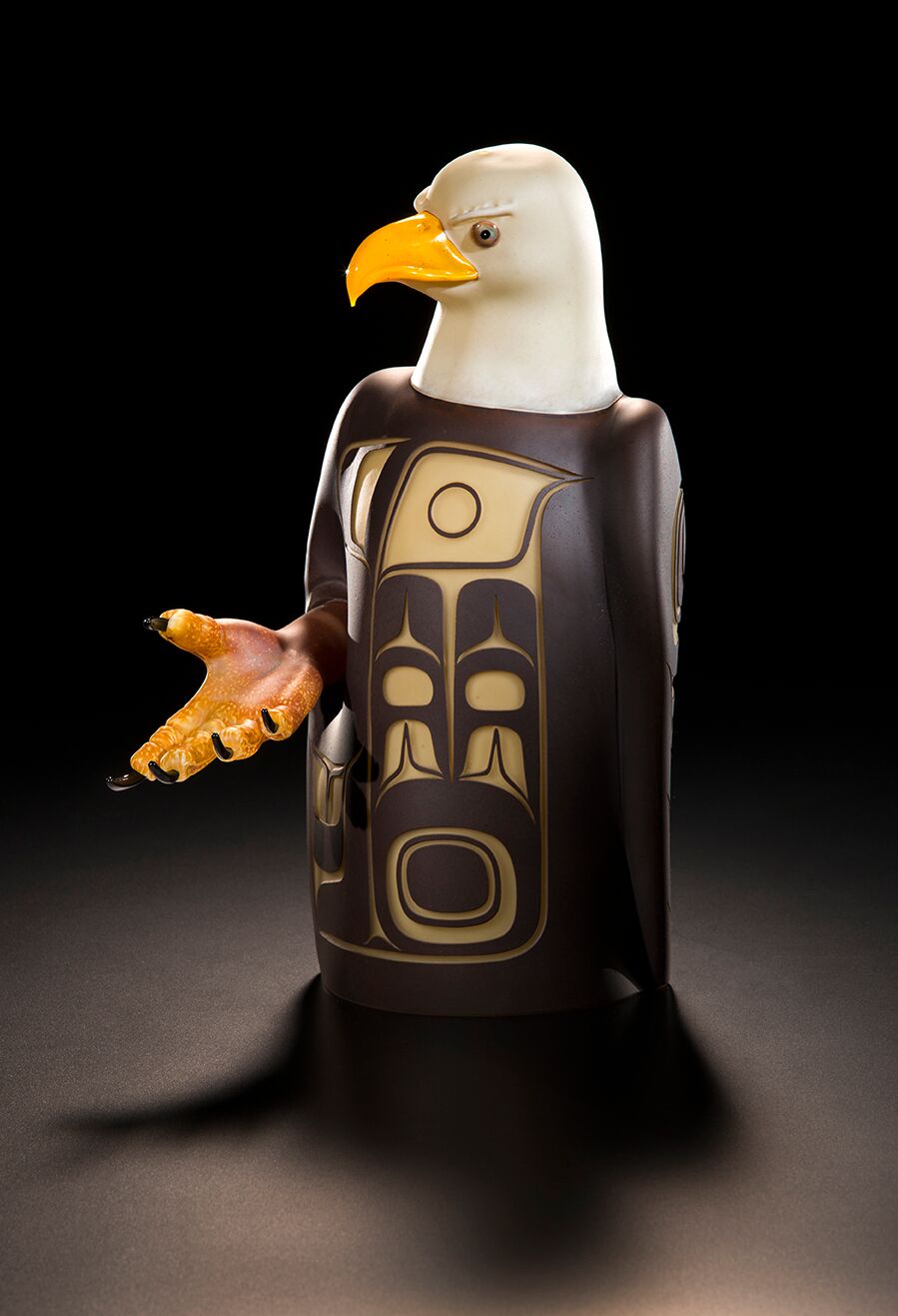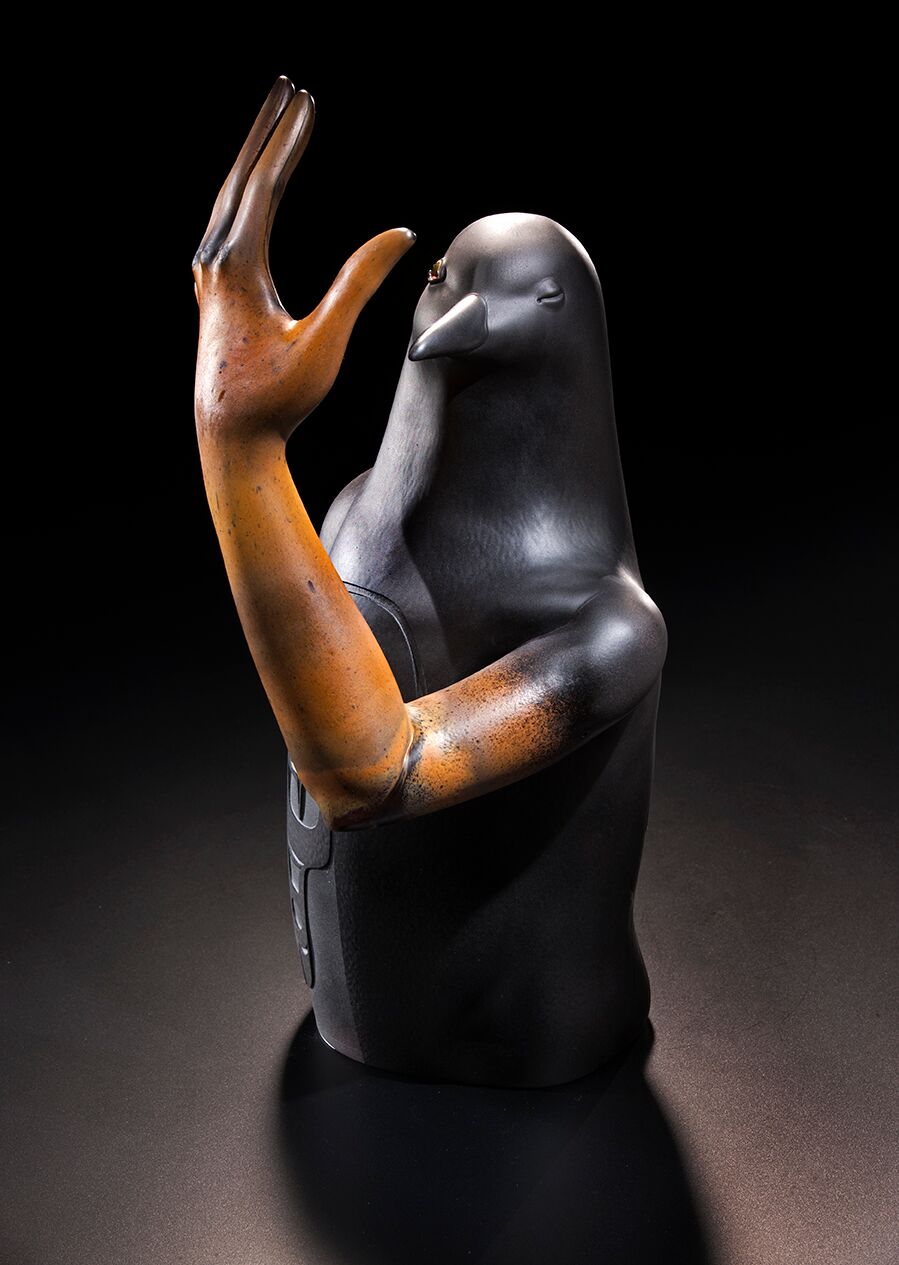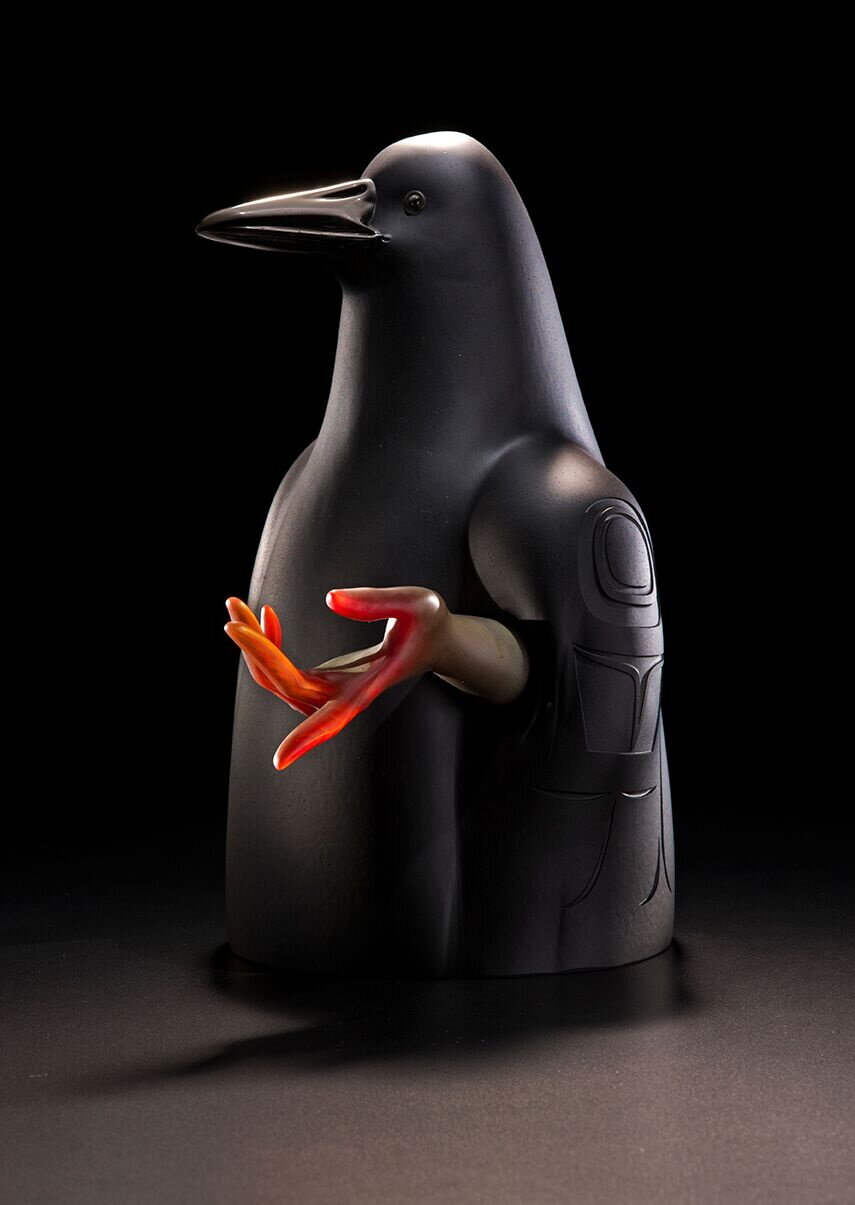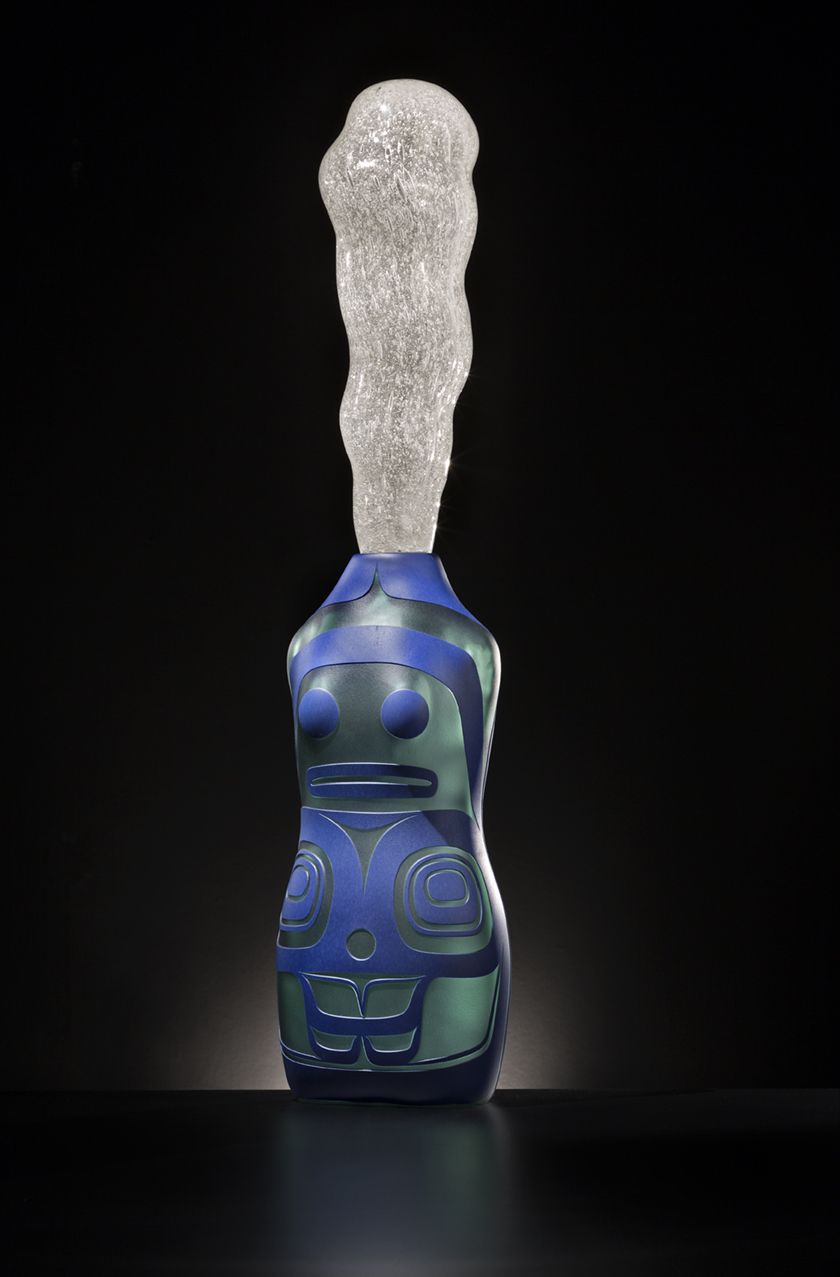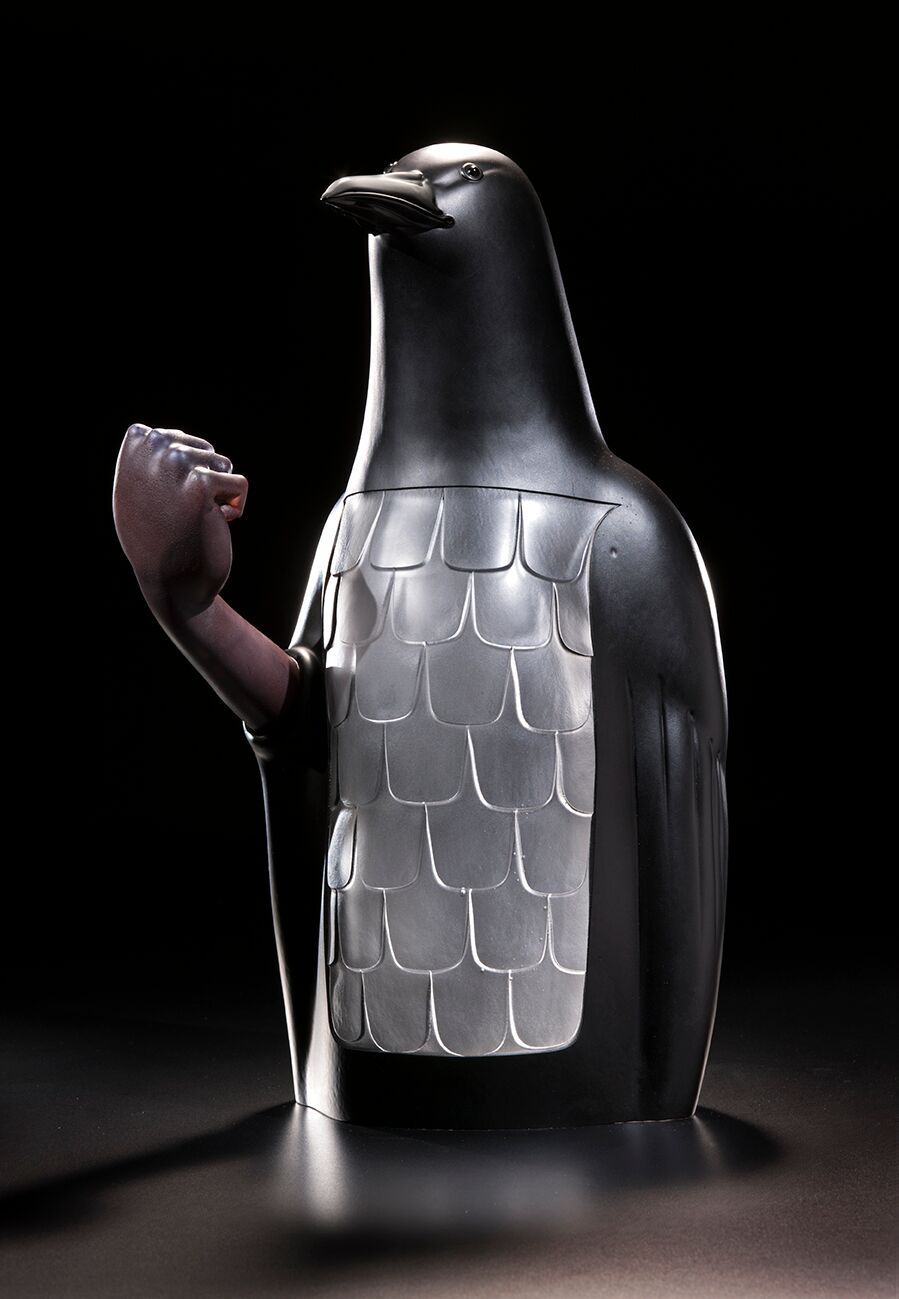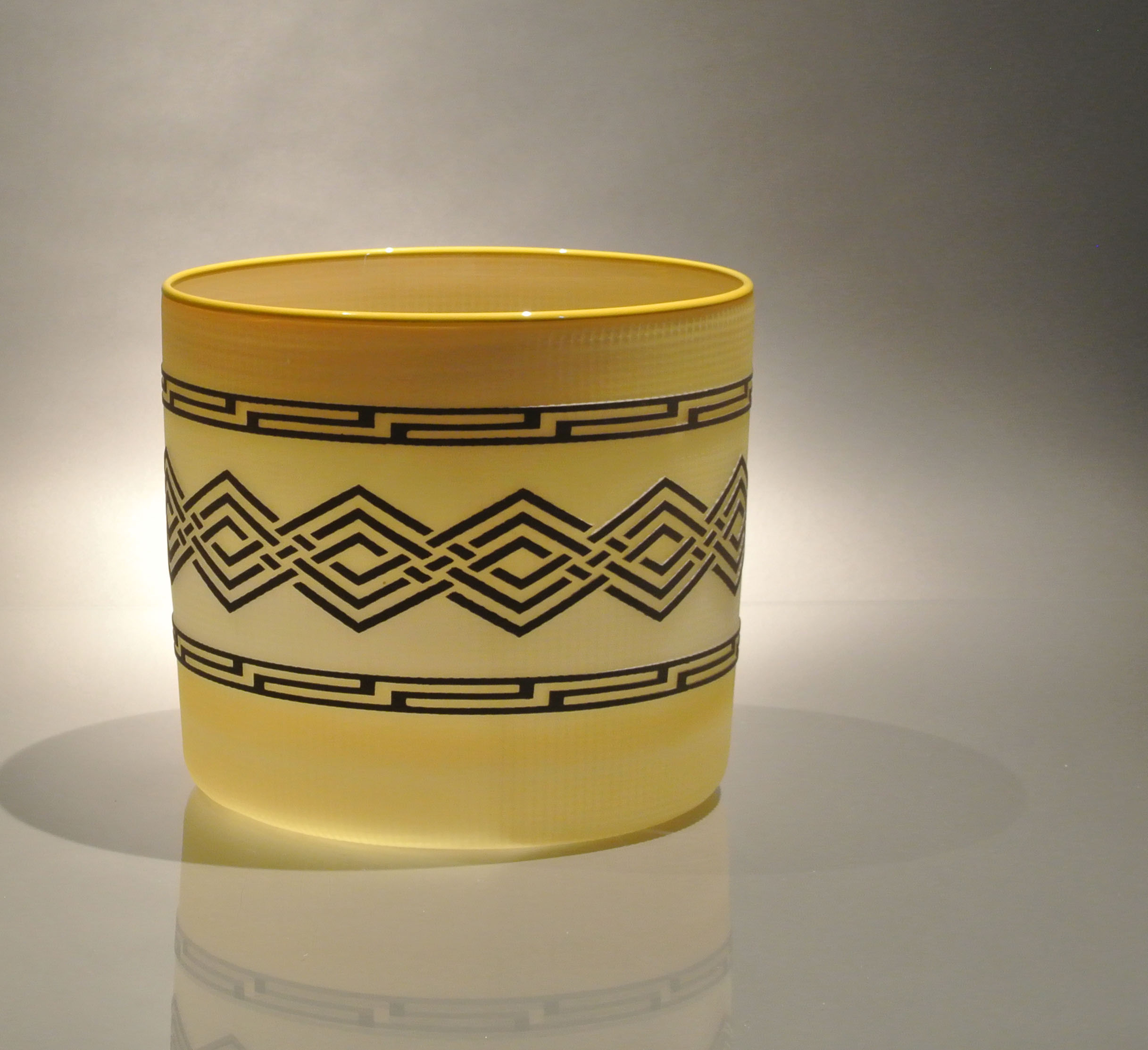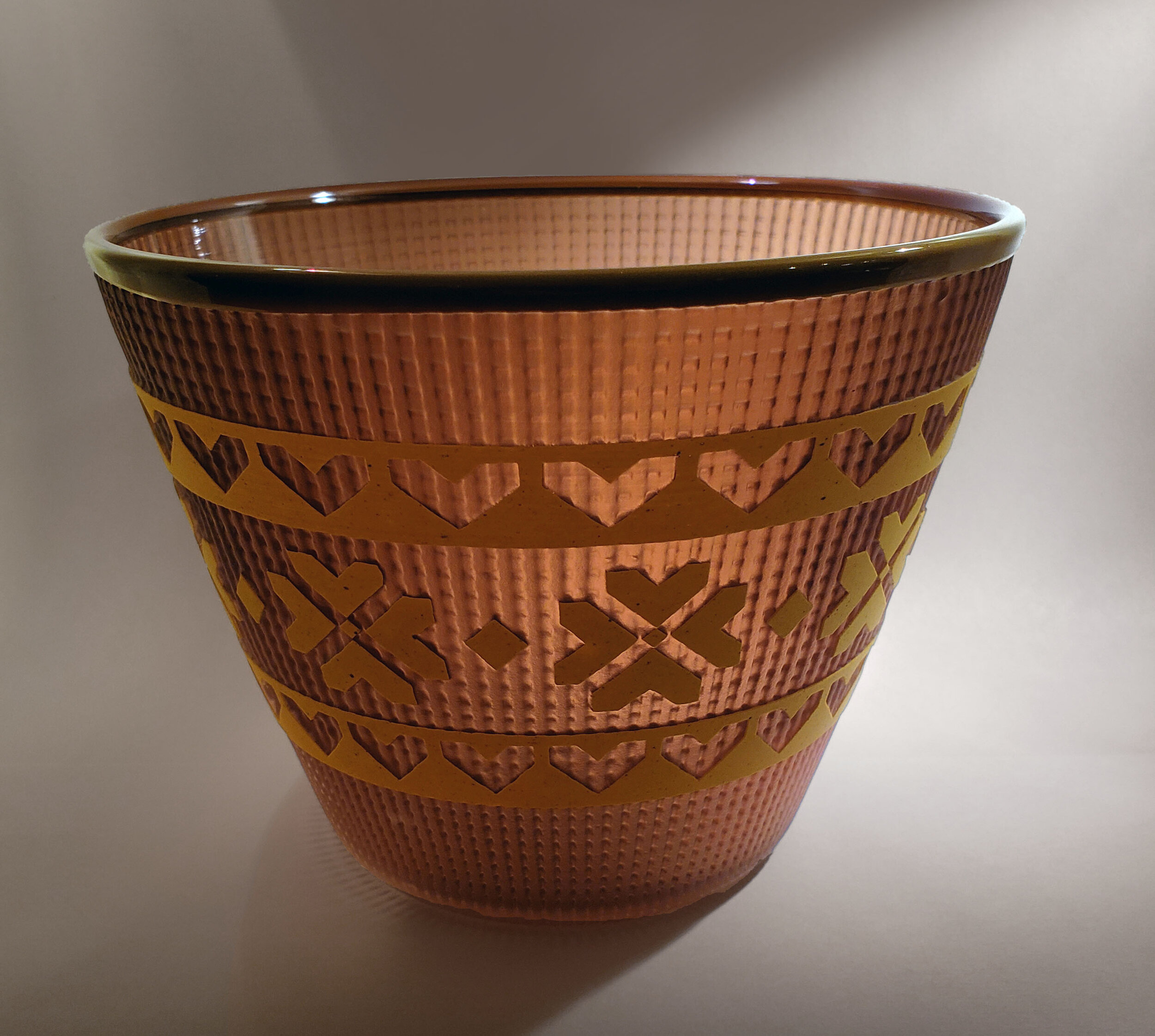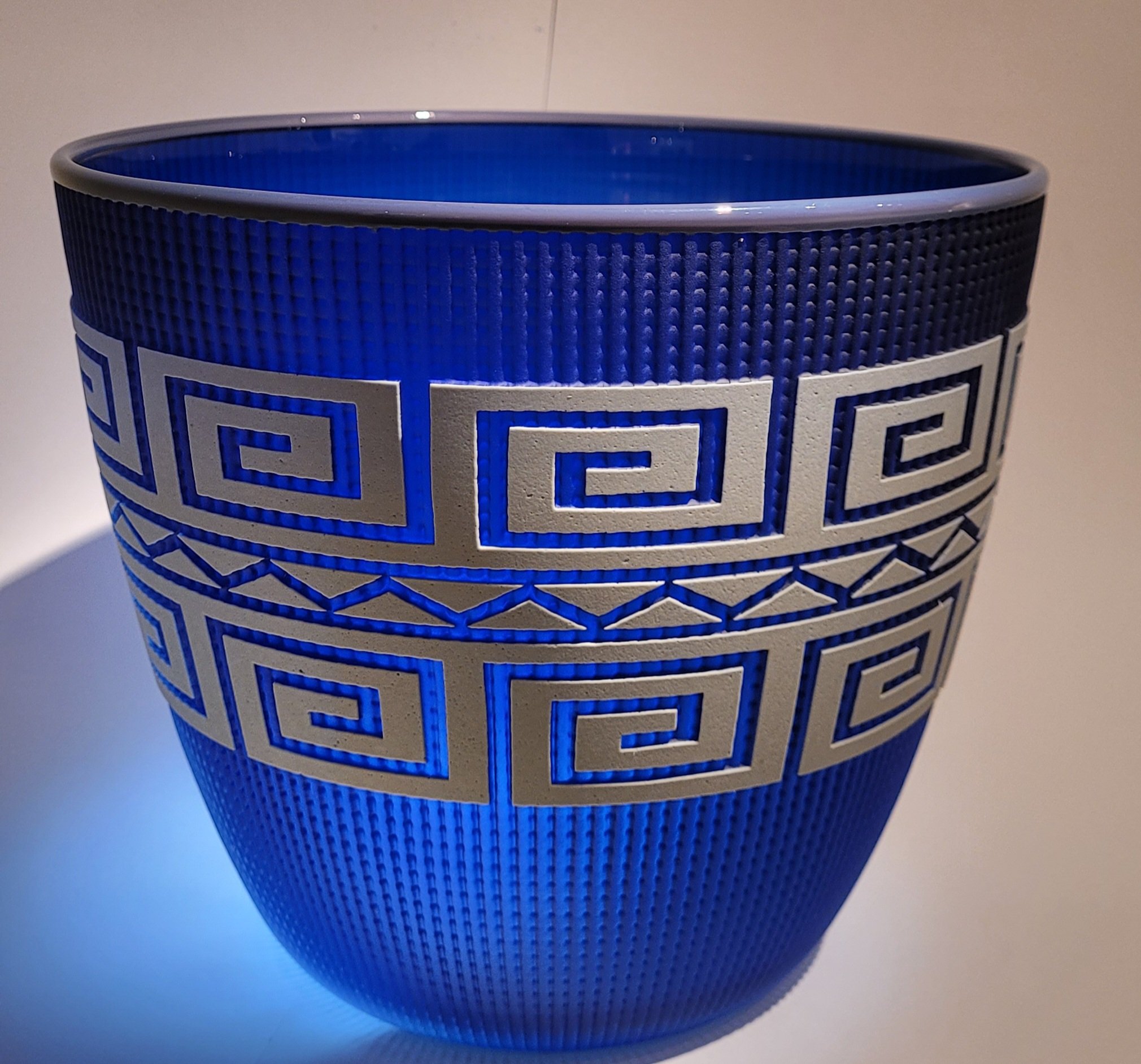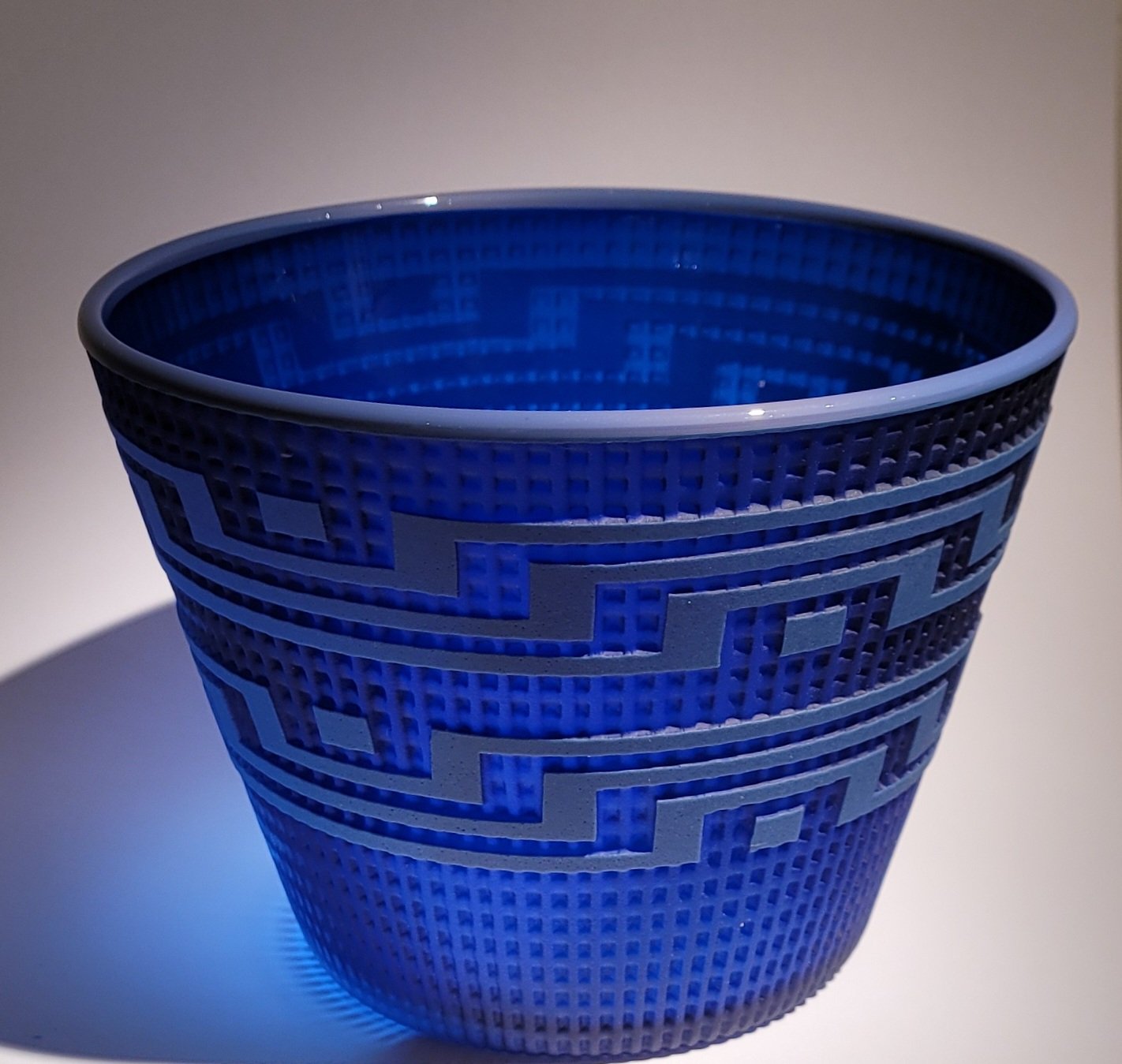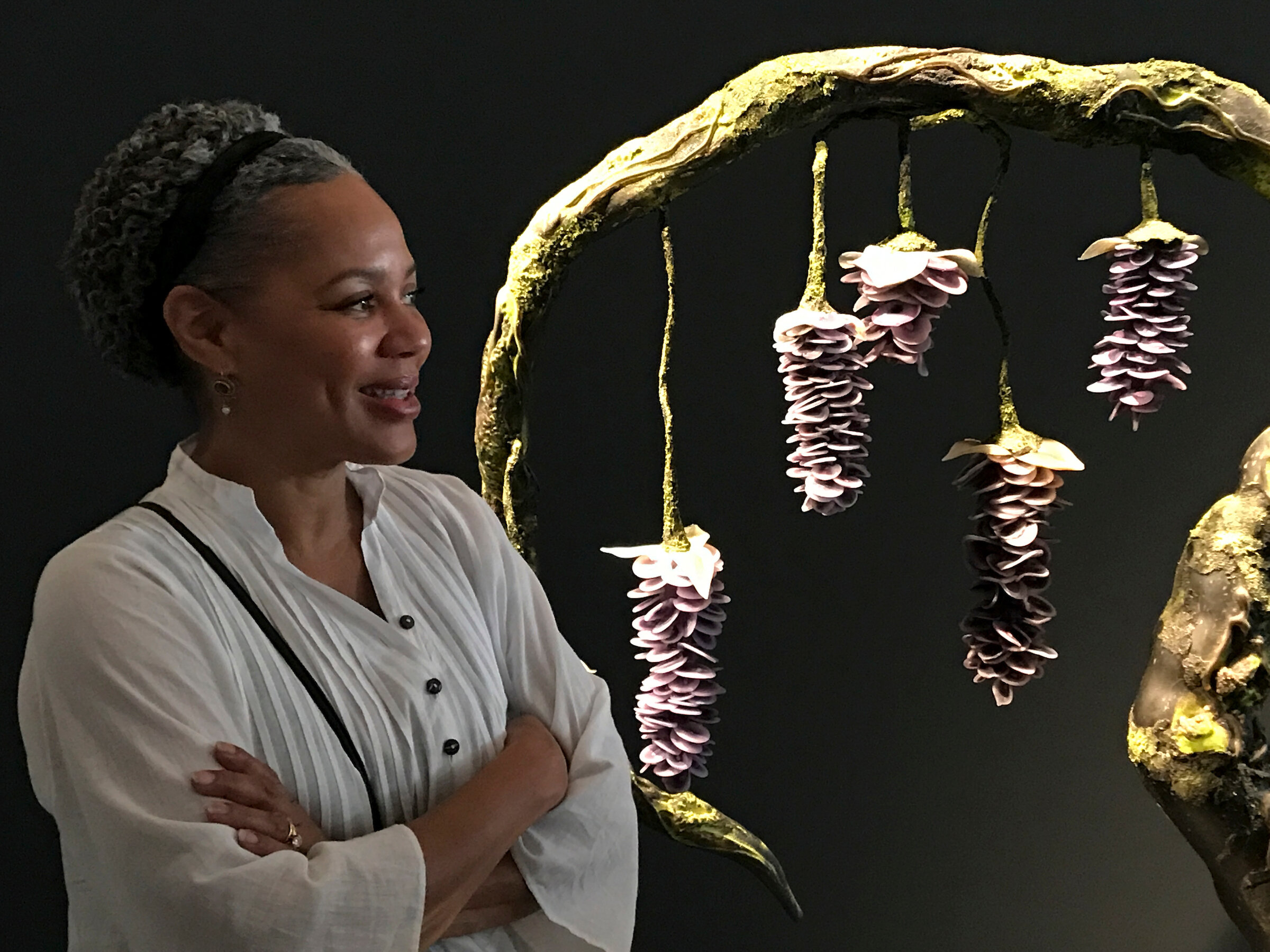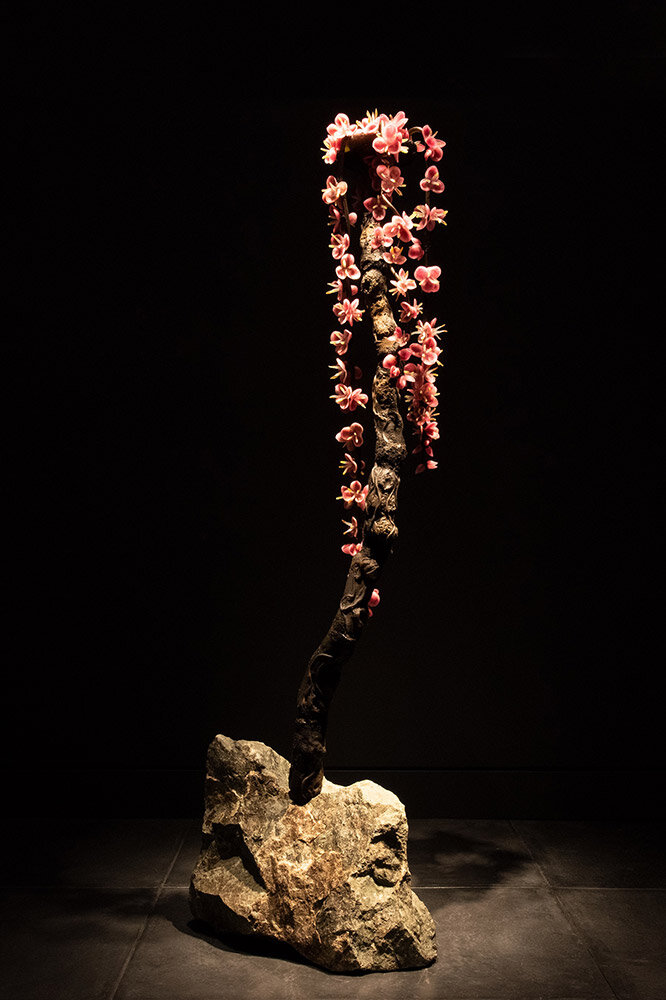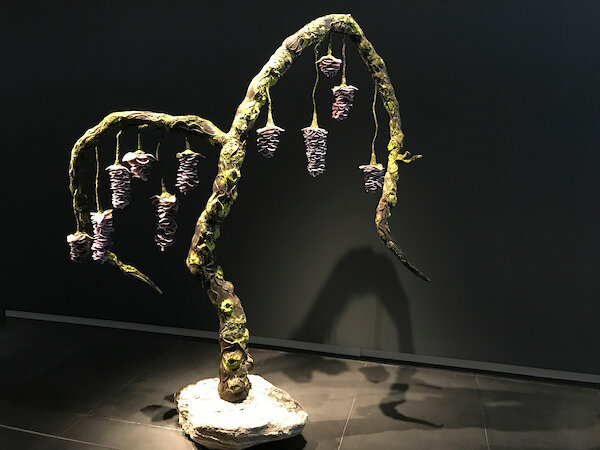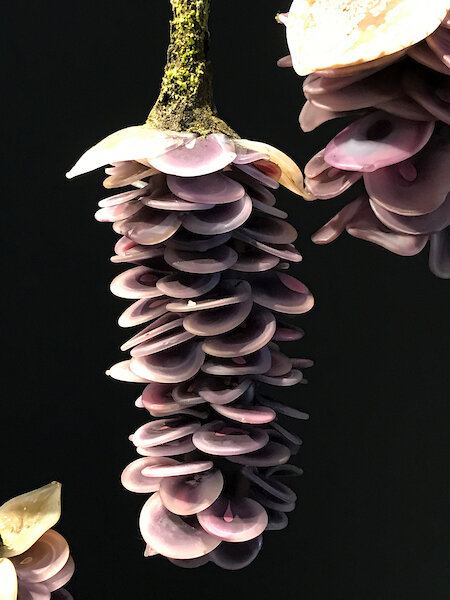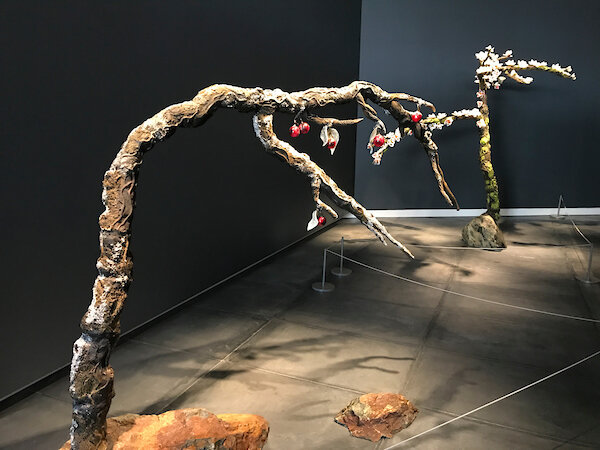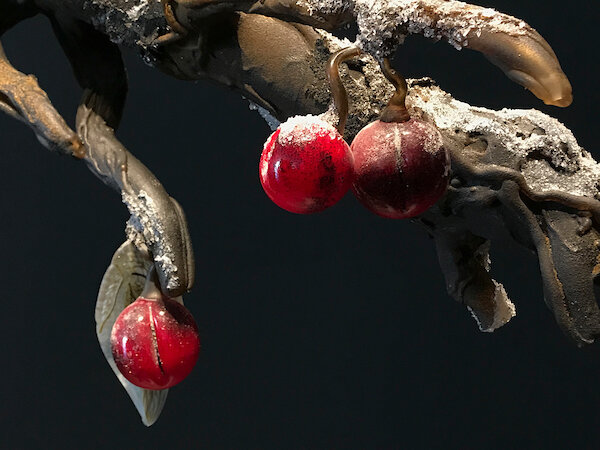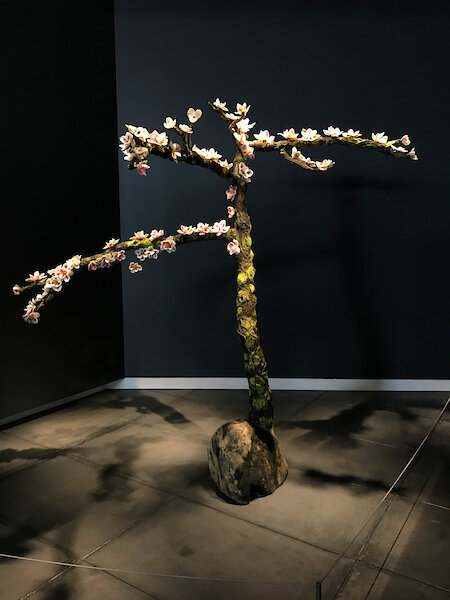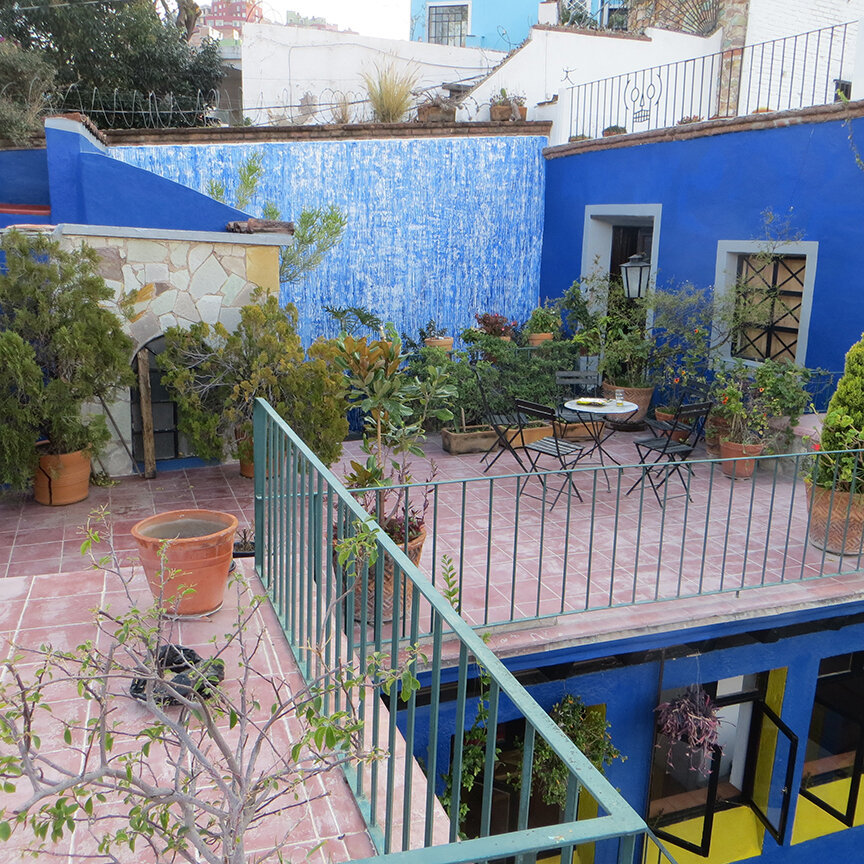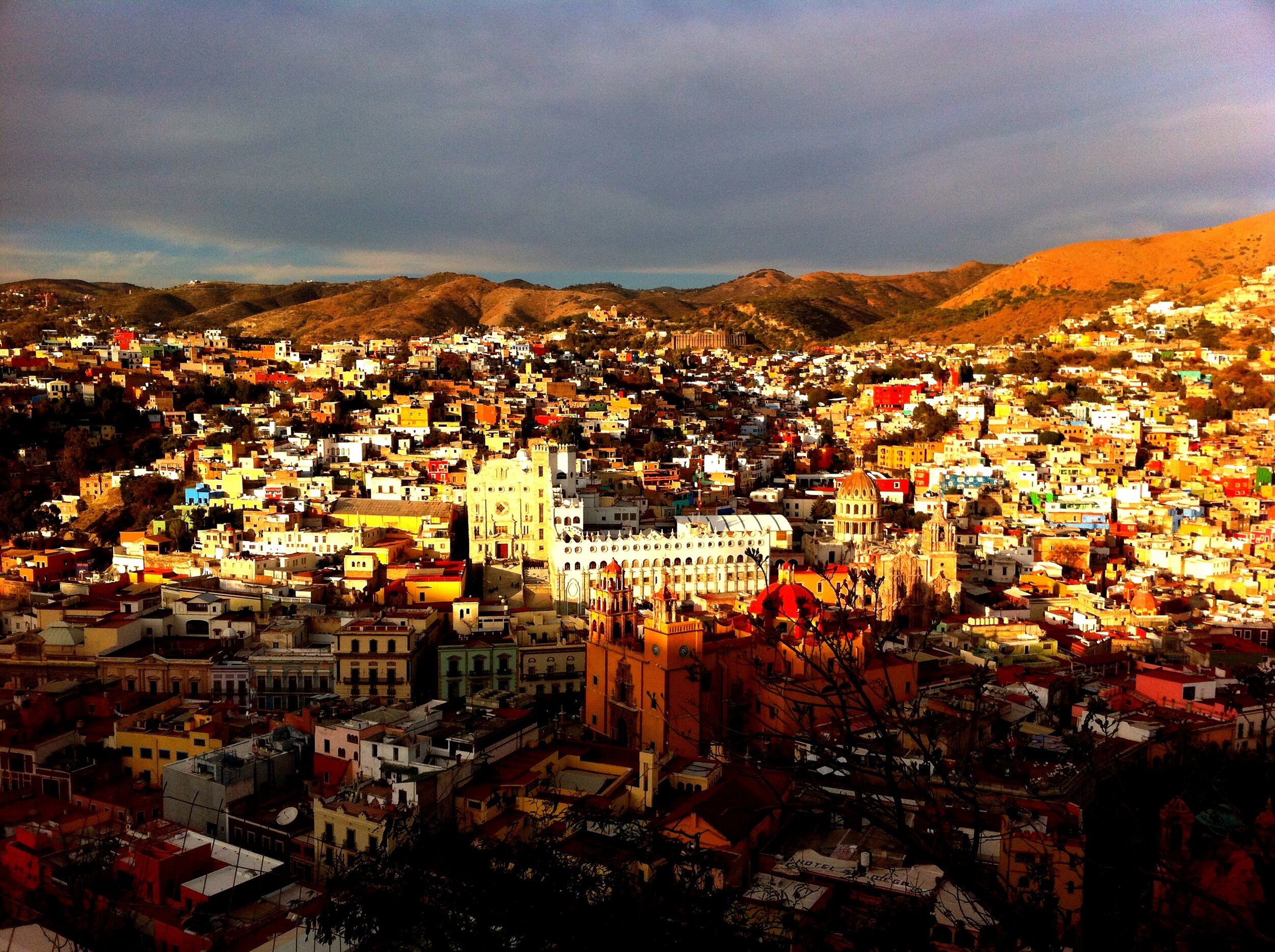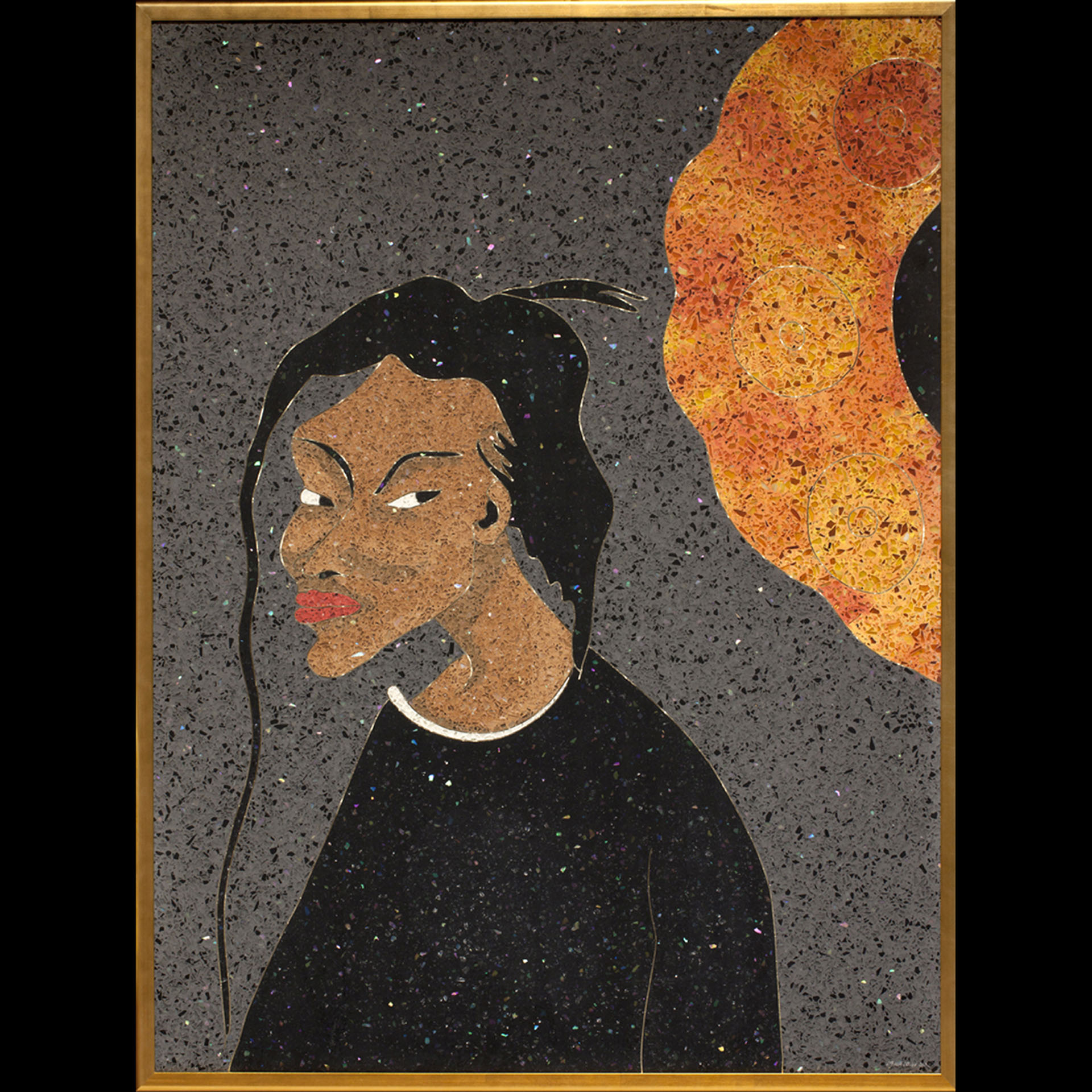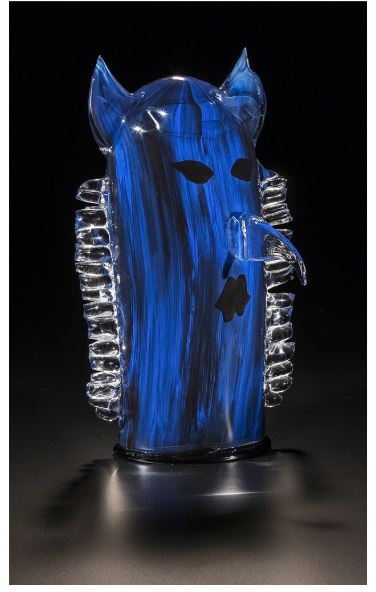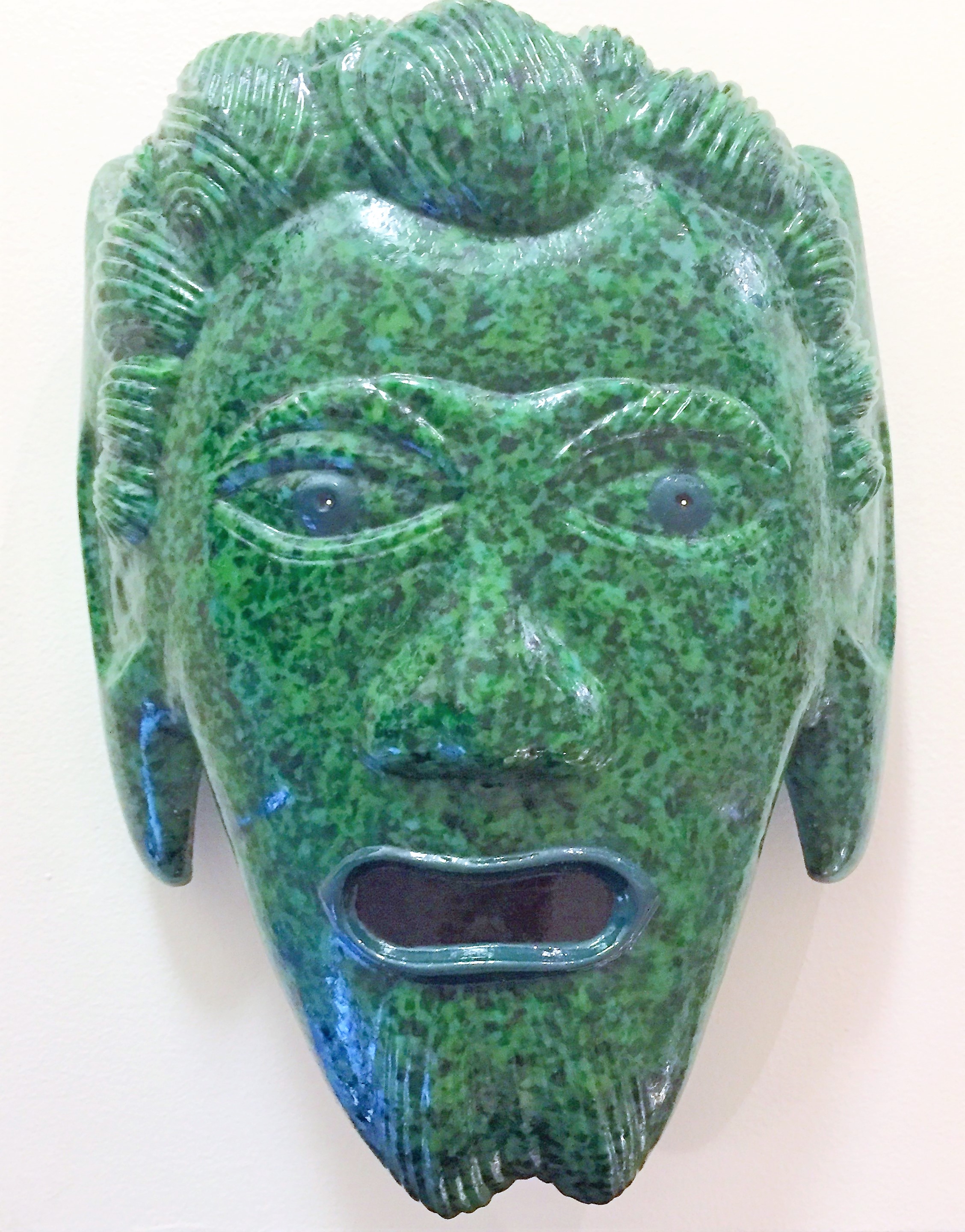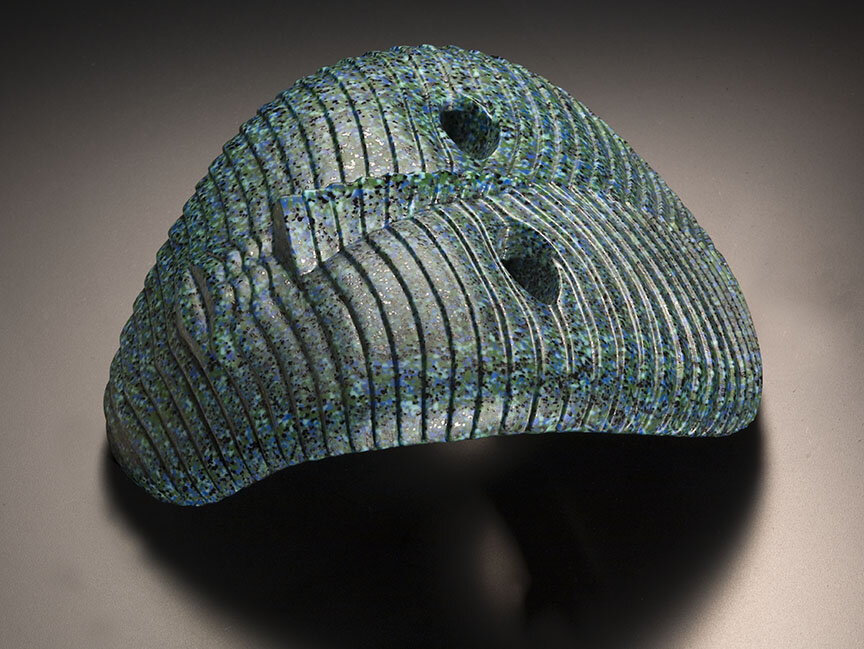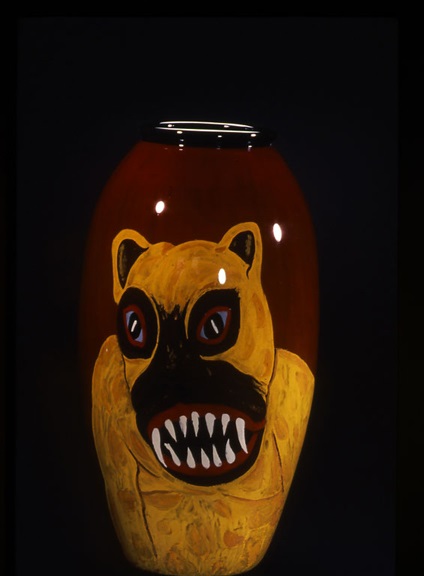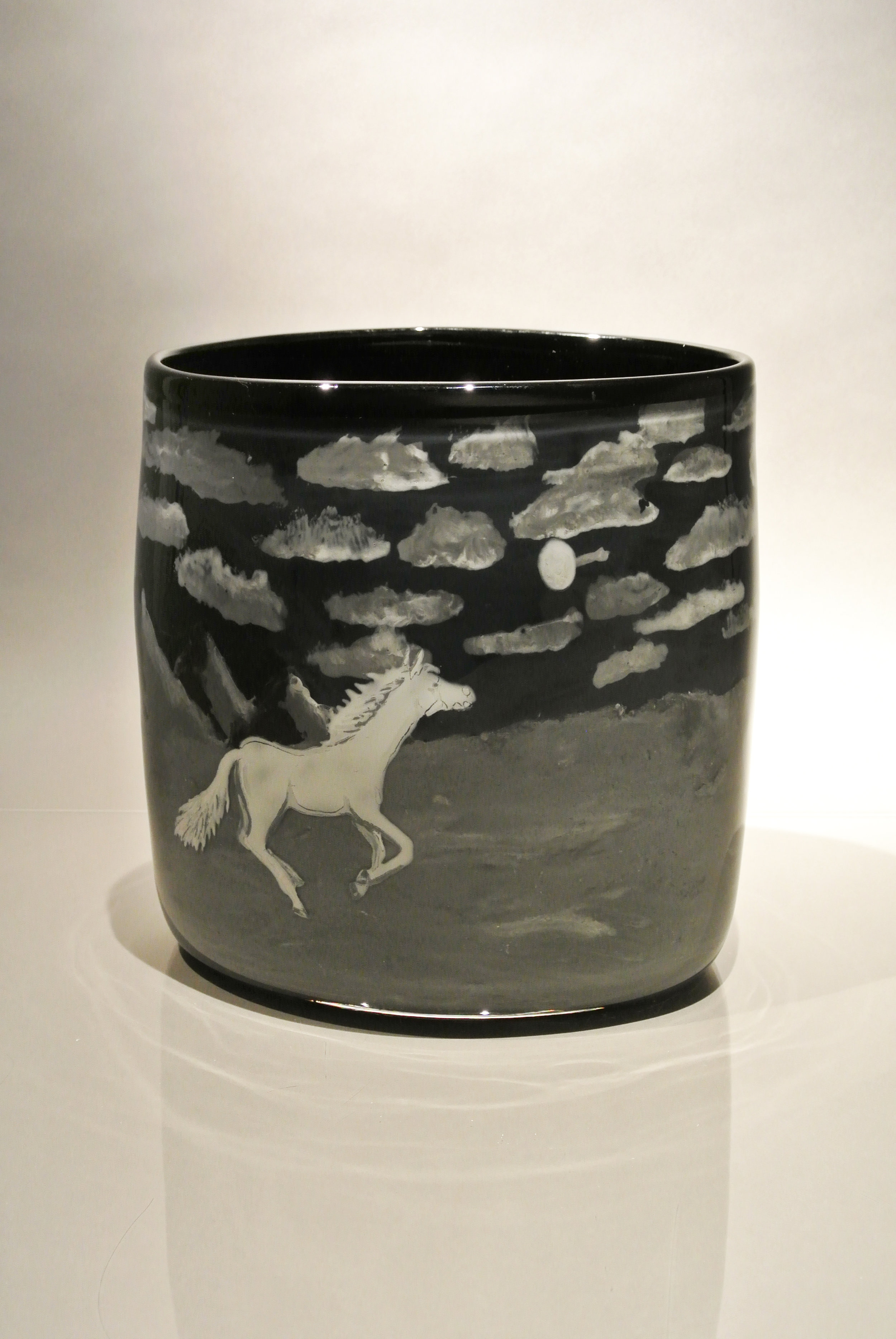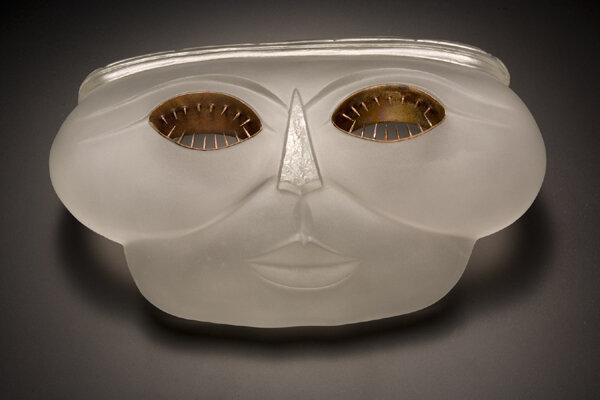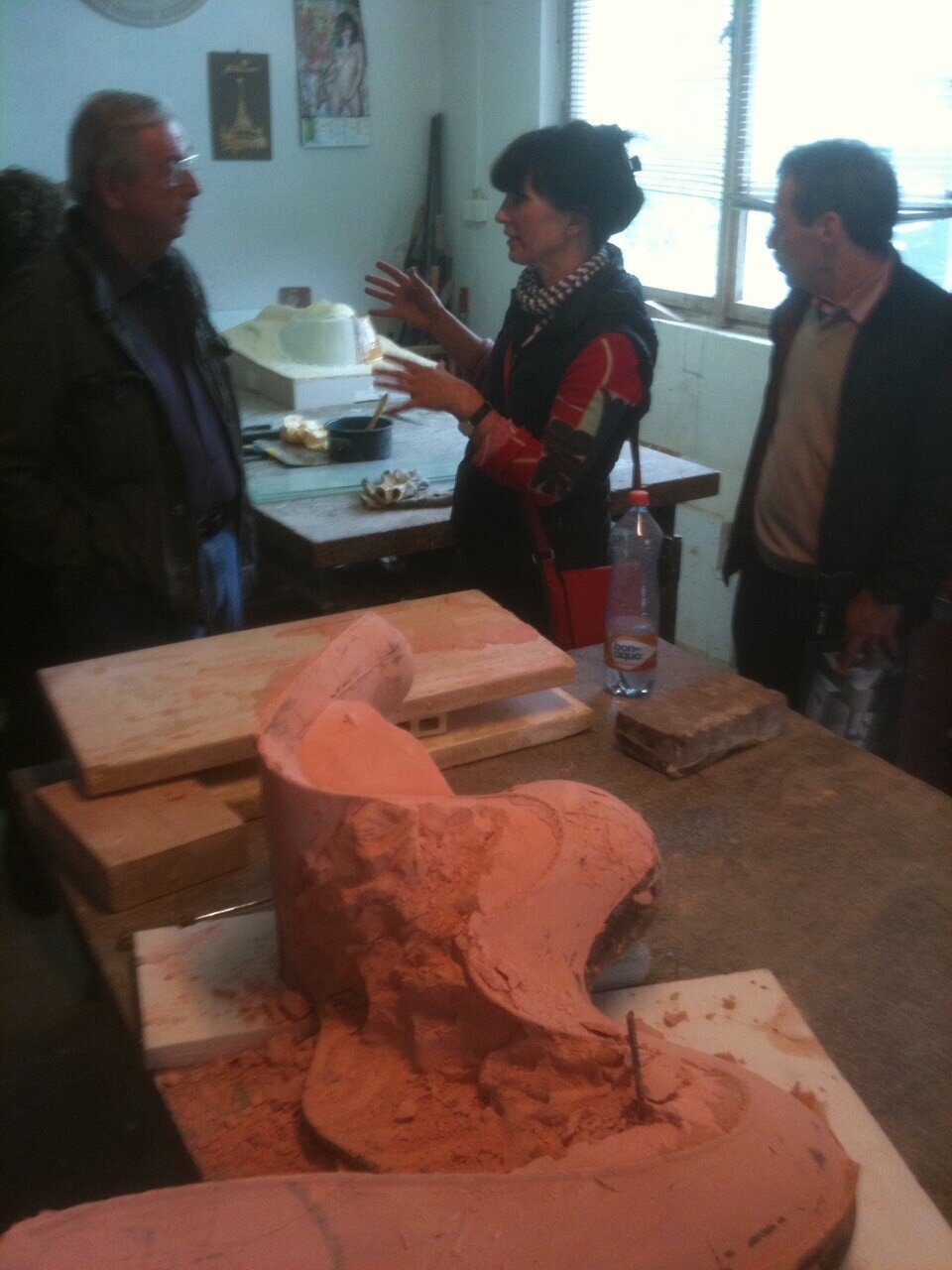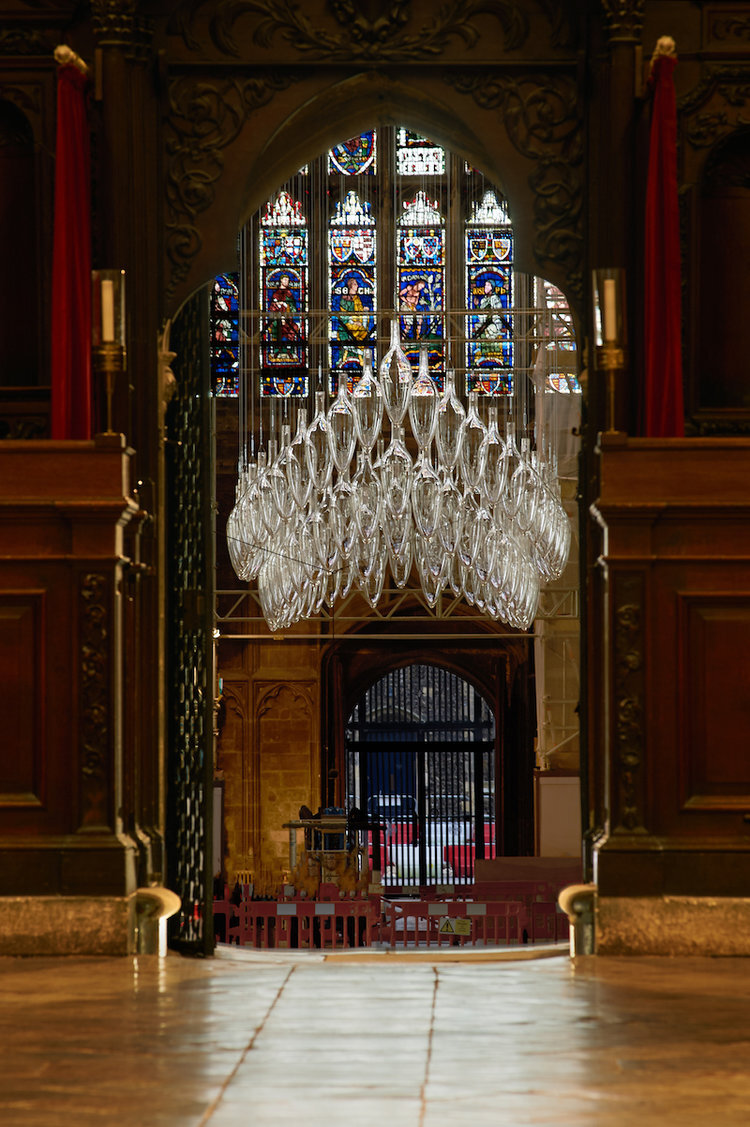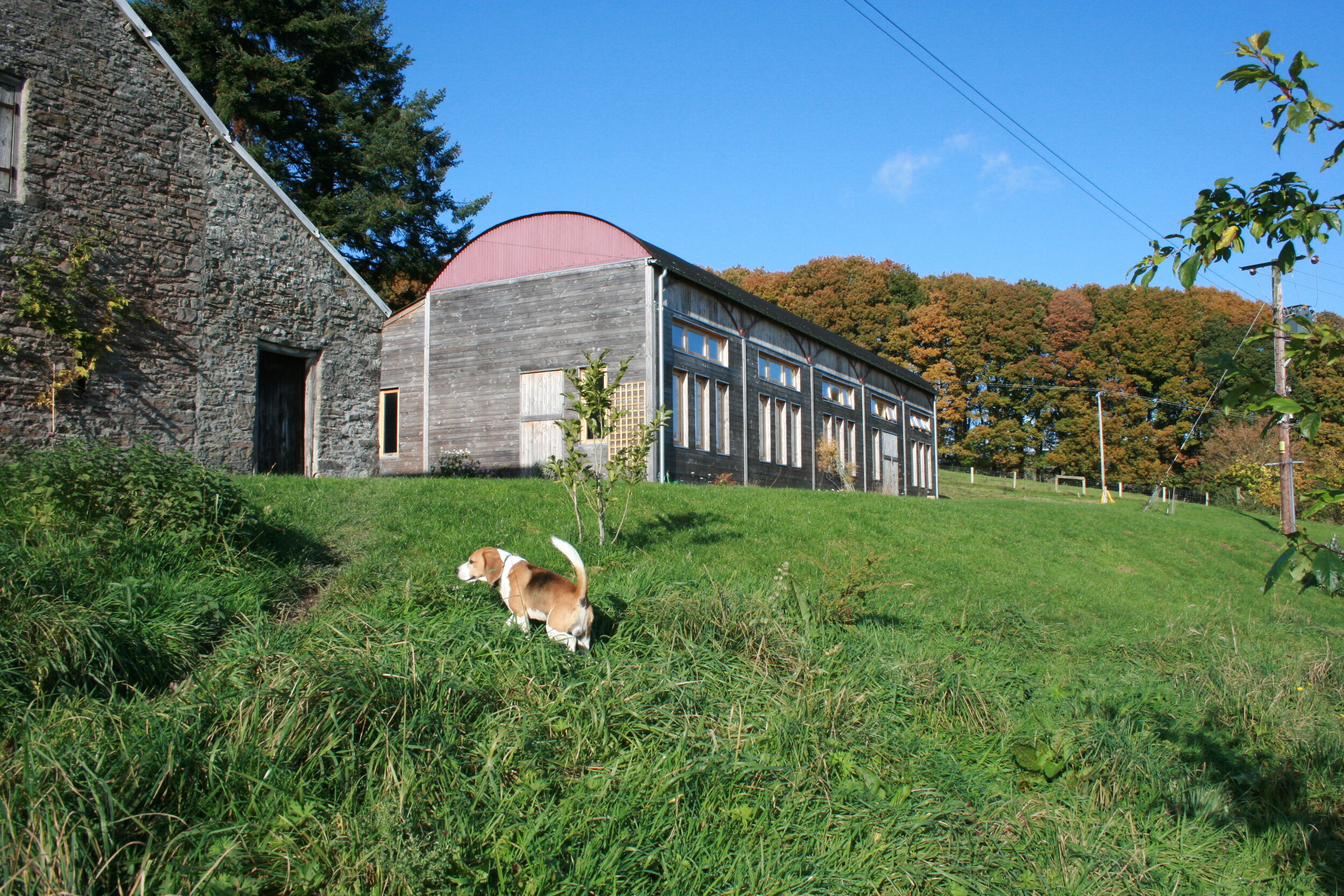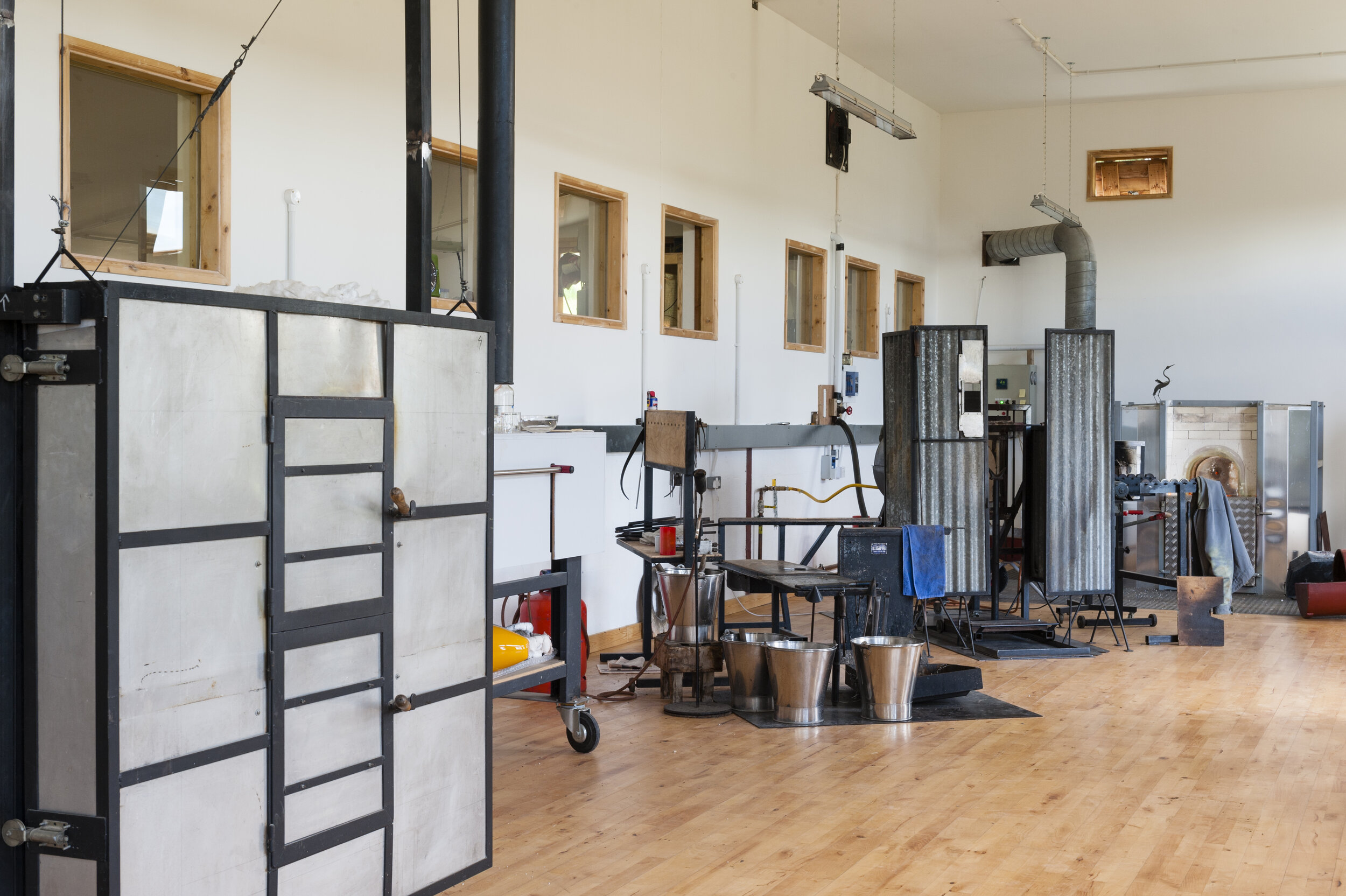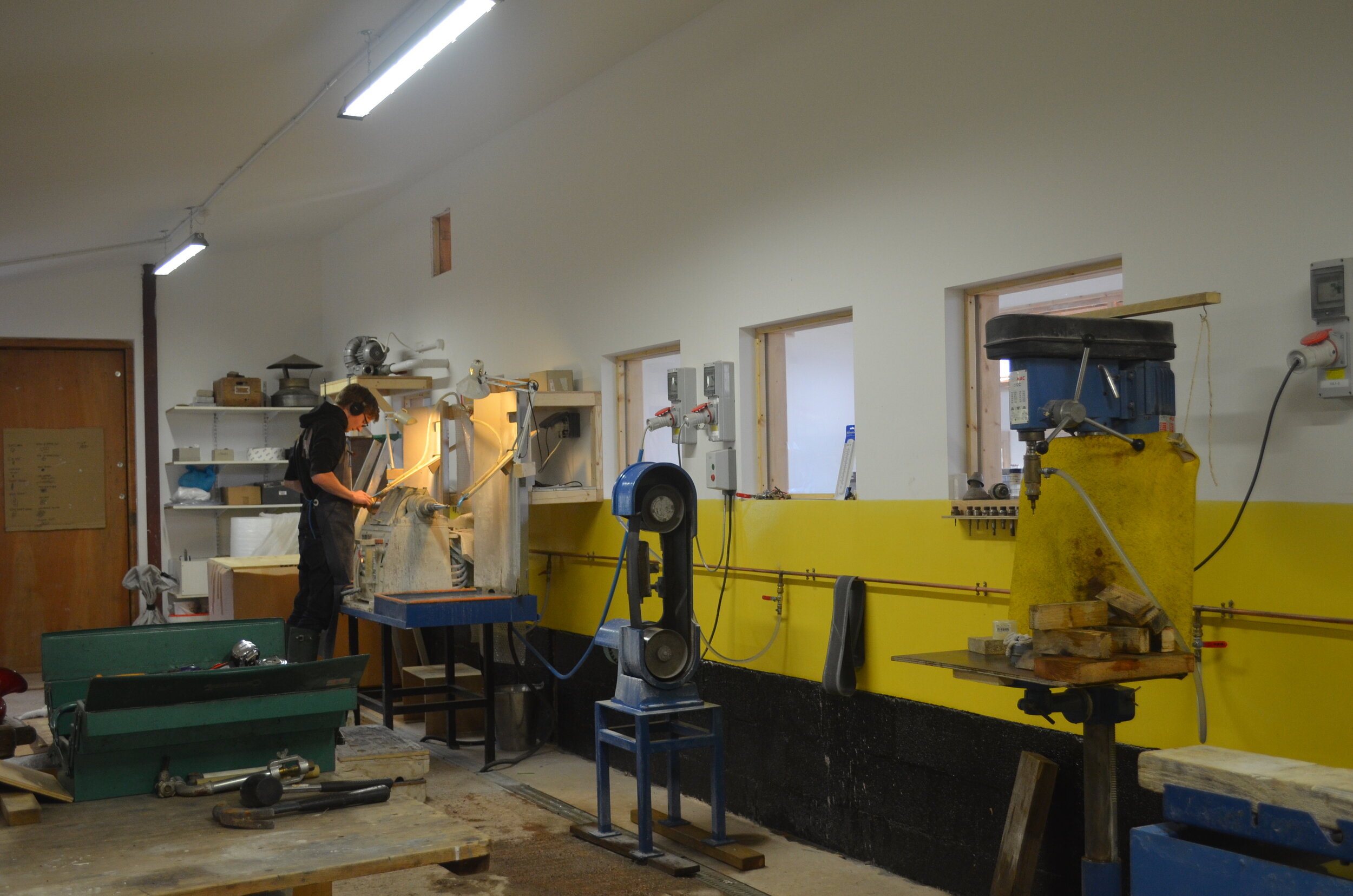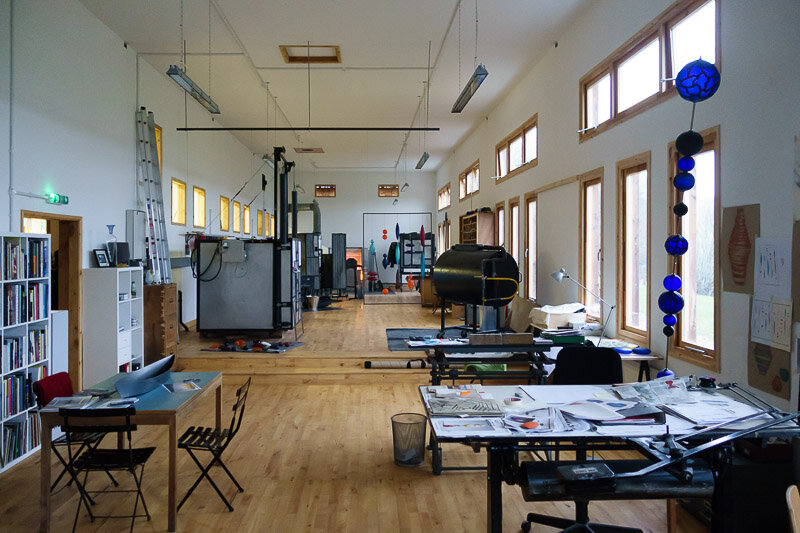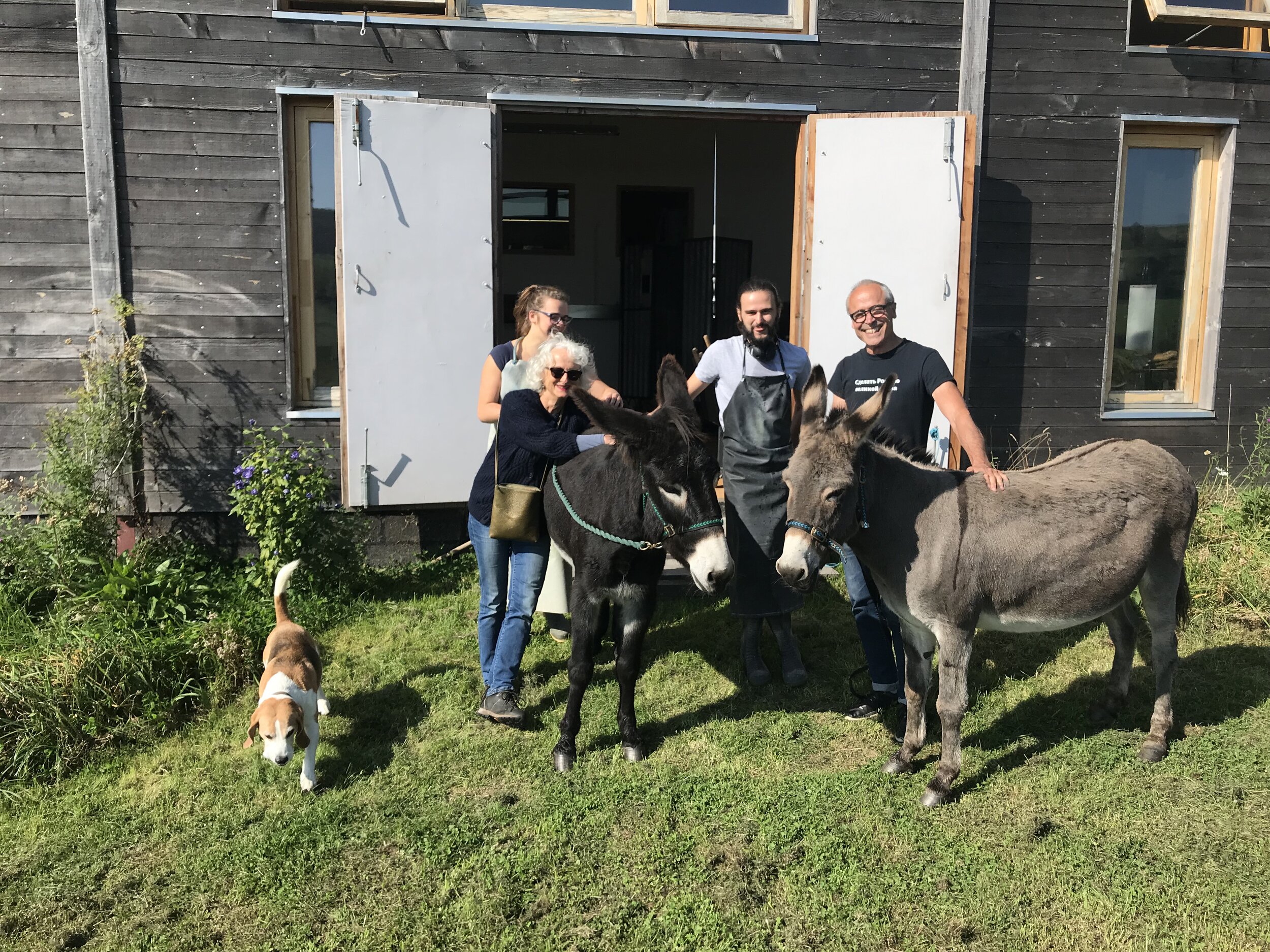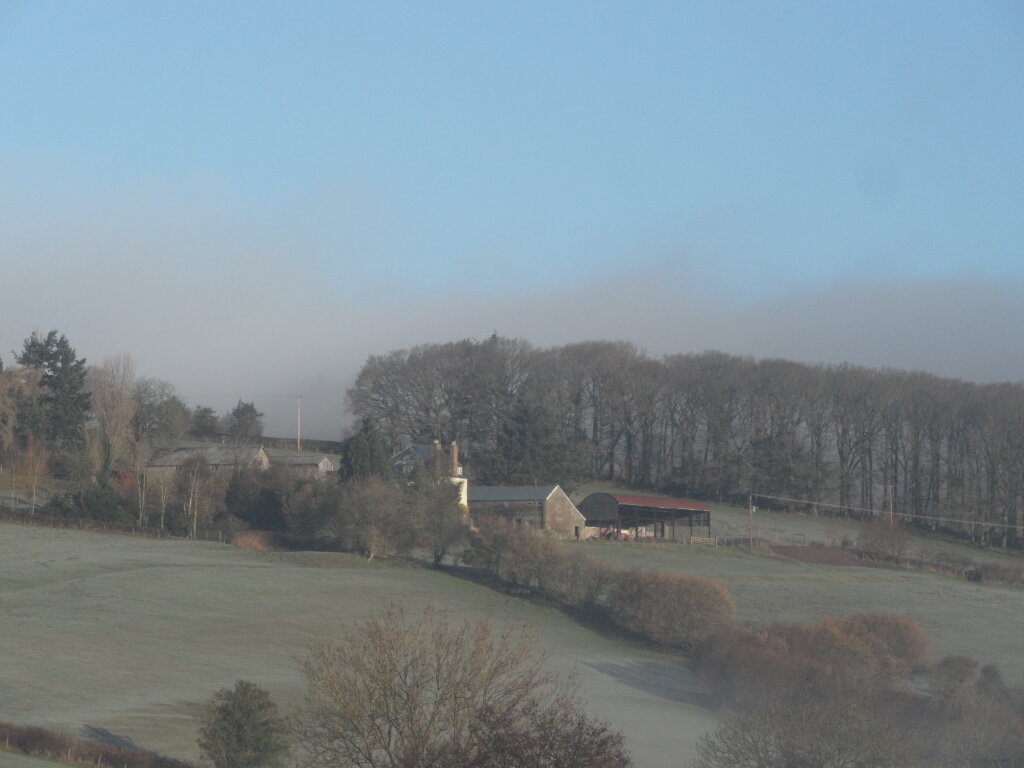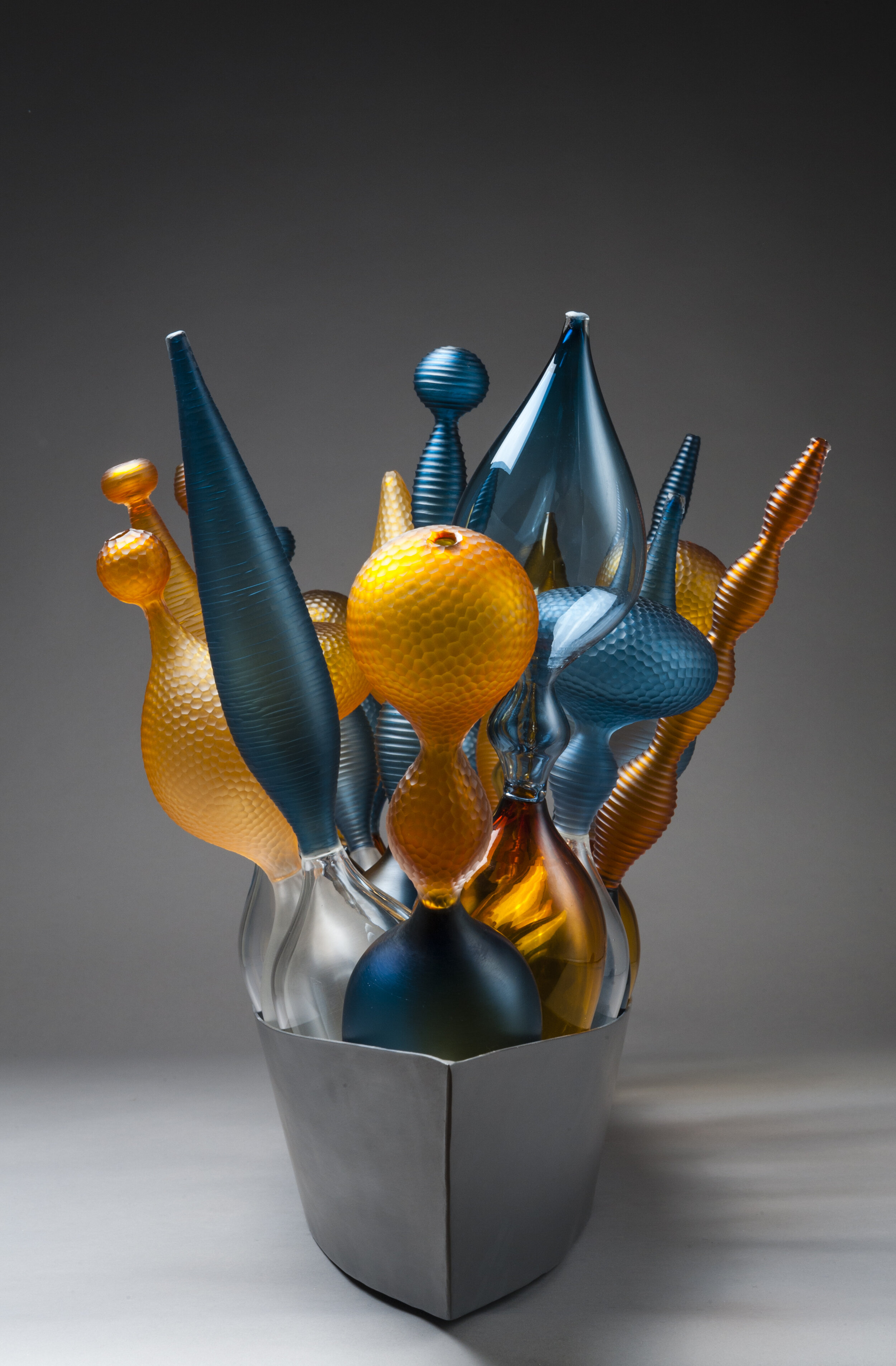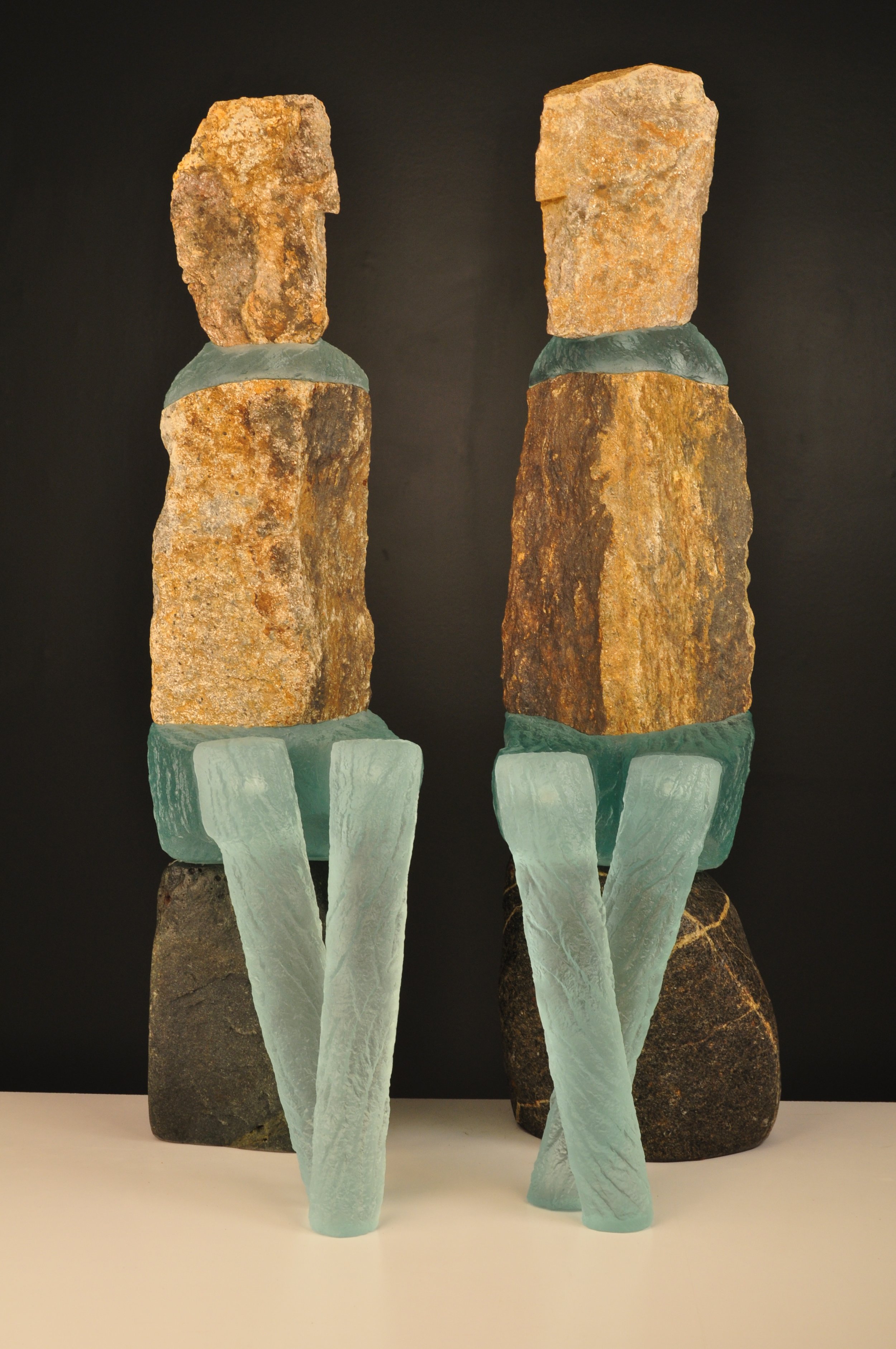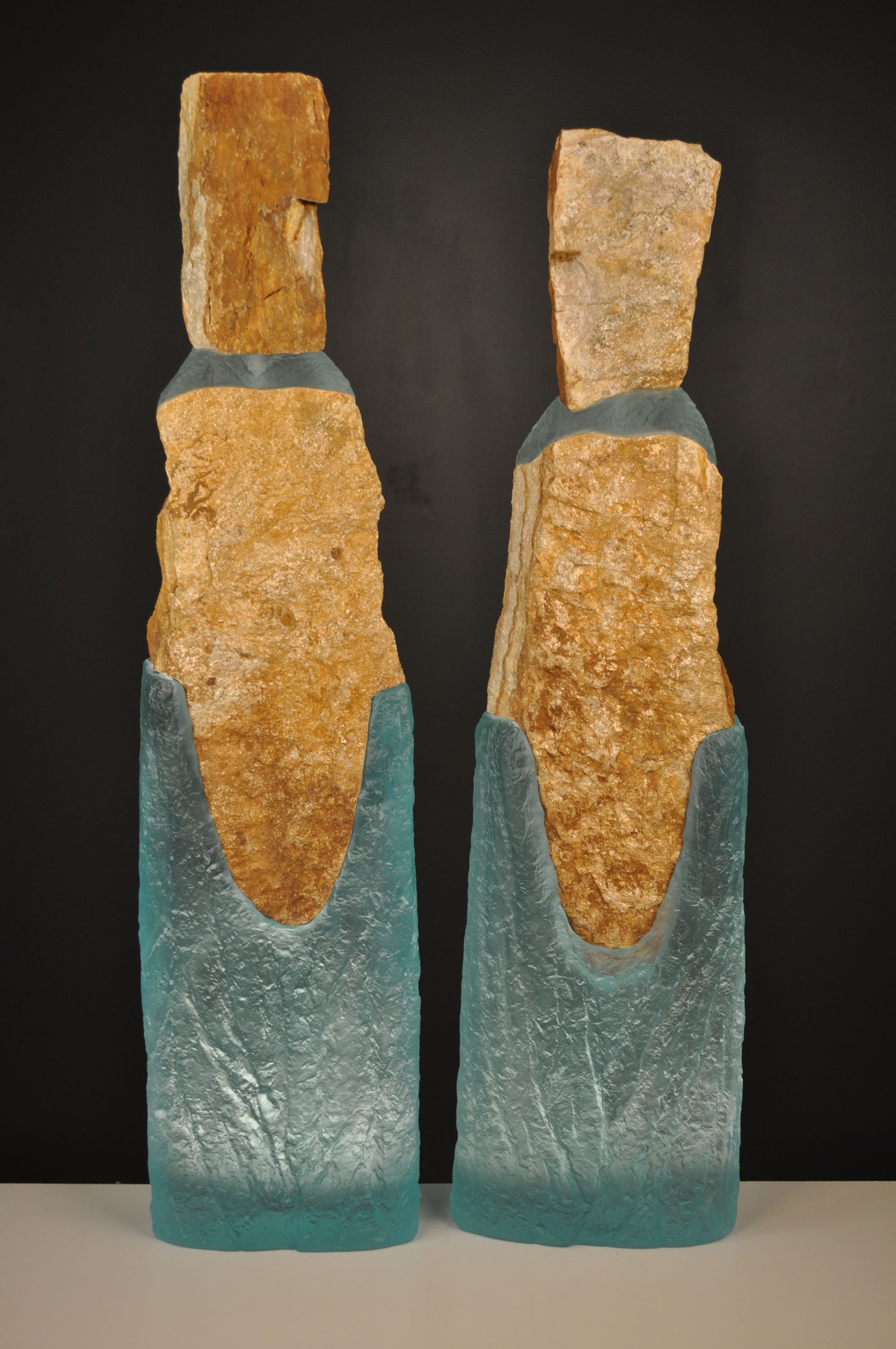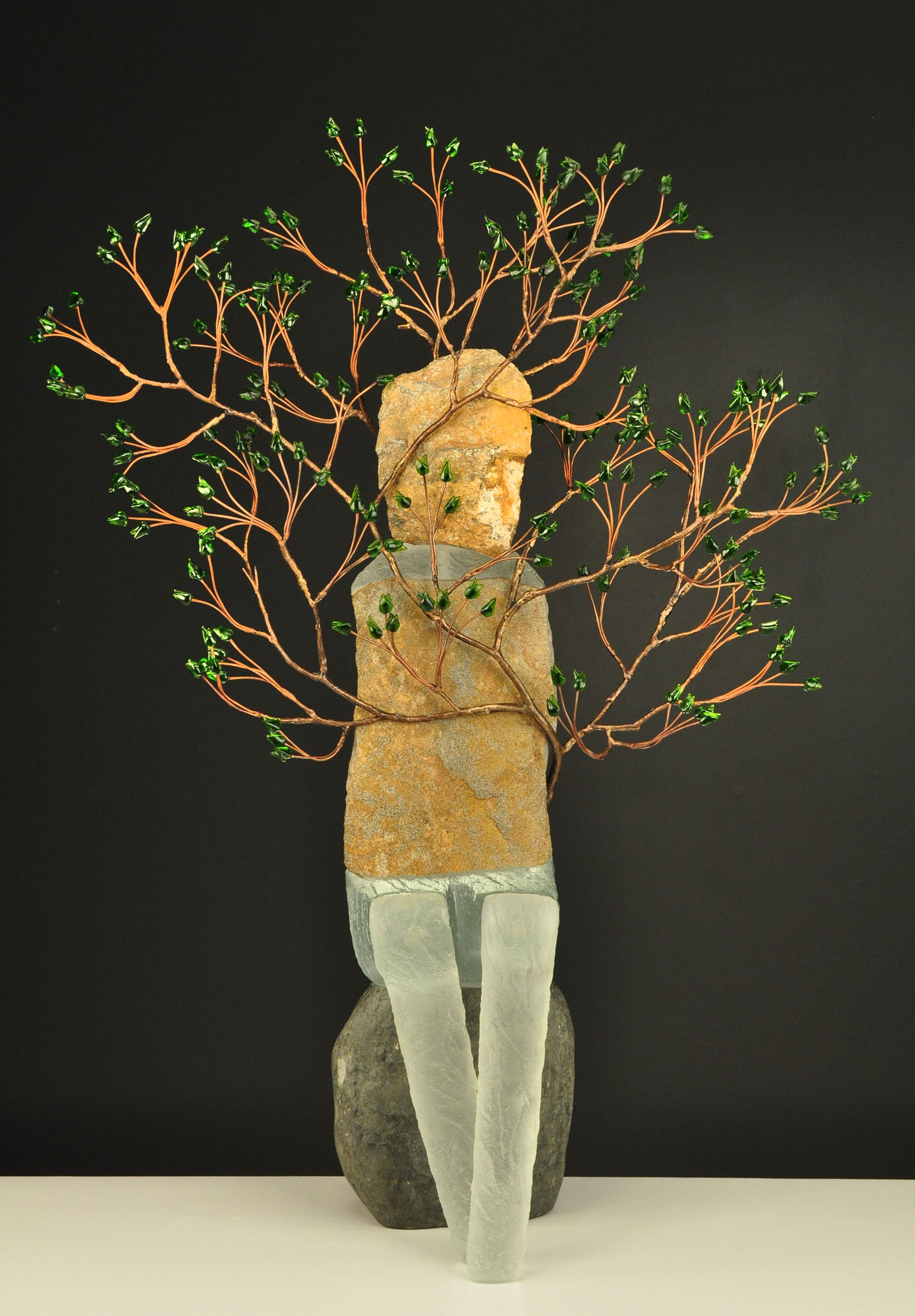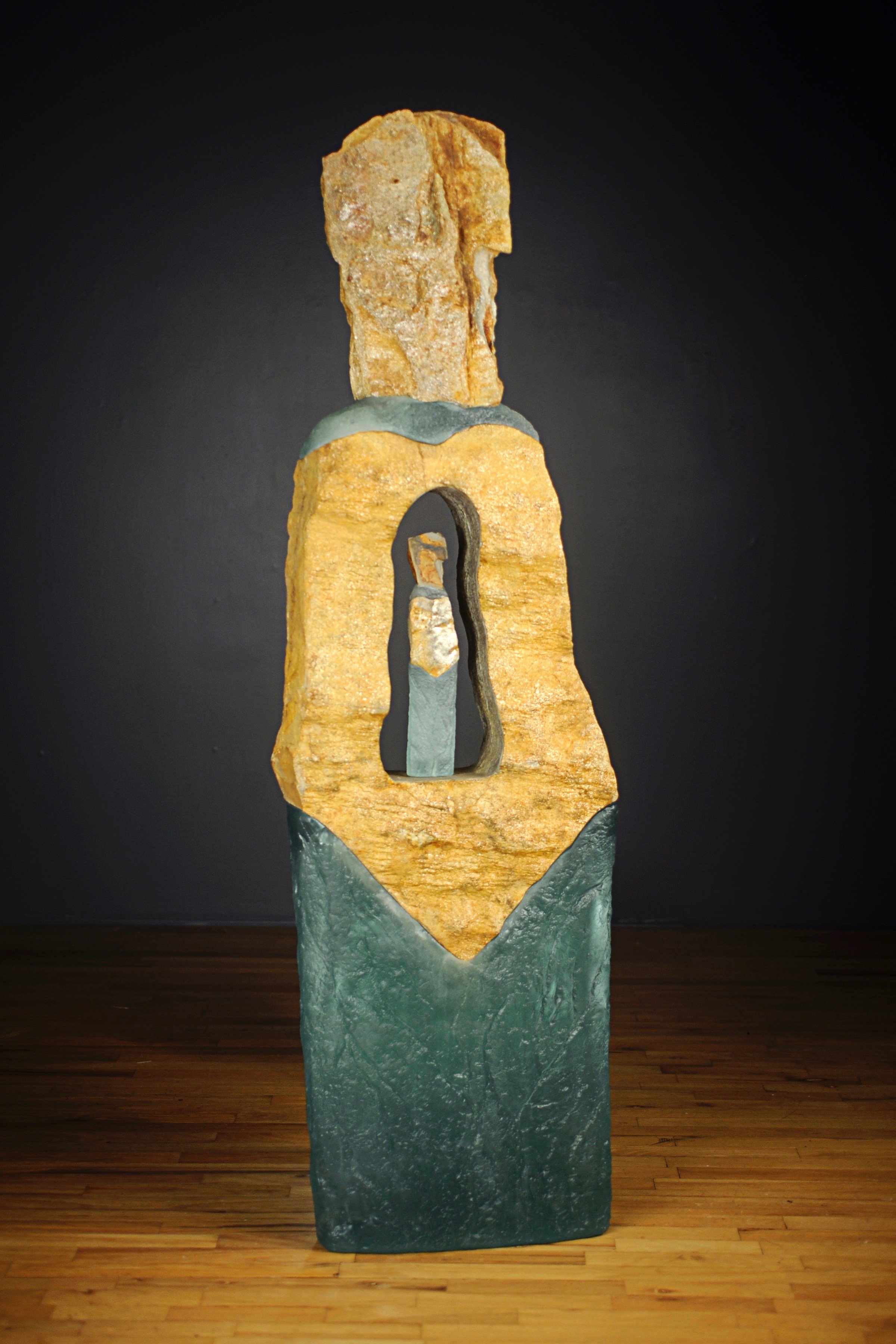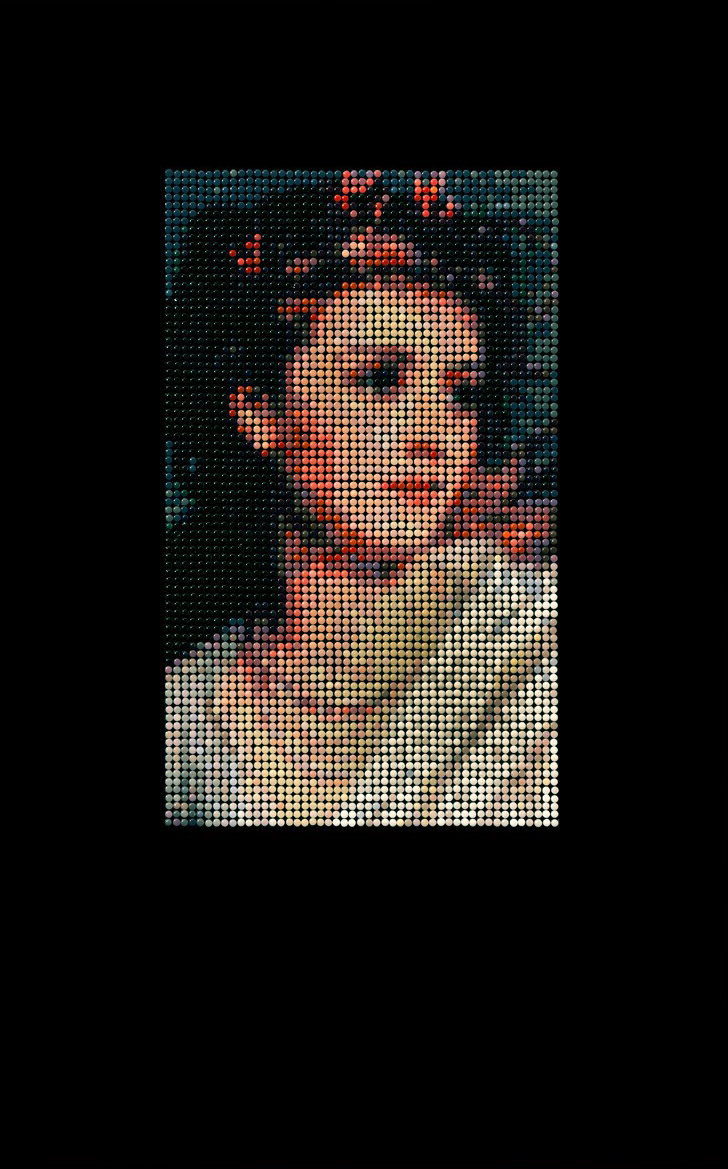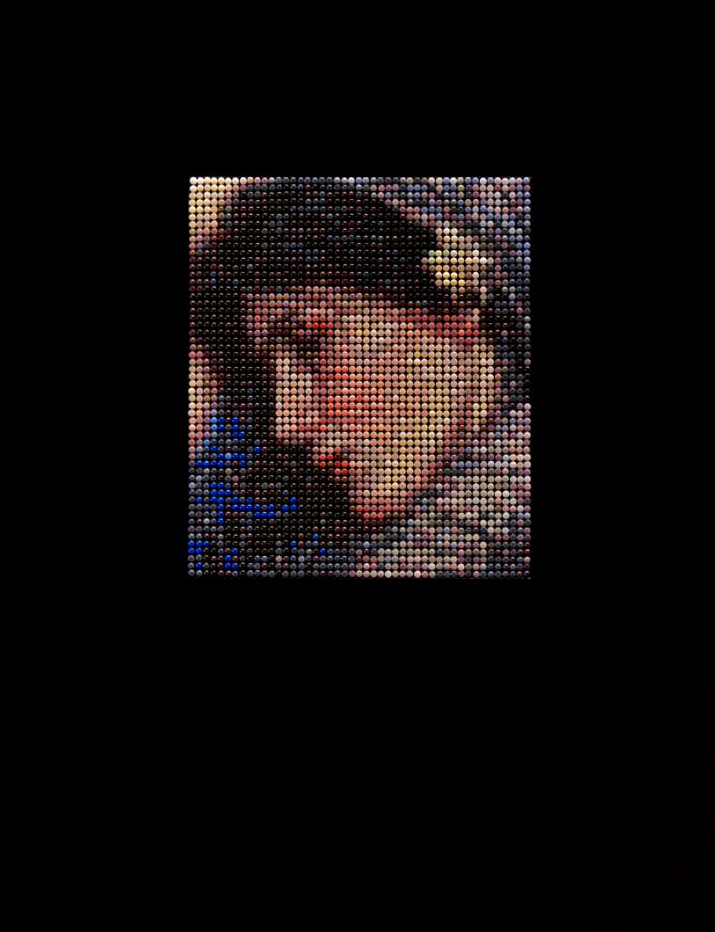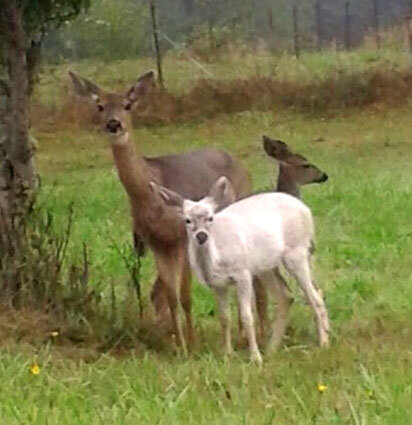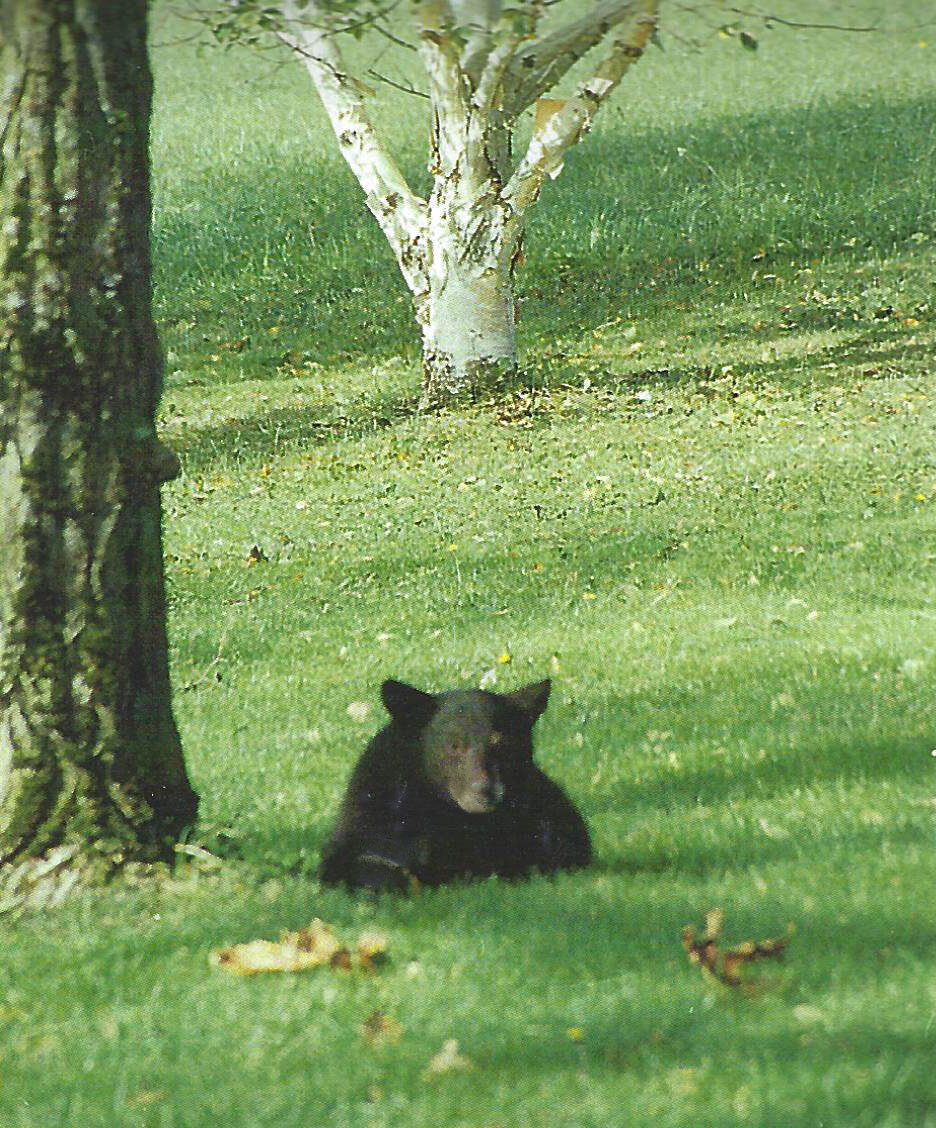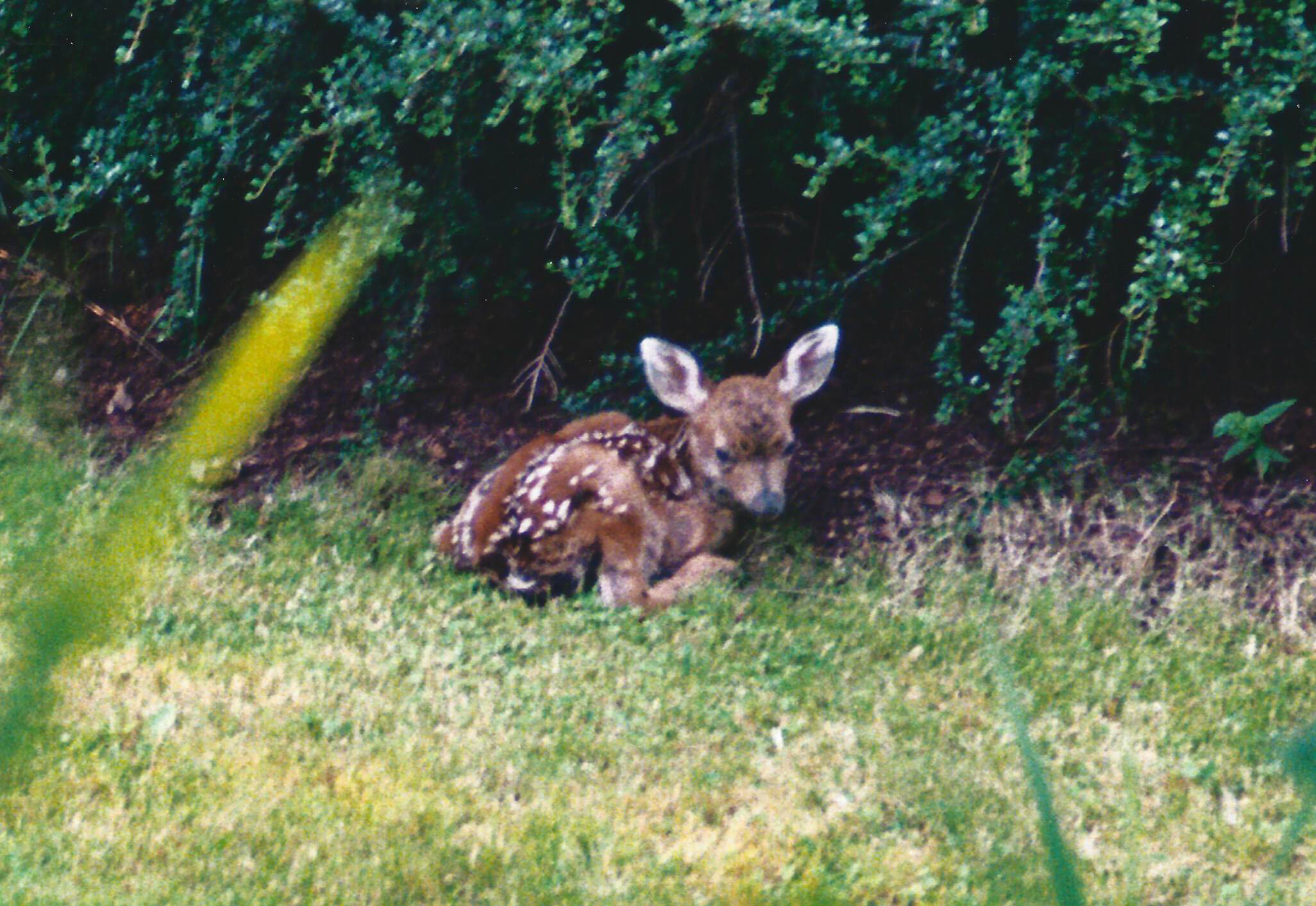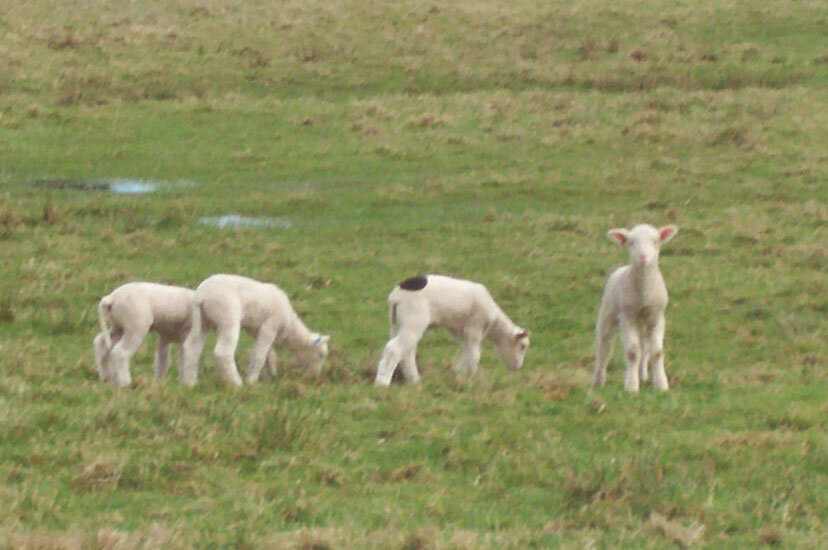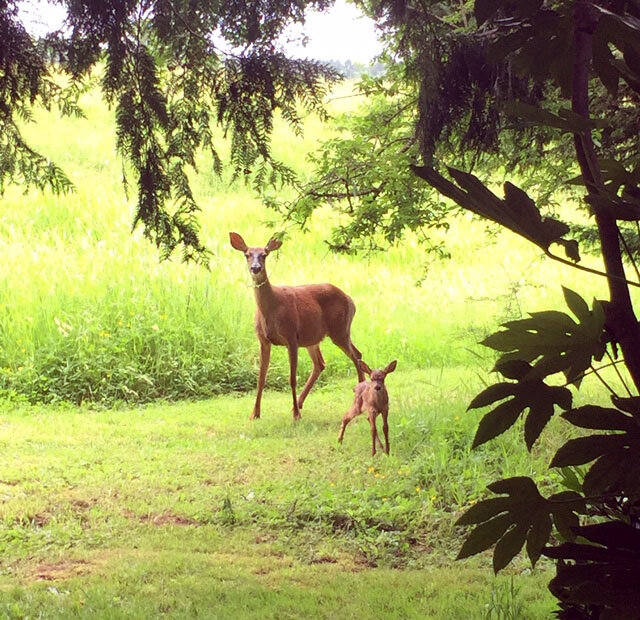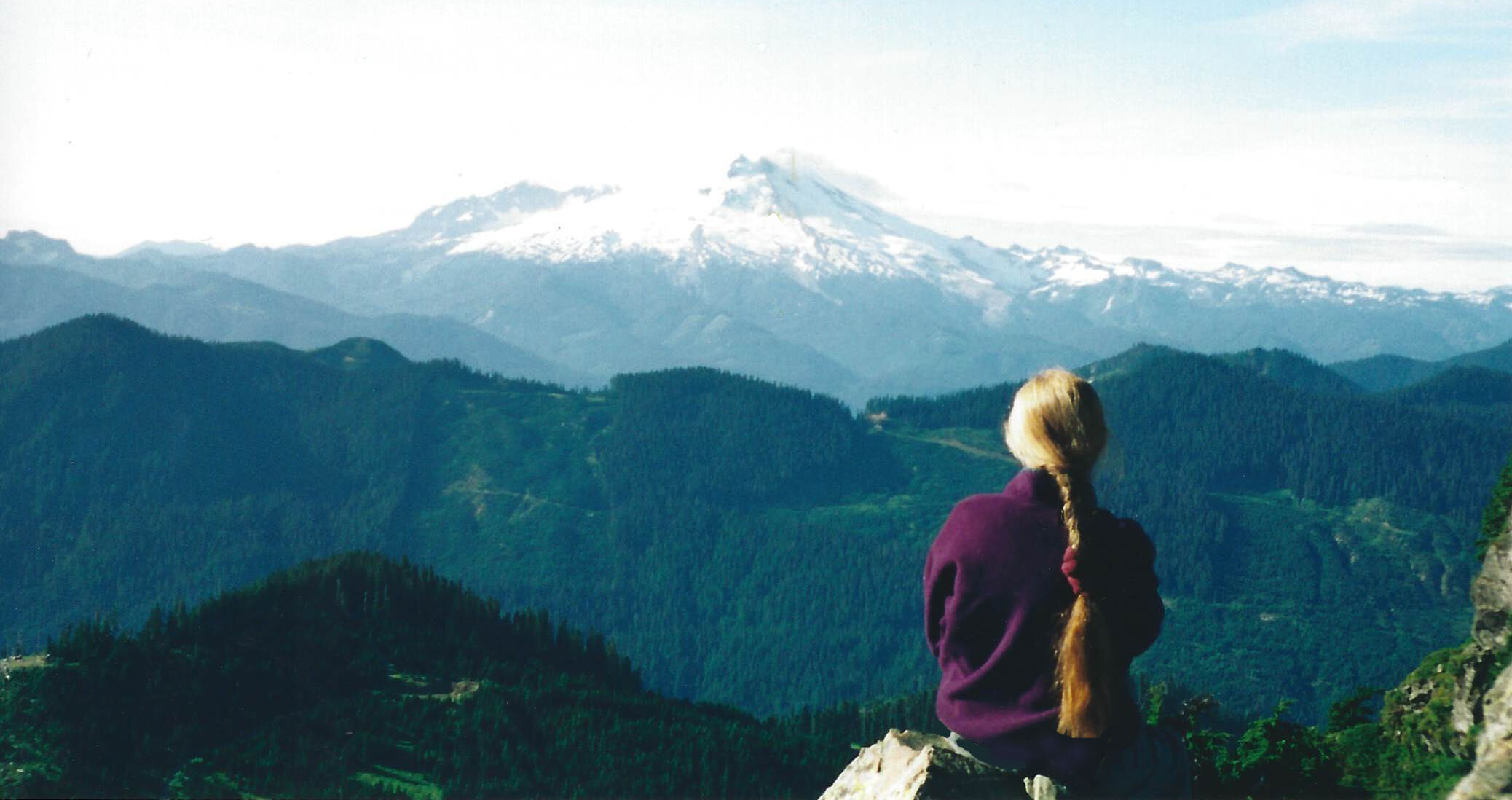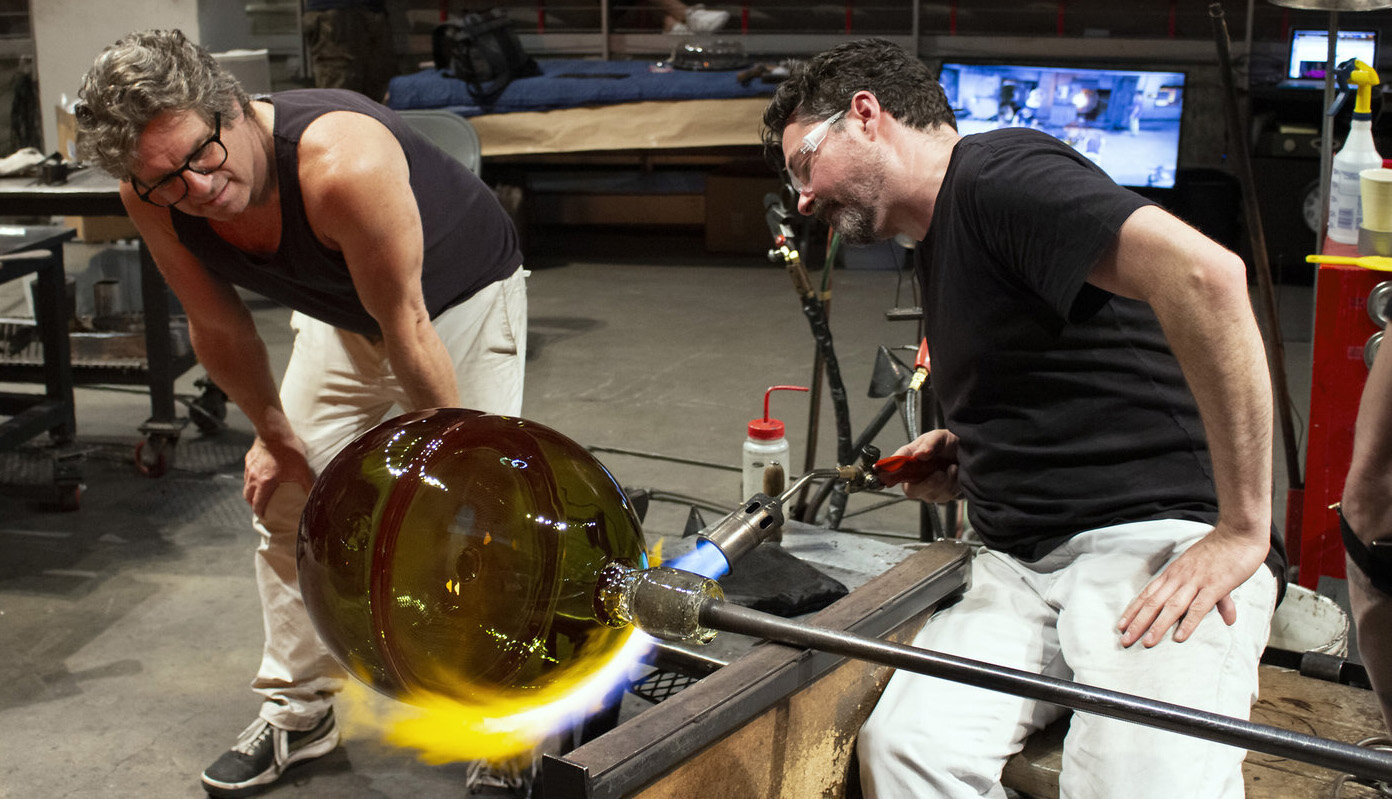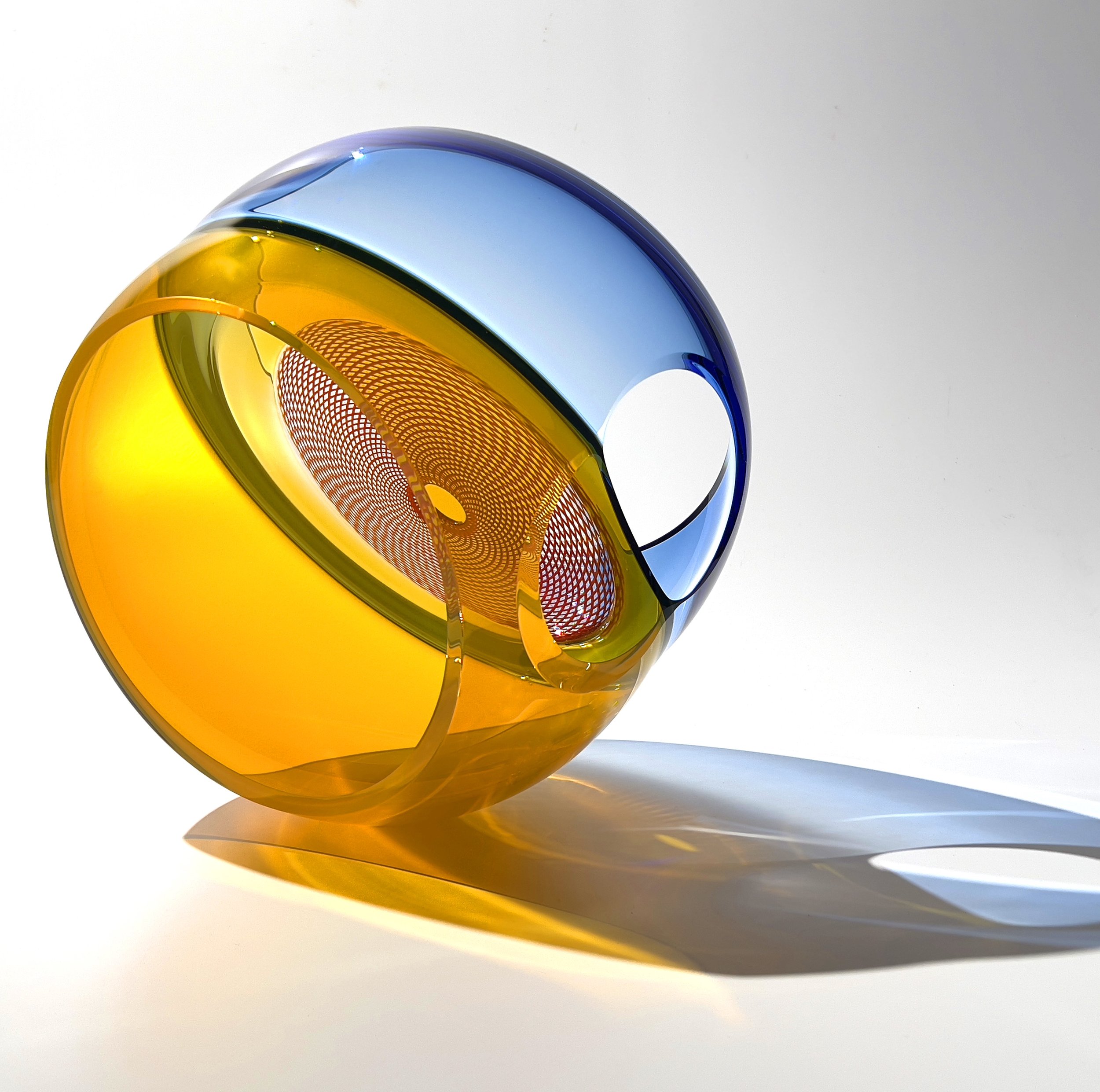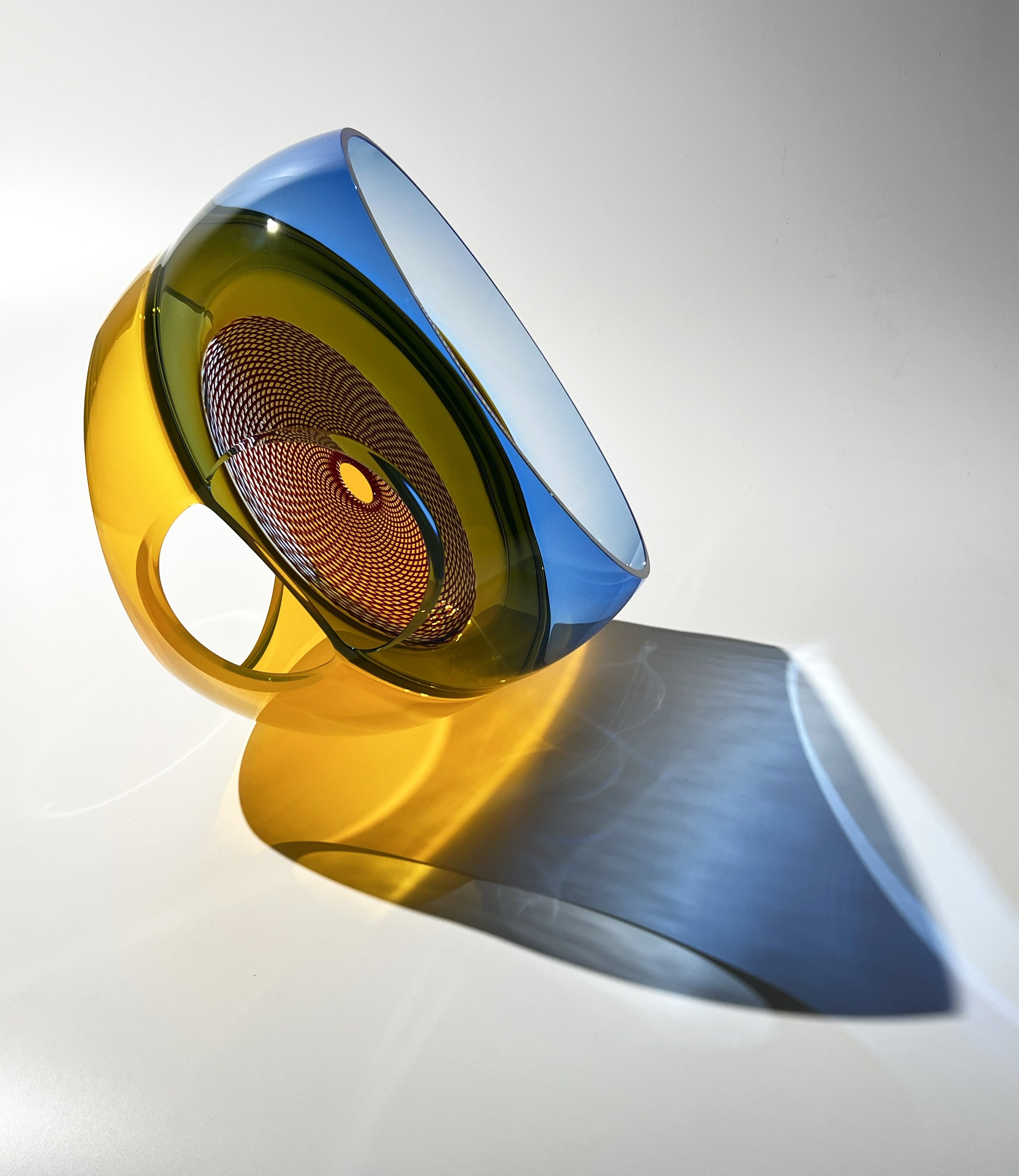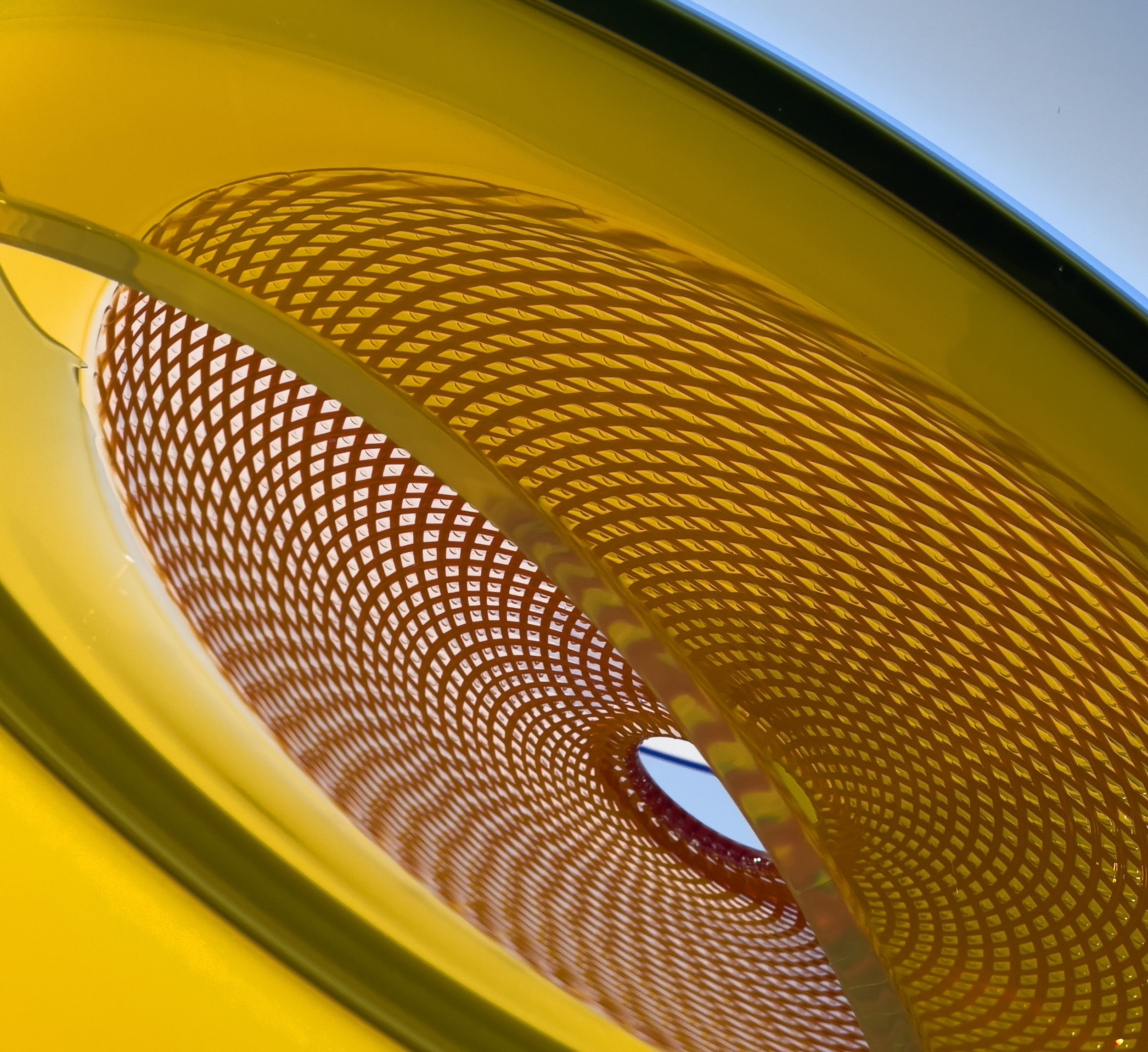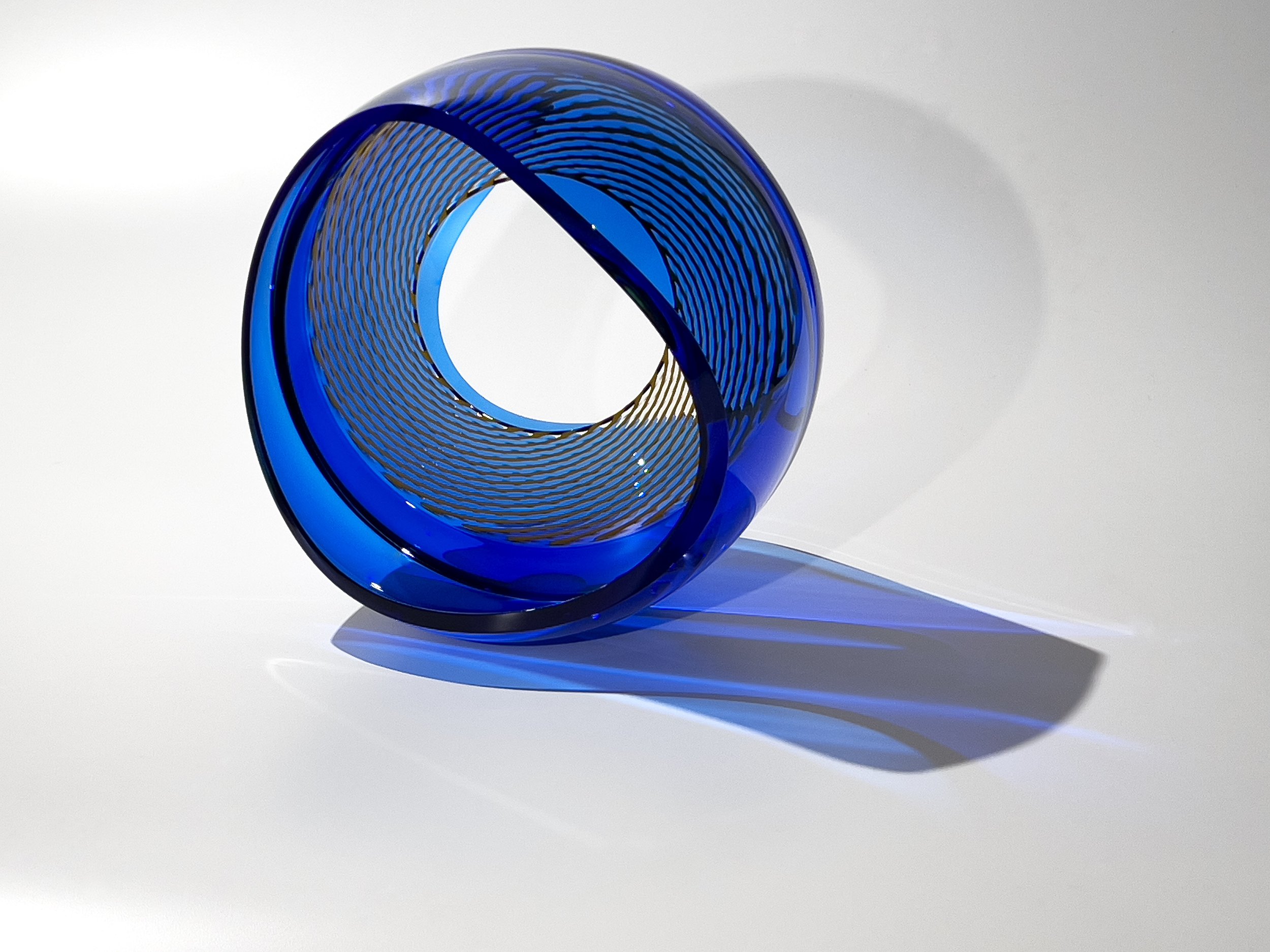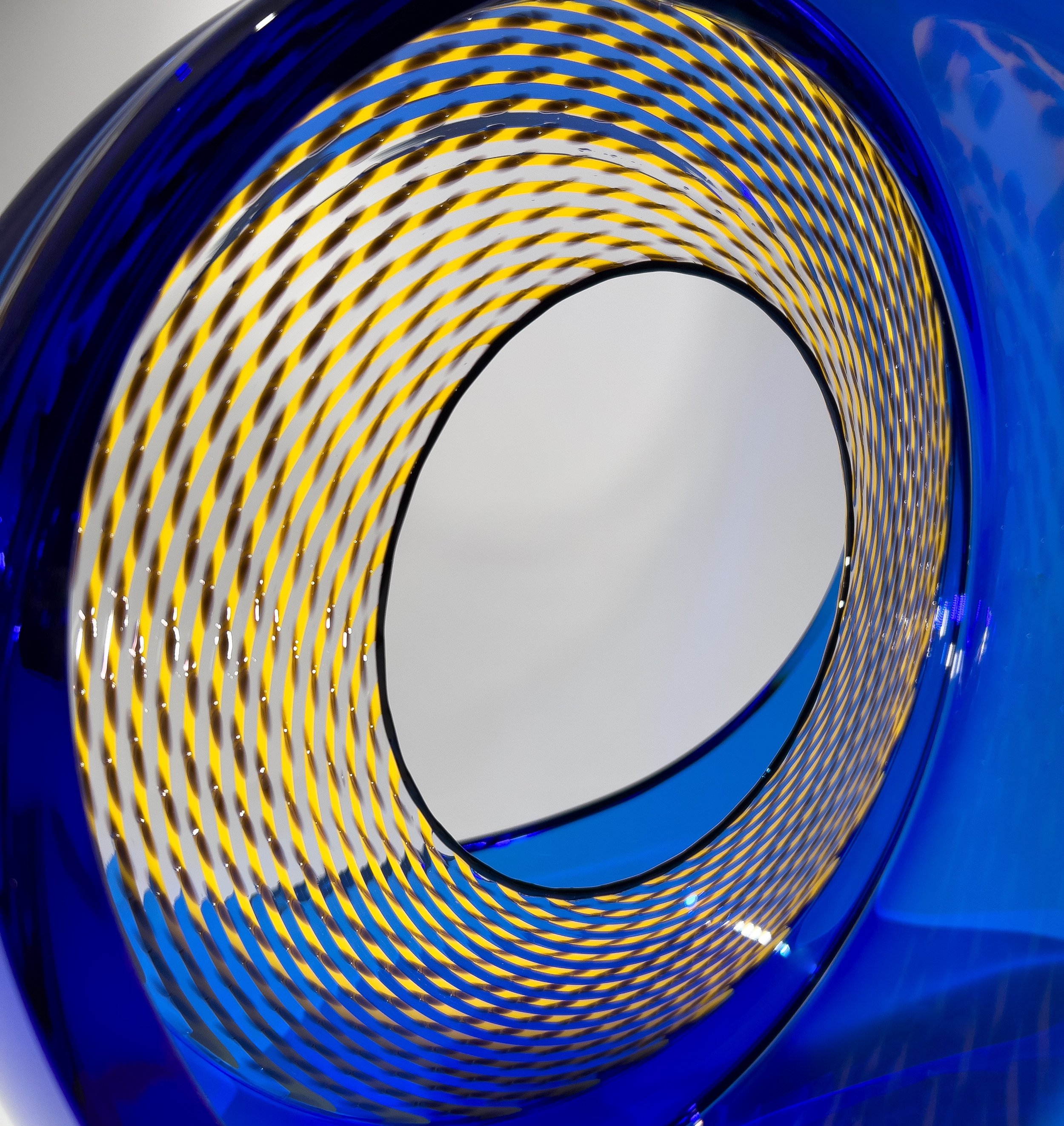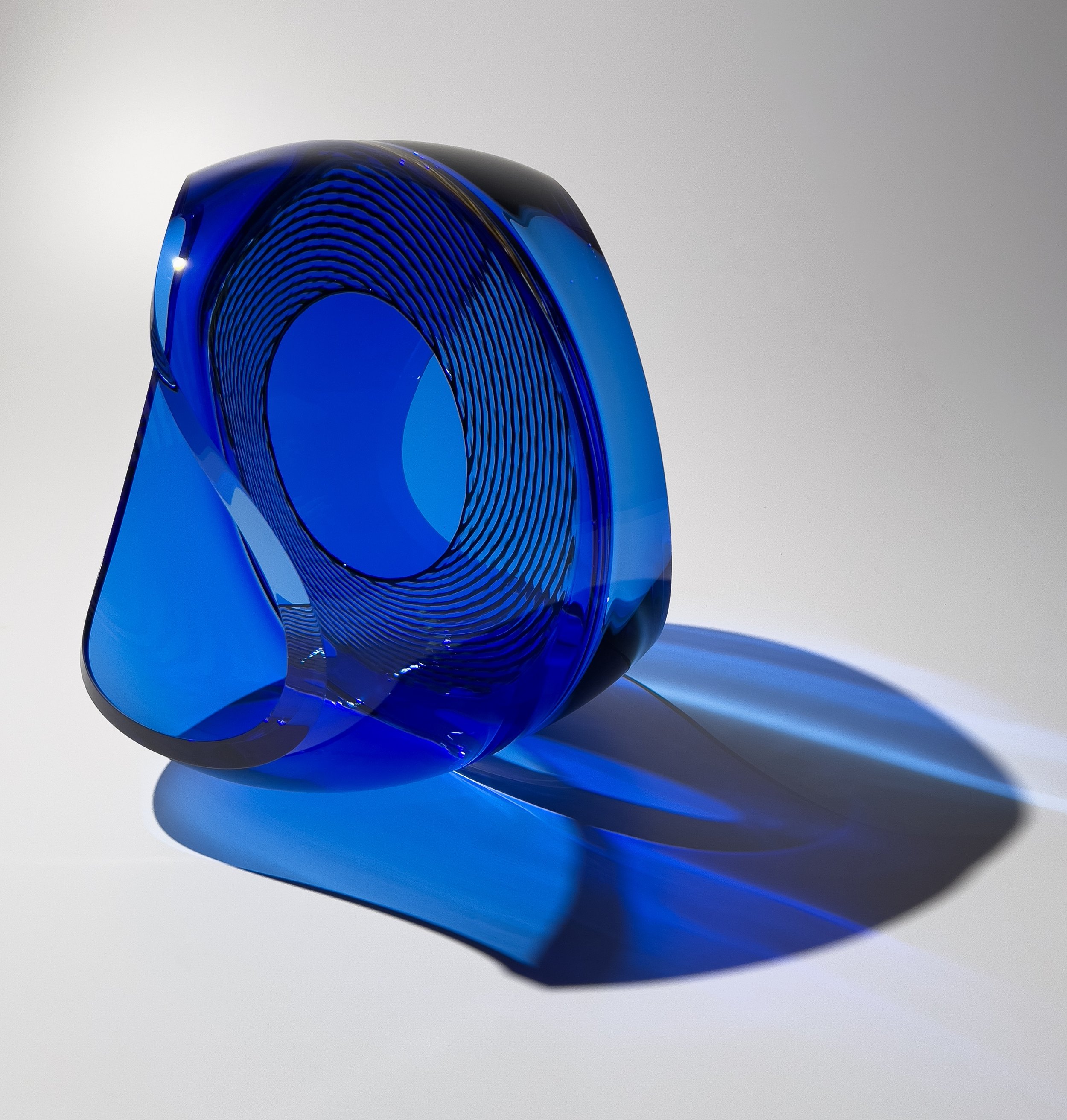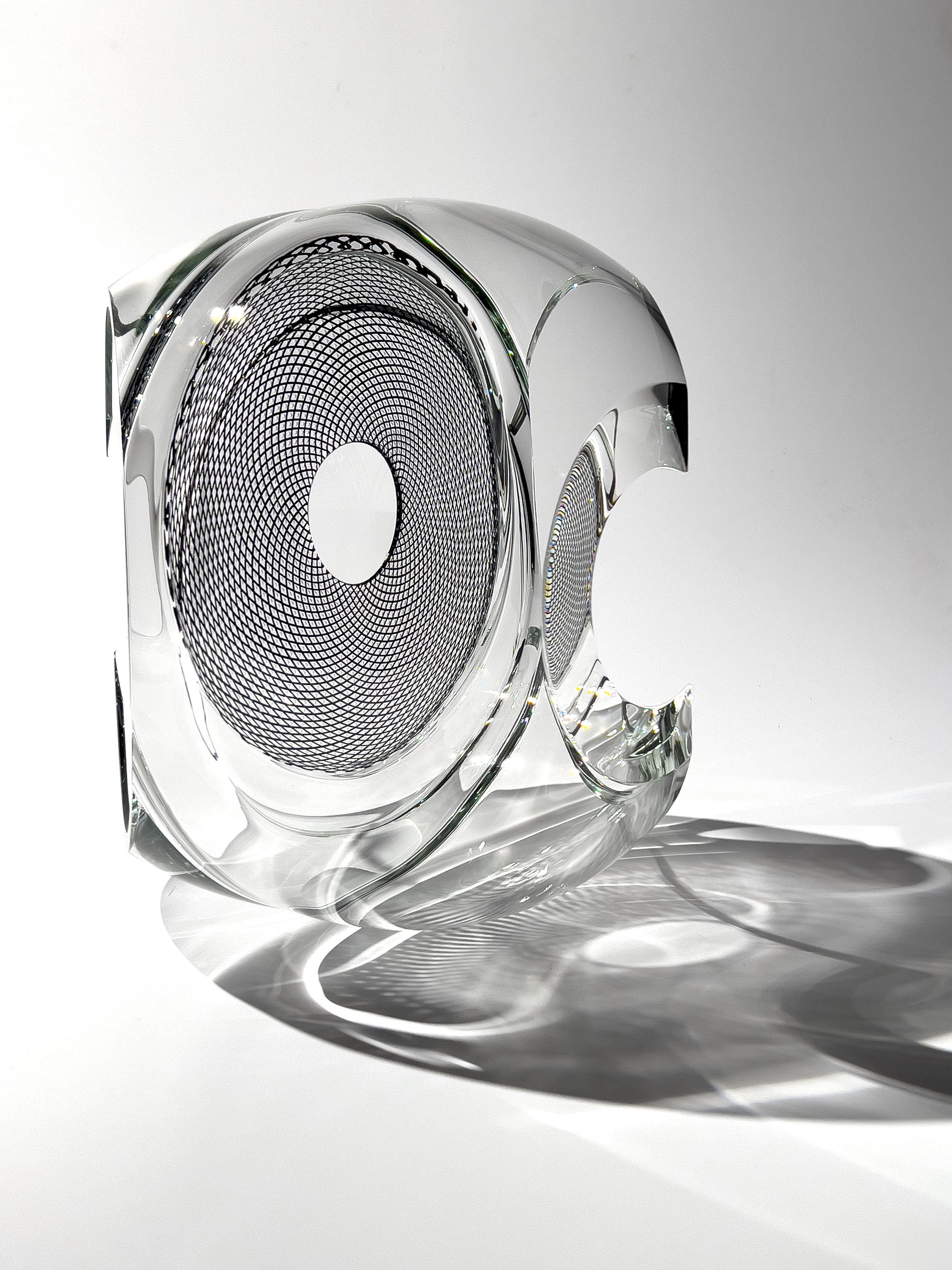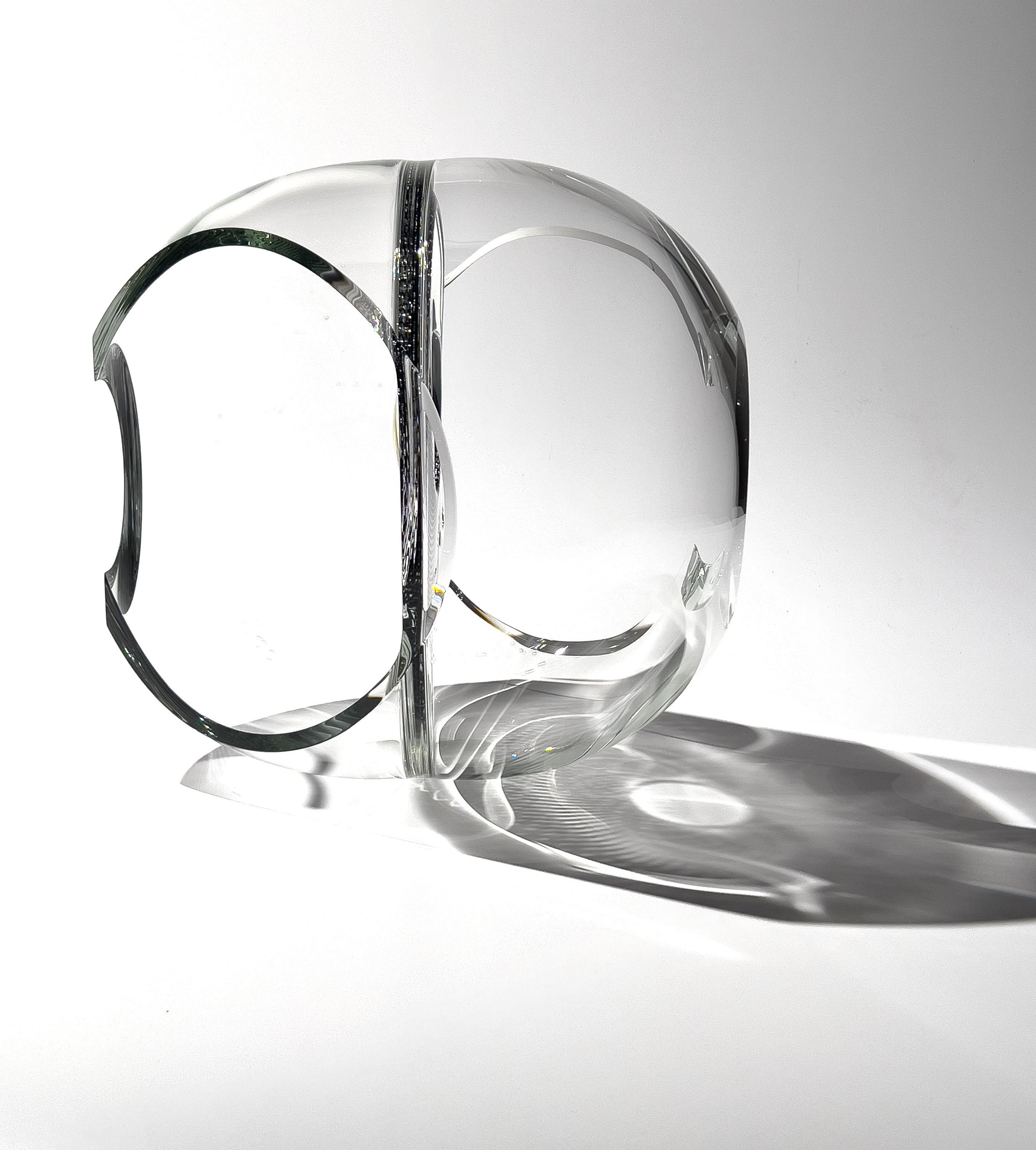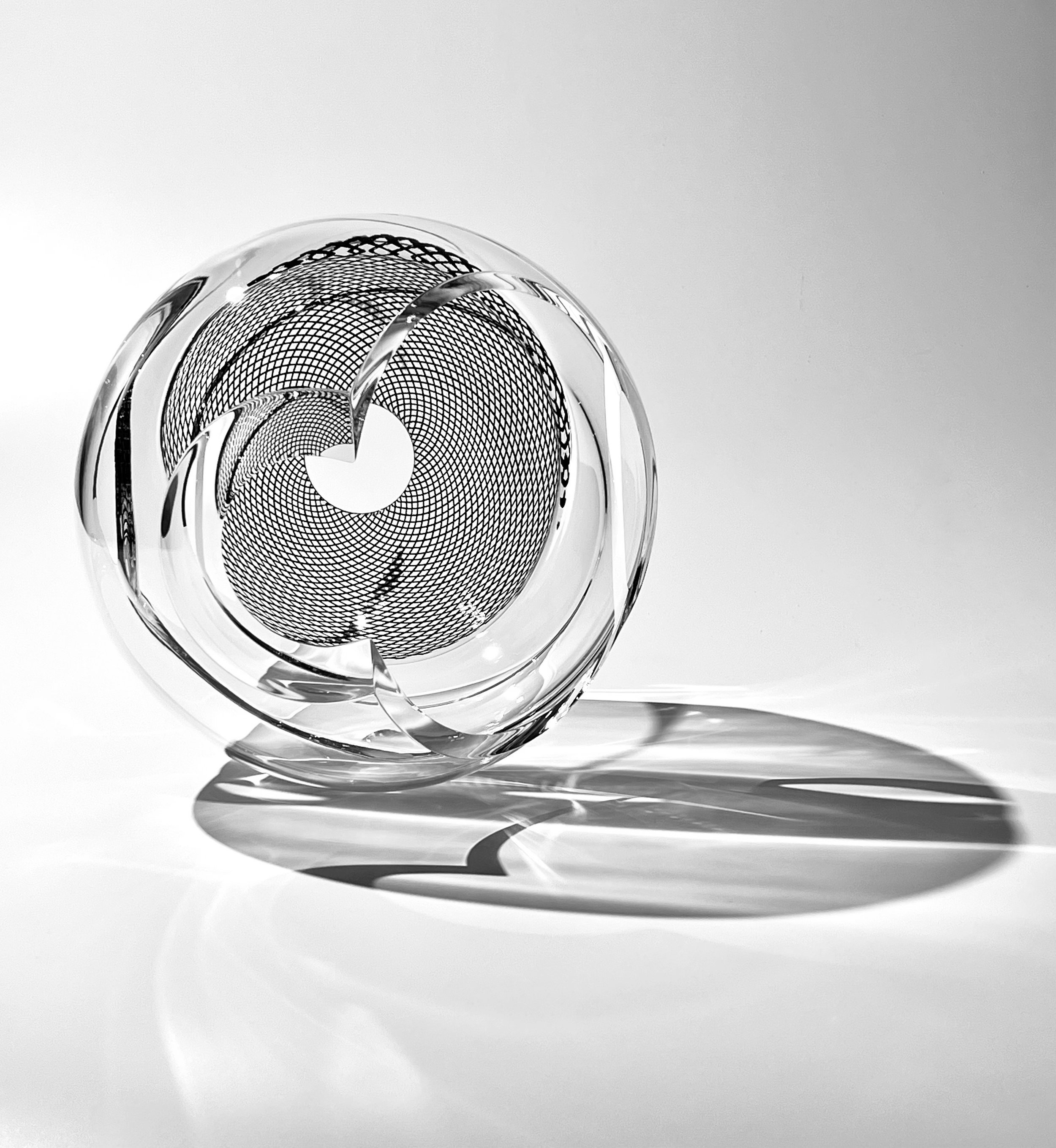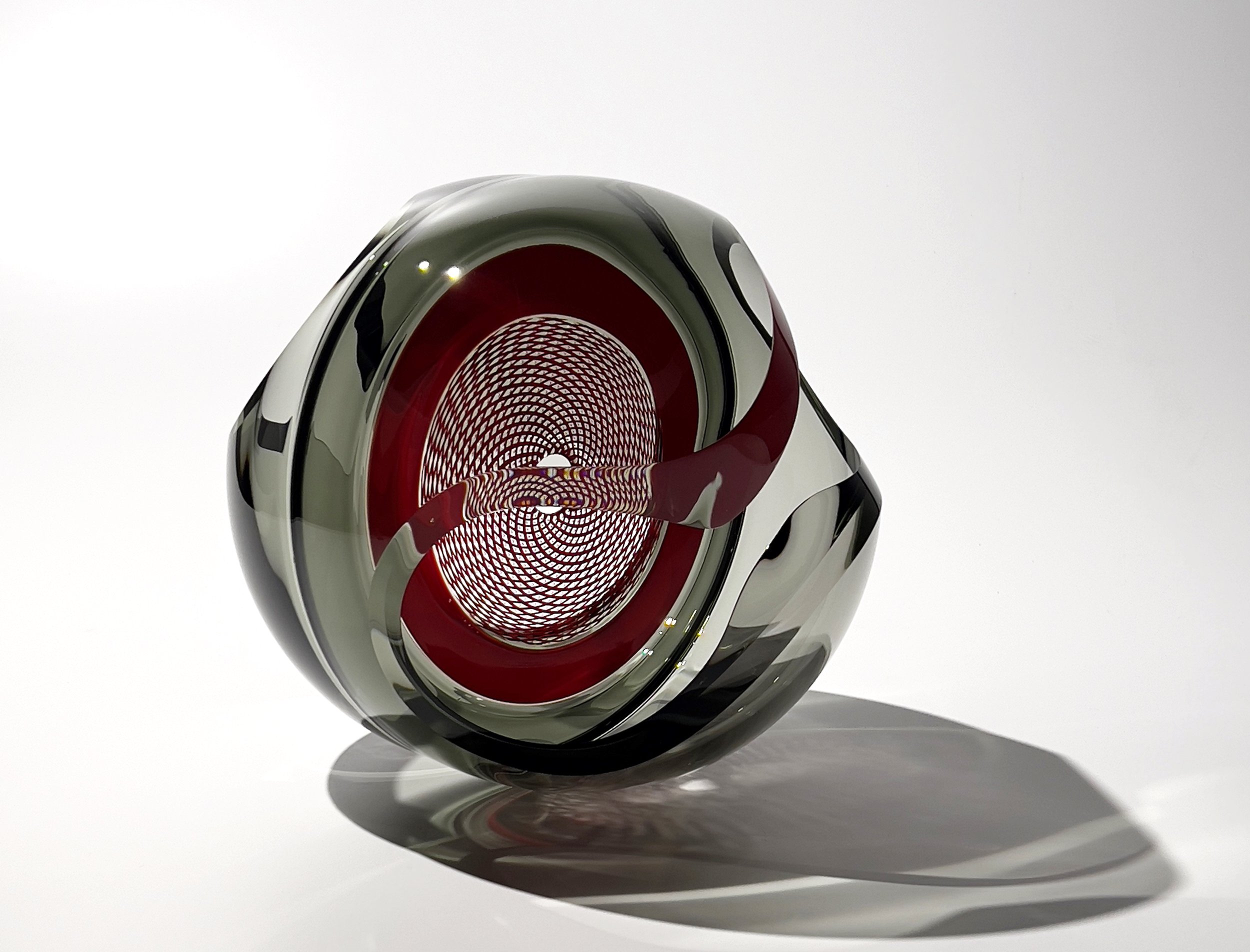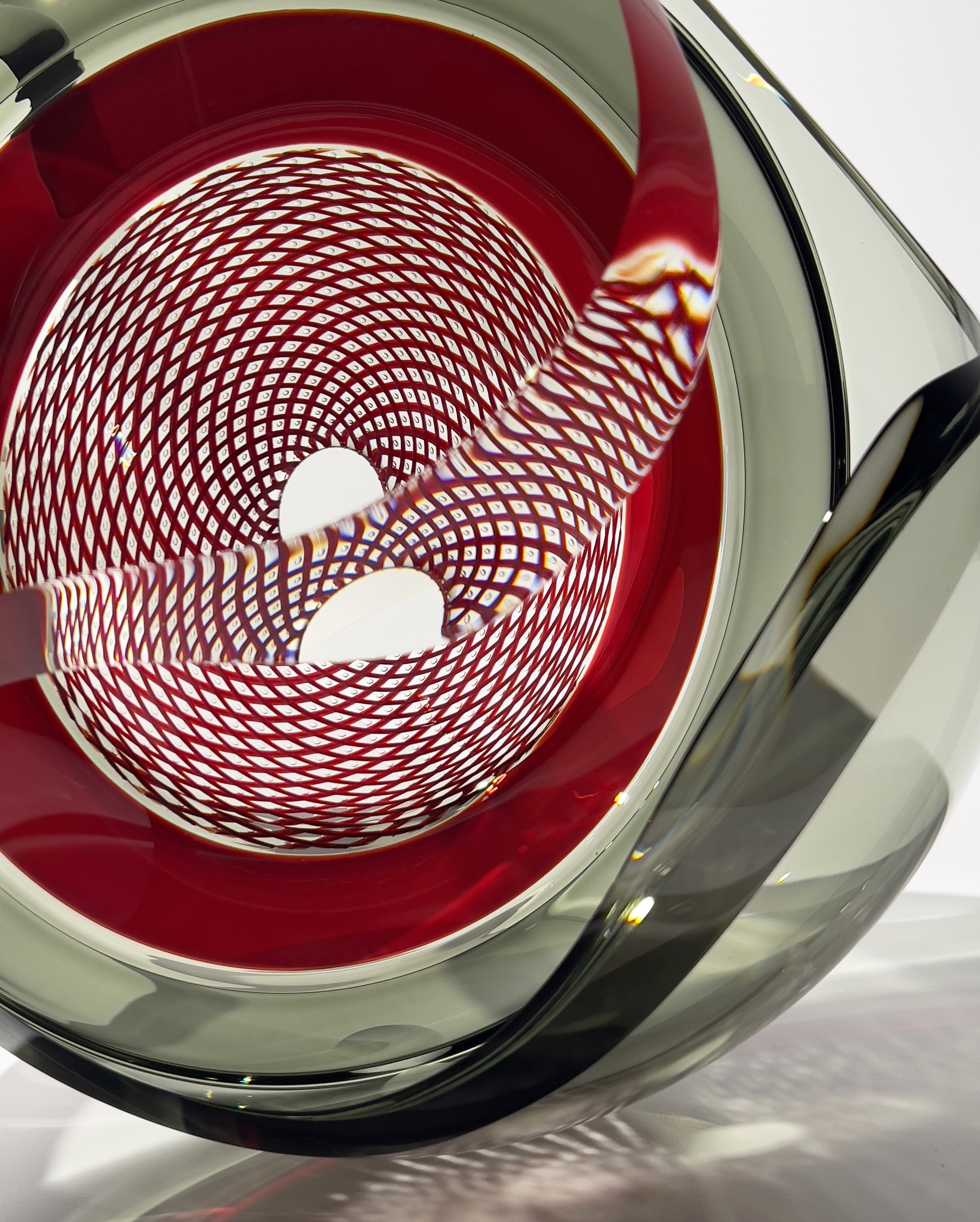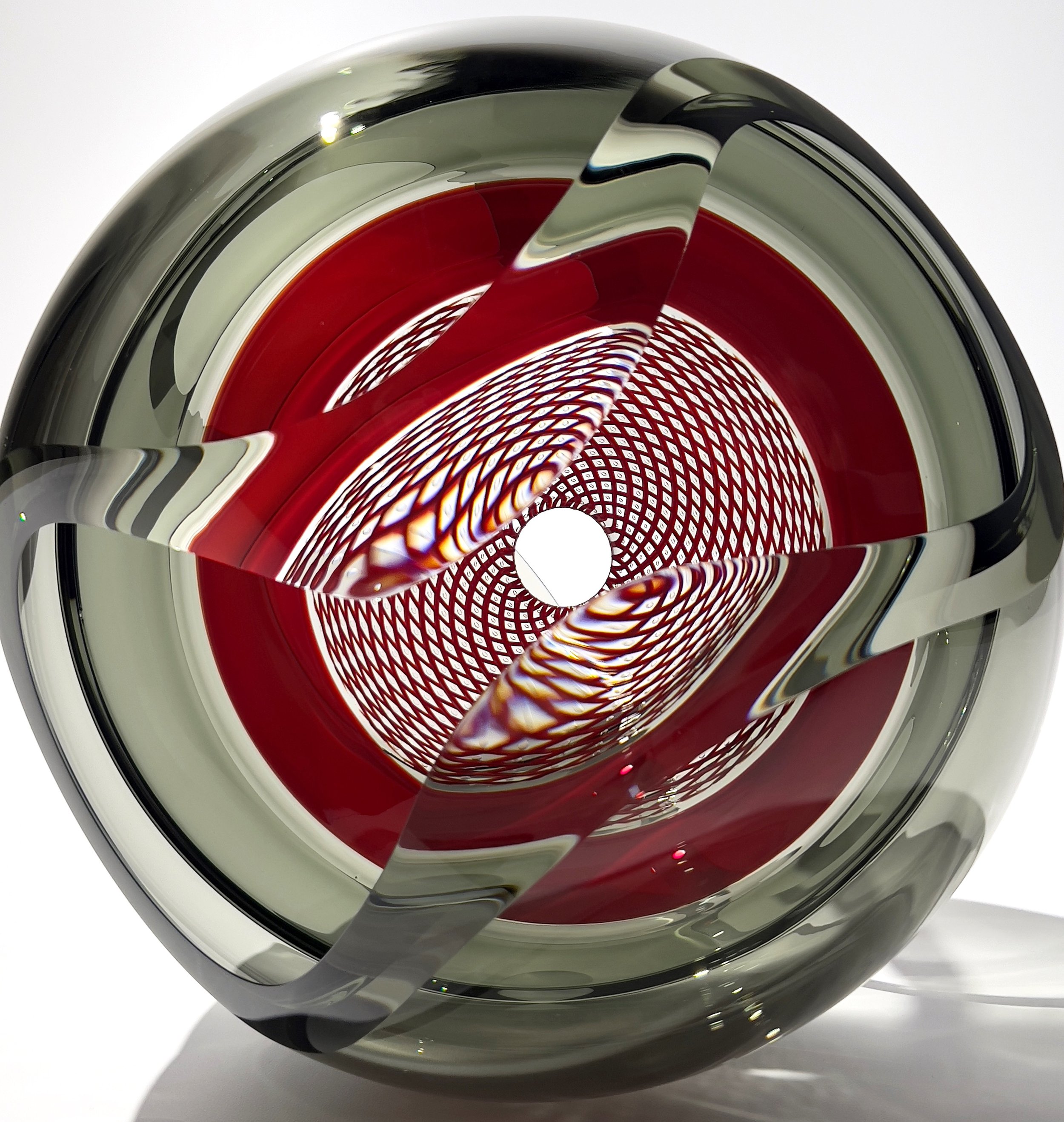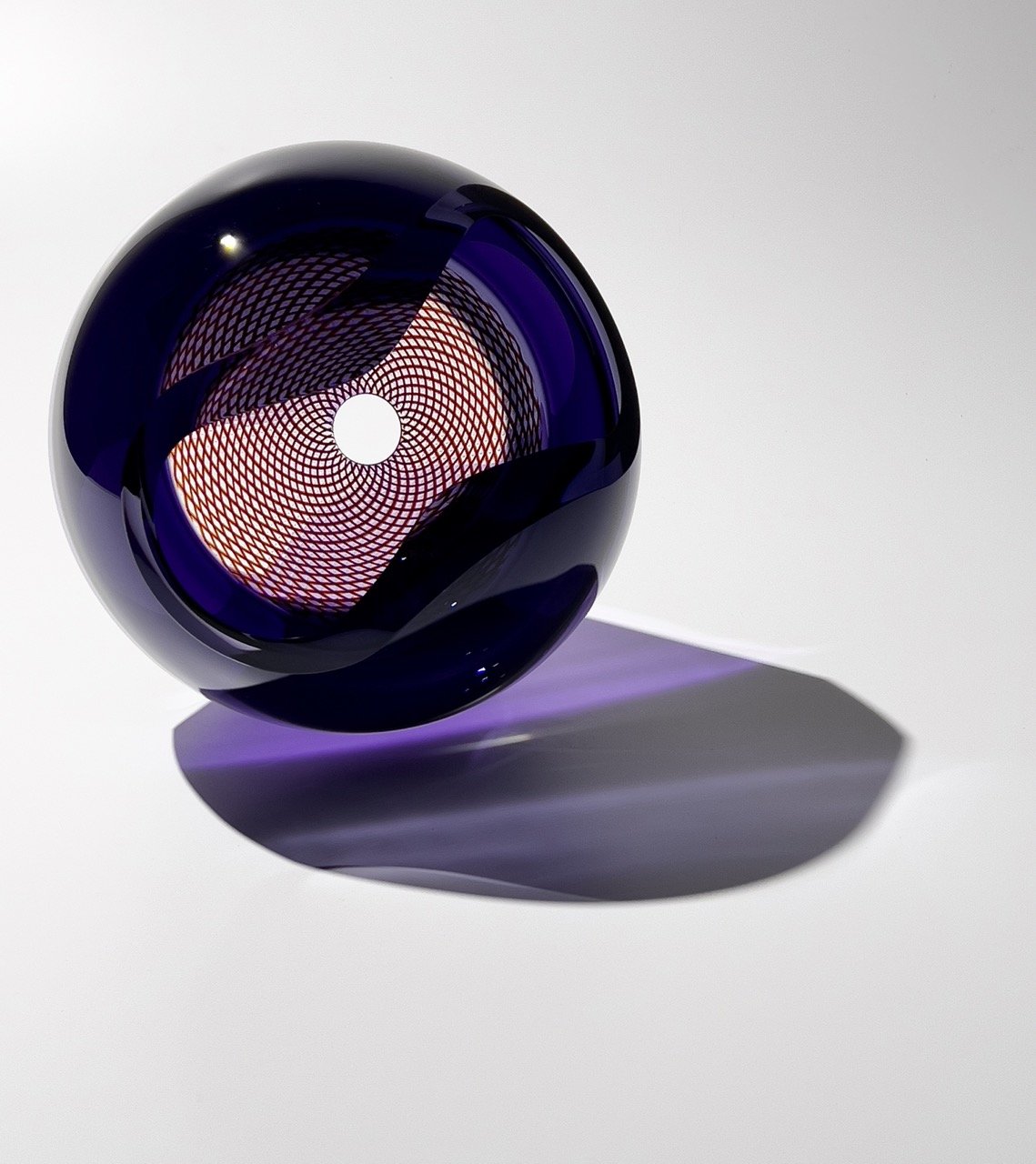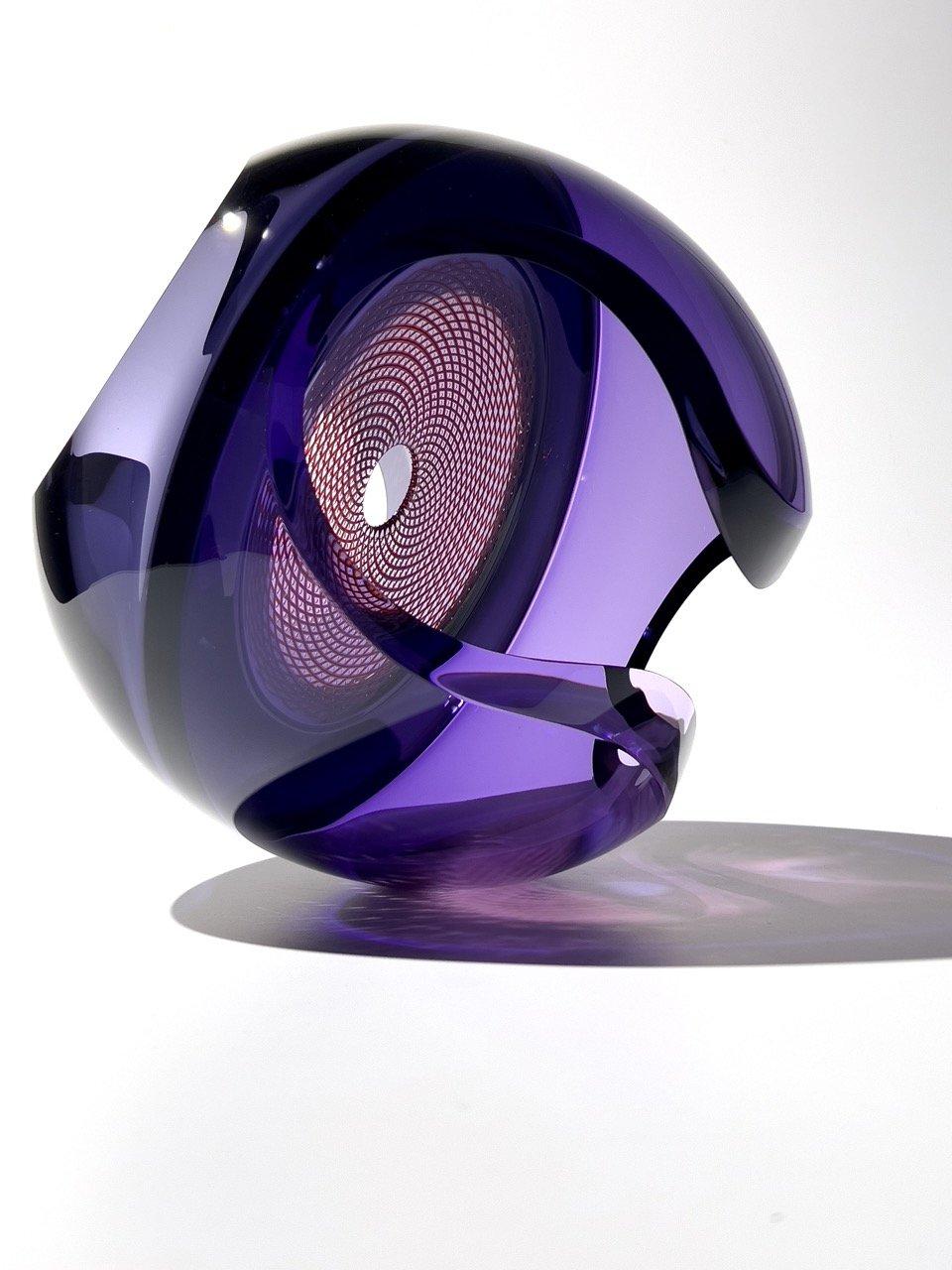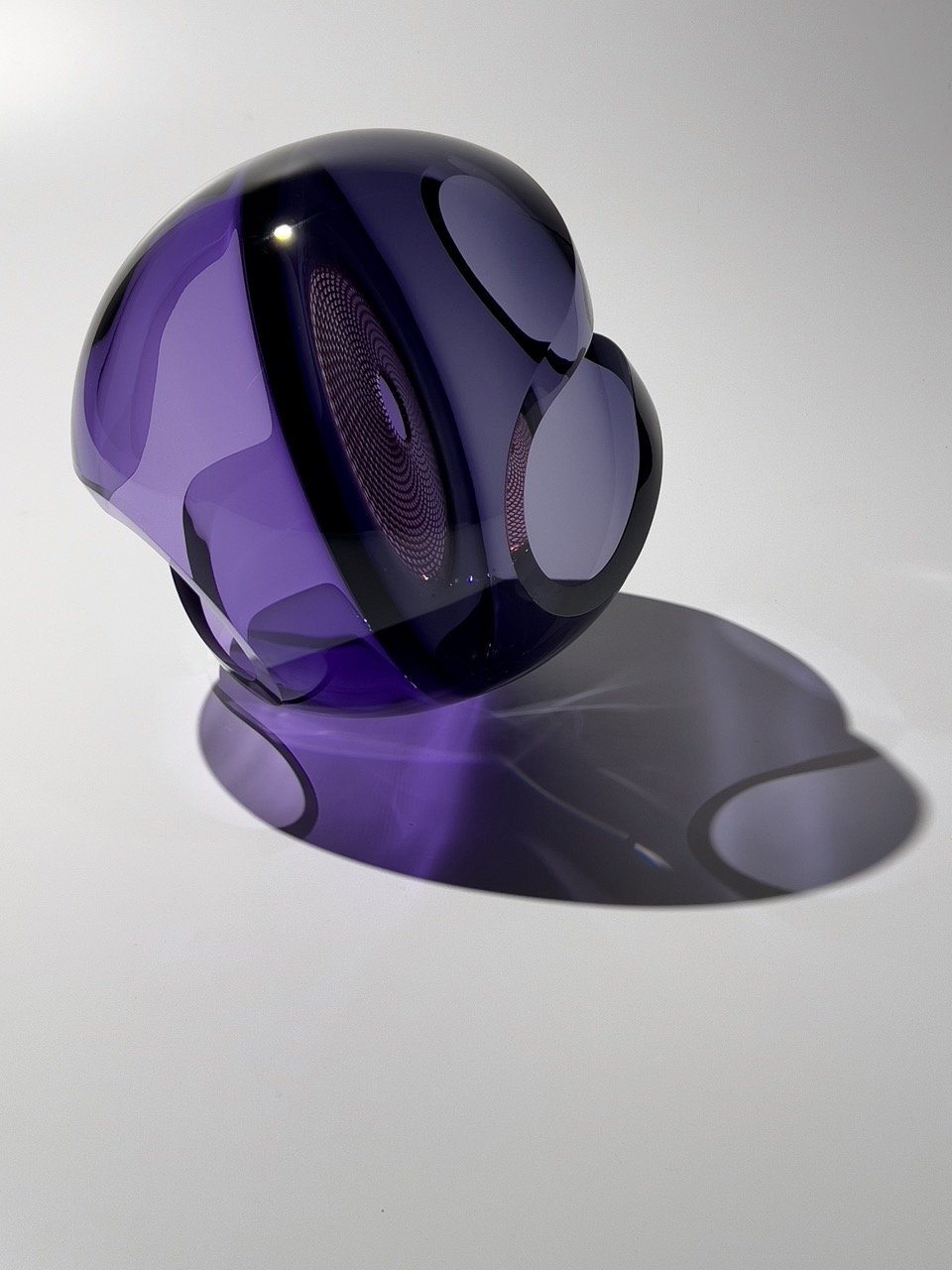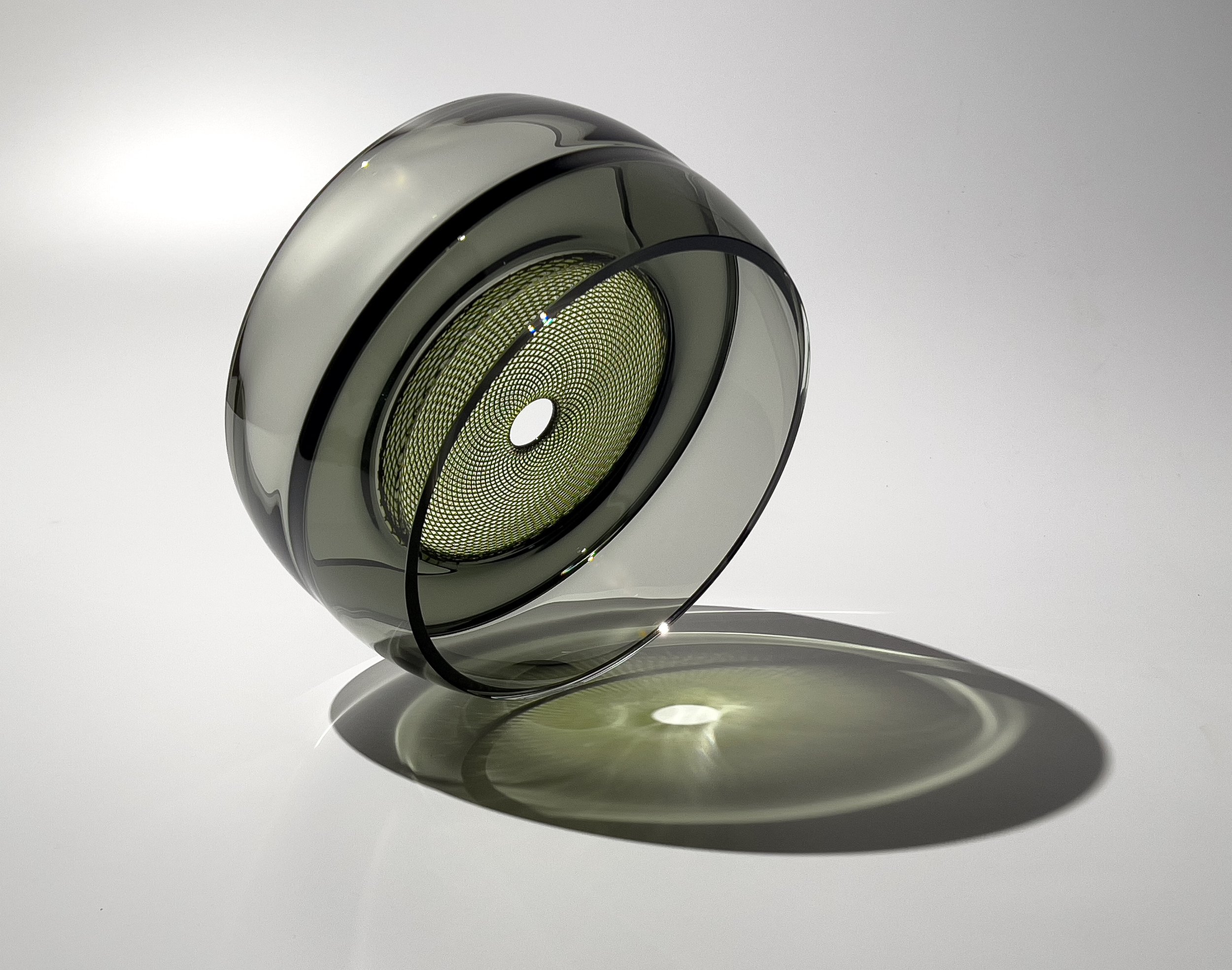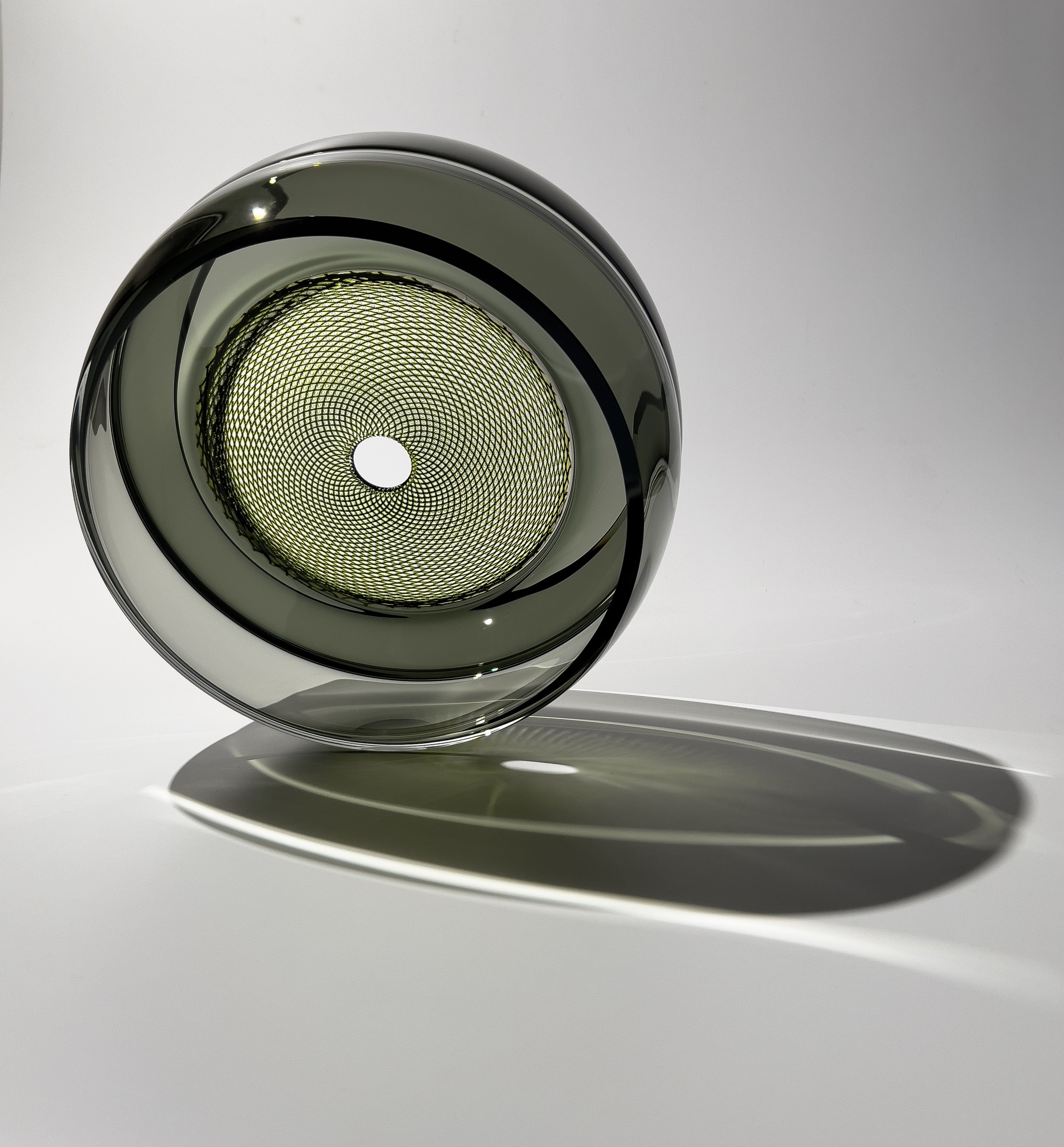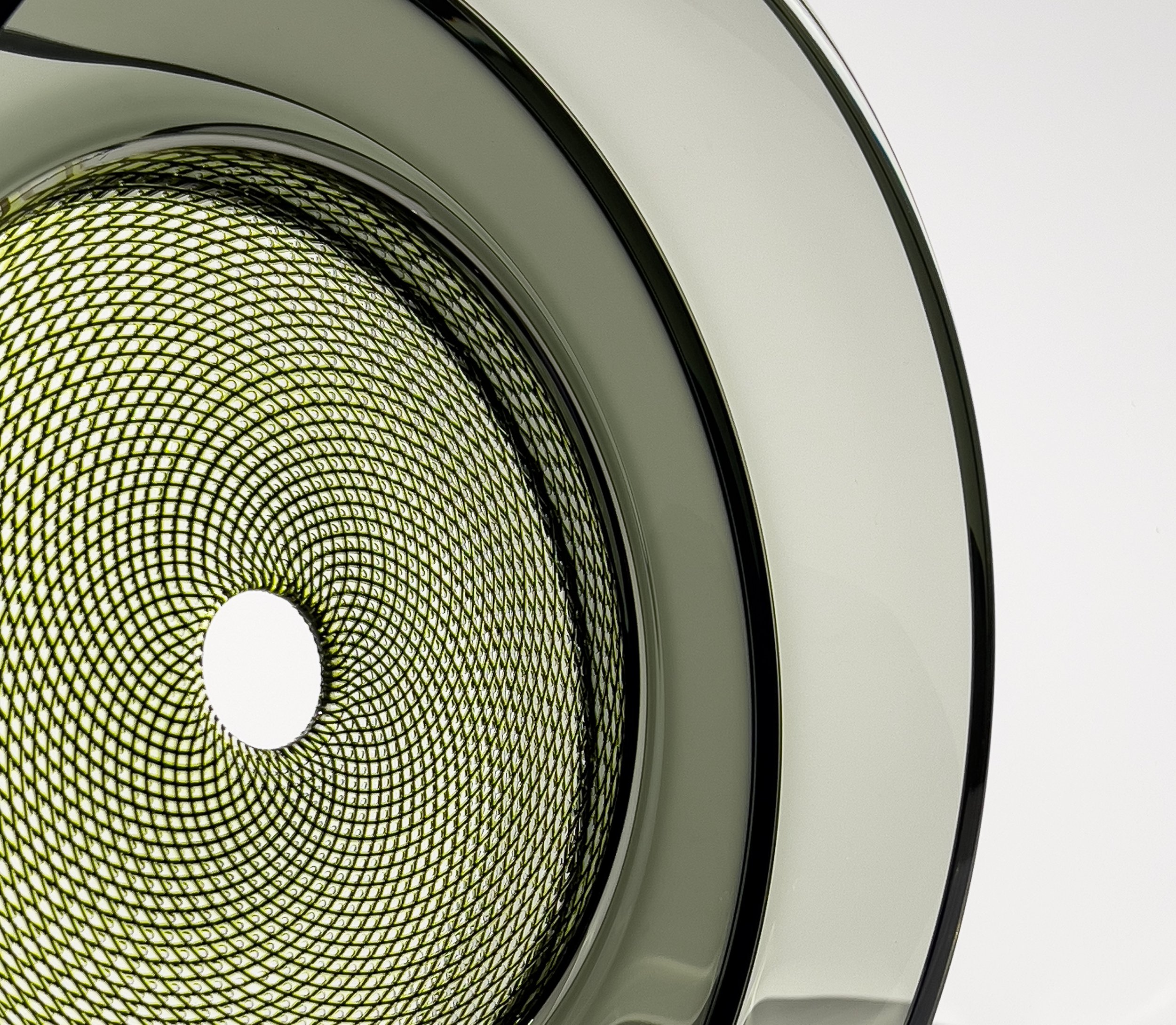This January, as we all miss seeing our friends at the Art Fair in Florida, usually attended with Lino and Lina, we have taken the opportunity to share his most recent works with you in this catalog.
While speaking to Lino recently about the music he listens to while working, he said yes, it does speak to him, and specifically music as it relates to color... it changes the mood.
the essay….
Written by Jeanne Koles
The French art critic Guillaume Apollinaire (1880-1918) coined the term Orphism to describe the musical qualities of the paintings of Sonia and Robert Delaunay. The name references Orpheus, a poet and singer of Greek mythology thought to symbolize the ideal of the mystically inspired artist.
Maestro Lino Tagliapietra is a choreographer in glass whose recent work absolutely sings; the striking colors of his vivacious murrini stretch in dynamic gestures on audacious forms, creating a spectacular visual symphony. Tagliapietra is a master of synesthesia—the confluence of senses in art. In this case, the purely visual creates an auditory response, one by which we can practically hear the colors and shapes.
It is fitting that the universal language to describe musical terms is Italian, the native tongue of an artist who embraces cross-pollination of cultures and whose work is so incredibly expressive. A work like 'Murmansk' is “adagio”—quiet and easy, with colors that evoke the watery environment of this Russian port. As if seen in an aerial photograph, the earthy green and clear blue of 'Murmansk', highlighted in the unusual depression at the top of the vase, undulate like the spectacular fjords for which they are named.
Even the sound of the word Murmansk feels hushed.
Detail of Murmansk.
Works like 'Jalisco' and 'Maracaibo' are “vivace”— exciting and lively with the hot colors, actions, and sounds of Central or South America. 'Jalisco' embraces the entire rainbow of colors in various designs, all culminating in dramatic stripes on the neck. Words like Jalisco and Maracaibo evoke the fiery passion of Mexico and Venezuela just by being spoken. Sound has always been inspiring to Tagliapietra, whose creative process is galvanized as much by hearing a unique word as by witnessing a beautiful place.
The kaleidoscopic exuberance of many recent works by Tagliapietra shows a man with an unparalleled zest for life and creation. 'Florencia' is a smooth and clear canvas for exploration of color—turquoise abuts violet, yellow encases orange, hot pink, royal blue, lime green, and deep red crisscross in varying-shaped murrini.
A set of five miniature 'Fenice' is a thoughtful configuration of related figures and contours, complementary voices in an overall harmony. Negative space between the sculptures creates an infinity of experiences as one moves around the grouping.
In addition to their like forms, color is a thread of connectivity between the distinct elements. Lines of continuity are created as colors seems to extend from one piece to the next, while exciting moments of contrast occur when the colors of one element come in visual contact with the disparate colors of another.
Sometimes the boldness of Tagliapietra comes from melodic juxtaposition of assorted colors, but sometimes it comes from stunning simplicity, like an aria of a single color. The daringly monochromatic 'Cayuga' offers a new perspective on the uniquely sculpted forms he has made in homage to the Finger Lakes of Upstate New York. Instead of feeling limited to water tones in works about this lake region, Tagliapietra introduces an unexpected crimson as the blazing murrine reach an intense crescendo at the mouth of the vessel.
"La Ville de Paris" (1911). Corbis Historical / Getty Images
Of a mural he made of The Three Graces for the 1937 Paris Exposition, Delaunay wrote, “these are based on studies in the transparency of color, whose similarity to musical notes drove me to discover the movement of color.” Tagliapietra similarly believes that musicality in his art specifically depends on the color of the piece, which has a direct relationship to its mood. Tagliapietra’s personal interest in music varies from Beethoven to the Blues, and his artwork can be experienced as an expression of the passion and gusto of masterful musical compositions. He is indeed the Maestro, and his is a visual symphony articulated in an explosion of color. This collection of work by Tagliapietra, mostly executed in 2020, contains an exhilarating spirit of vibrant colors that play a particularly poignant and joyful note in these times of struggle.






